Forums
- Forums
- Axis And Allies Forum
- General Discussion
- Aviation News
Aviation News
Post a reply
- Go to Next topic
- Go to Welcome
- Go to Introduce Yourself
- Go to General Discussion
- Go to Screenshots, Images and Videos
- Go to Off topic
- Go to Works in Progress
- Go to Skinning Tips / Tutorials
- Go to Skin Requests
- Go to IJAAF Library
- Go to Luftwaffe Library
- Go to RAF Library
- Go to USAAF / USN Library
- Go to Misc Library
- Go to The Ops Room
- Go to Made in Germany
- Go to Campaigns and Missions
- Go to Works in Progress
- Go to Juri's Air-Raid Shelter
- Go to Campaigns and Missions
- Go to Works in Progress
- Go to Skinpacks
- Go to External Projects Discussion
- Go to Books & Resources
-
 Main AdminLt. Col. Corey Hermesch from the 149th Fighter Wing, Texas Air National Guard, lands an F-16 Fighting Falcon at ??slav Air Base, Czech Republic, June 15, 2018, to participate in Sky Avenger, a bilateral, close air support exercise that partners military members of the Air National Guard and the Czech air force. For the last 25 years, the Texas Air National Guard has been conducting military-to-military engagements with the Czech Republic as part of the State Partnership Program. (U.S. Air National Guard photo by Tech. Sgt. Mindy Bloem)
Main AdminLt. Col. Corey Hermesch from the 149th Fighter Wing, Texas Air National Guard, lands an F-16 Fighting Falcon at ??slav Air Base, Czech Republic, June 15, 2018, to participate in Sky Avenger, a bilateral, close air support exercise that partners military members of the Air National Guard and the Czech air force. For the last 25 years, the Texas Air National Guard has been conducting military-to-military engagements with the Czech Republic as part of the State Partnership Program. (U.S. Air National Guard photo by Tech. Sgt. Mindy Bloem)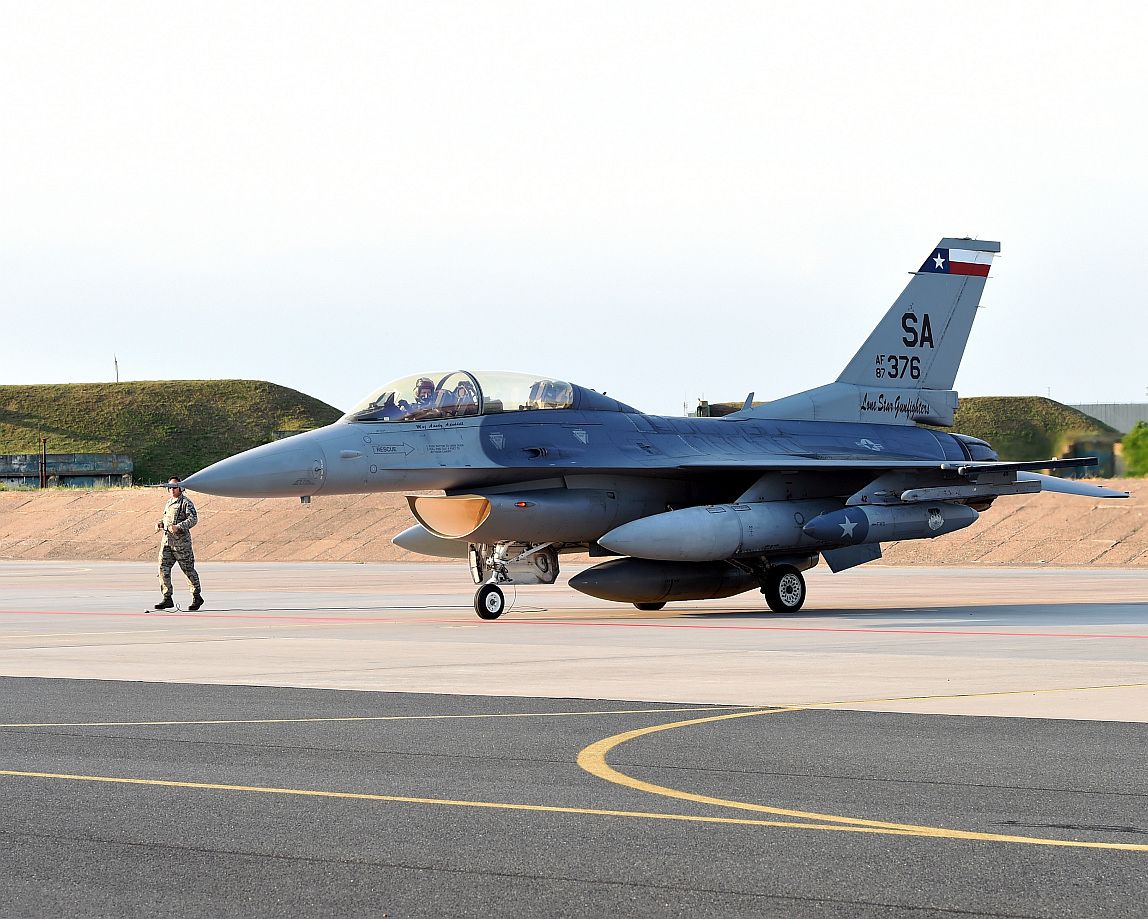
ATLANTIC OCEAN (June 15, 2018) An AV-8B Harrier lands on the flight deck of the amphibious assault ship USS Kearsarge (LHD 3). Kearsarge is underway conducting routine certifications to maintain unit readiness. (U.S. Navy Photo by Mass Communication Specialist 2nd Class Dana D. Legg/Released)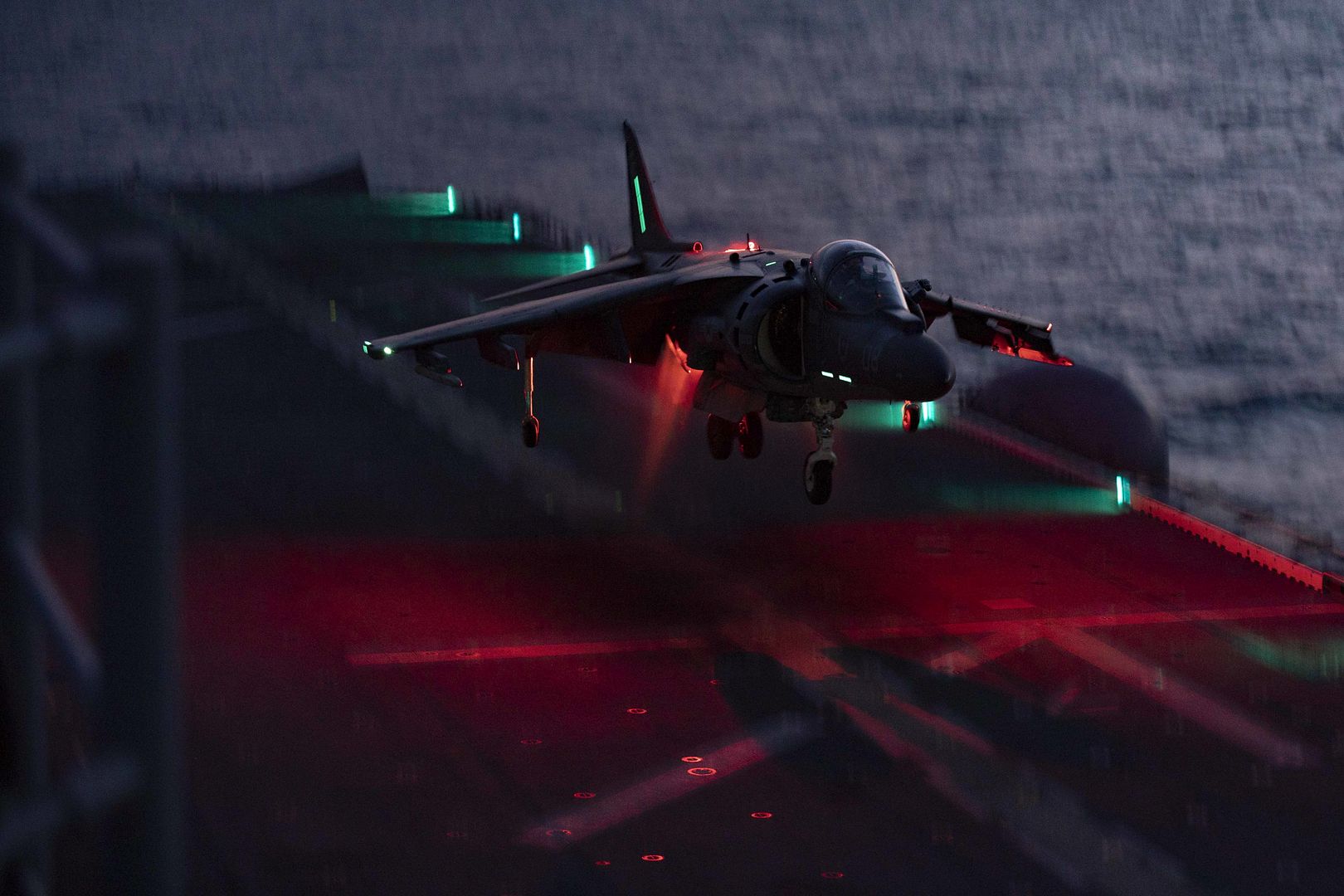
ATLANTIC OCEAN (June 16, 2018) An AV-8B Harrier takes off from the flight deck of the amphibious assault ship USS Kearsarge (LHD 3). Kearsarge is underway conducting routine certifications to maintain unit readiness. (U.S. Navy Photo by Mass Communication Specialist 2nd Class Dana D. Legg/Released)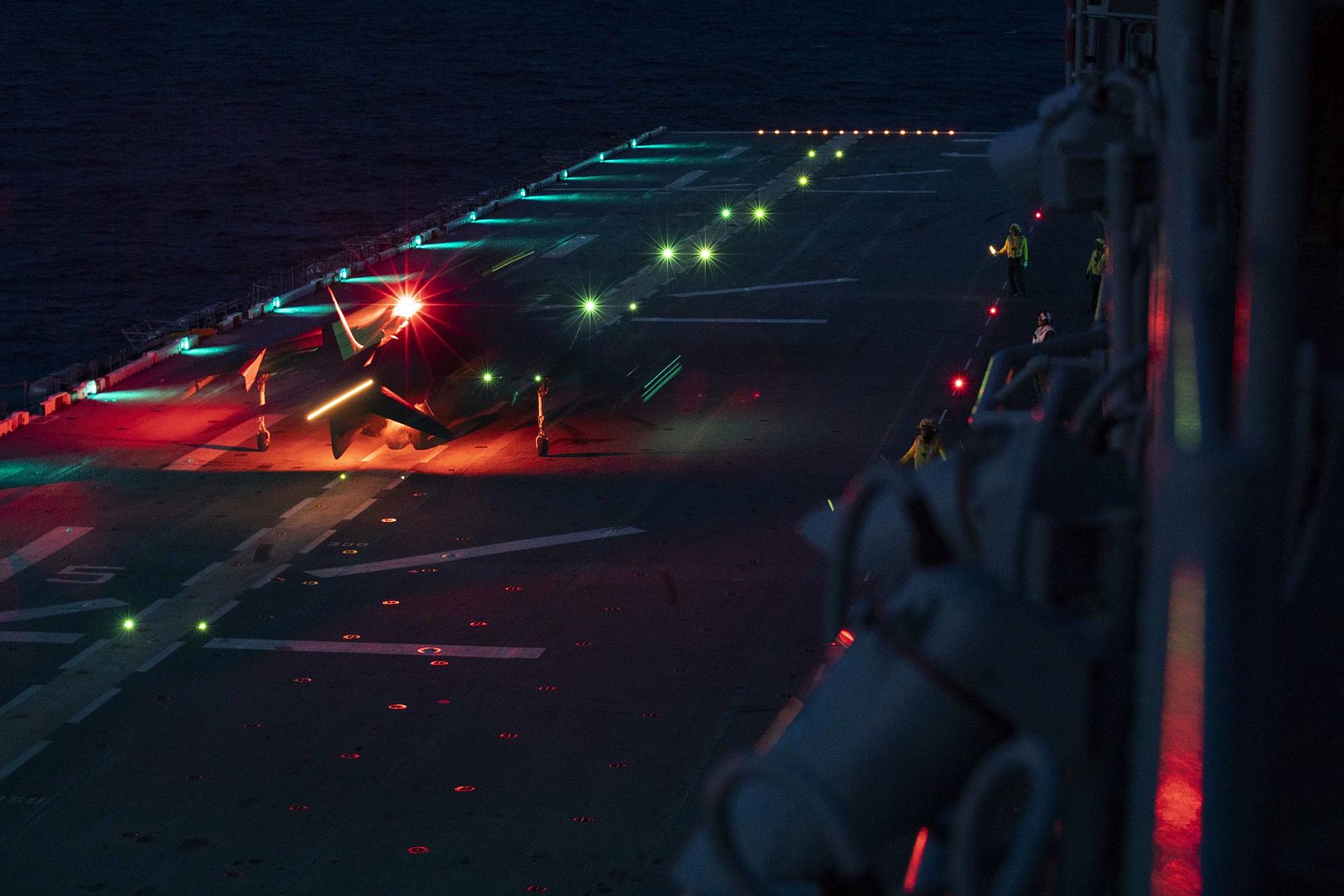
A Polish army Mil Mi-24 helicopter, with 15th Mechanized Brigade, provides aerial support for U.S. Army Soldiers with 1st Squadron, 2nd Cavalry Regiment, during a lethality demonstration for exercise Puma 2 with Battle Group Poland at Bemowo Piskie Training Area, Poland on June 15, 2018 as part of Saber Strike 18. This year's exercise, which runs from June 3-15, tests allies and partners from 19 countries on their ability work together to deter aggression in the region and improve each unit's ability to perform their designated mission. (U.S. Army photo by Spc. Hubert D. Delany III /22nd Mobile Public Affairs Detachment)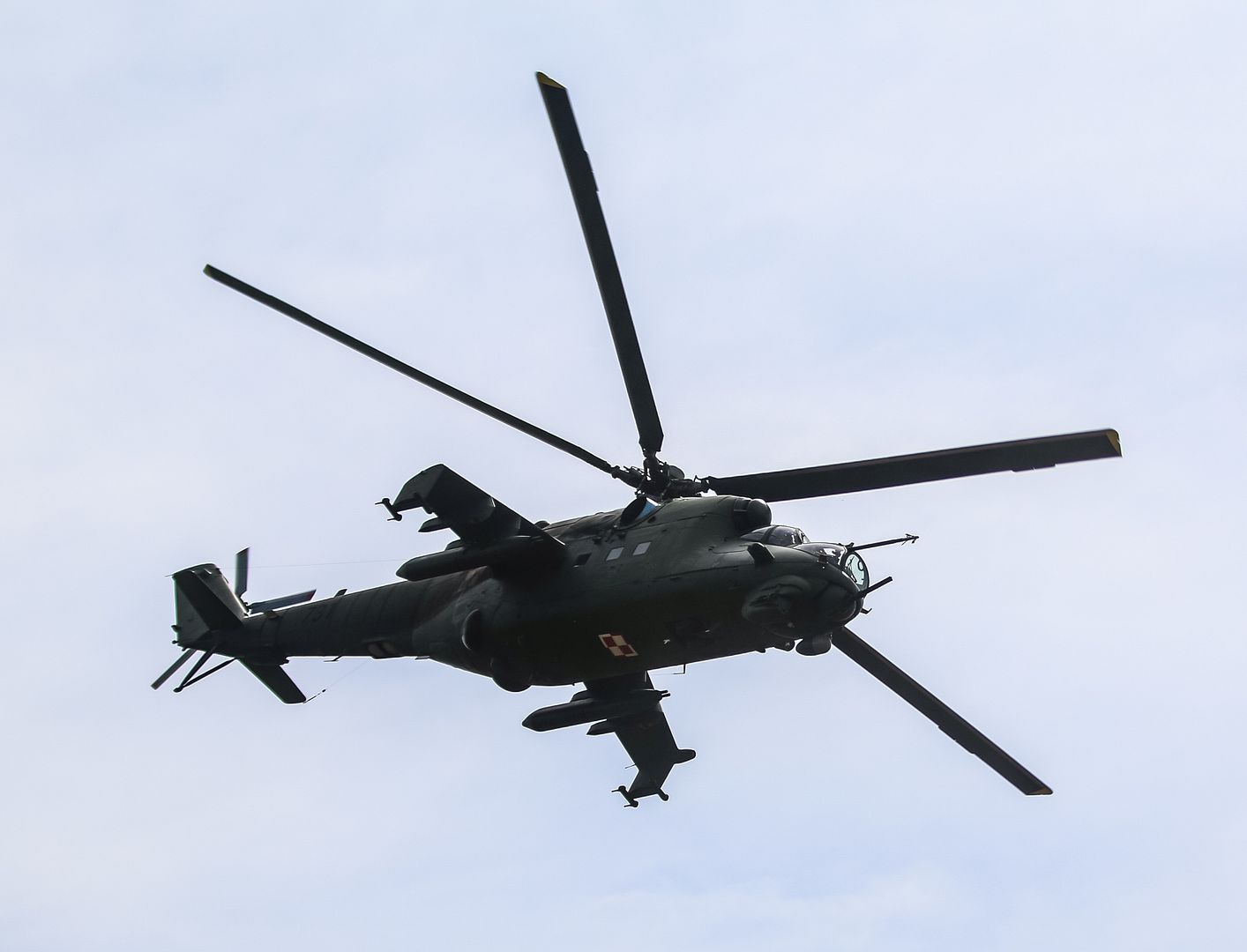
A U.S. Army AH-64 Apache helicopter with Battle Group Poland, provides aerial support for Polish soldiers with 15th Mechanized Brigade, during a lethality demonstration for exercise Puma 2 with Battle Group Poland at Bemowo Piskie Training Area, Poland on June 15, 2018 as part of Saber Strike 18. This year's exercise, which runs from June 3-15, tests allies and partners from 19 countries on their ability work together to deter aggression in the region and improve each unit's ability to perform their designated mission. (U.S. Army photo by Spc. Hubert D. Delany III /22nd Mobile Public Affairs Detachment)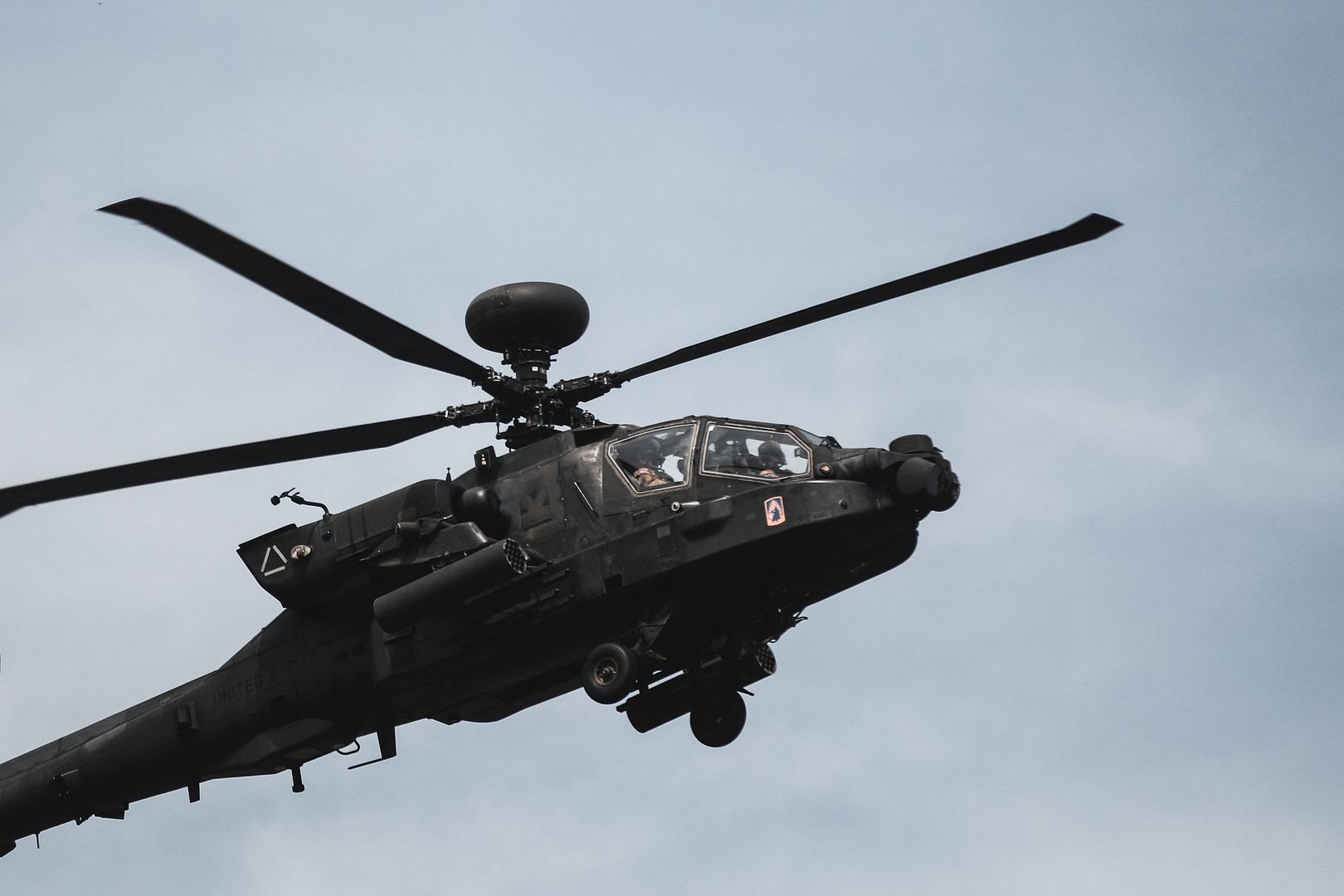
-
 Main AdminA U.S. Navy F/A-18E Super Hornet flies over Iraq in support of Operation Inherent Resolve, June 15, 2018. The Super Hornet, assigned to Carrier Air Wing One (CVW-1), is capable of conducting precision strikes on ISIS targets, highlighting the mobility, flexibility and power projection capability of the U.S. Navy's globally deployed force. (U.S. Air Force Photo by Staff Sgt. Corey Hook)
Main AdminA U.S. Navy F/A-18E Super Hornet flies over Iraq in support of Operation Inherent Resolve, June 15, 2018. The Super Hornet, assigned to Carrier Air Wing One (CVW-1), is capable of conducting precision strikes on ISIS targets, highlighting the mobility, flexibility and power projection capability of the U.S. Navy's globally deployed force. (U.S. Air Force Photo by Staff Sgt. Corey Hook)
MEDITERRANEAN SEA (June 16, 2018) An F/A-18F Super Hornet, assigned to the ?Red Rippers? of Strike Fighter Squadron (VFA) 11, lands aboard the Nimitz-class aircraft carrier USS Harry S. Truman (CVN 75) June 16, 2018. Harry S. Truman is currently deployed as part of an ongoing rotation of U.S. forces supporting maritime security operations in international waters around the globe. (U.S. Navy photo by Mass Communication Specialist 2nd Class Thomas Gooley/Released)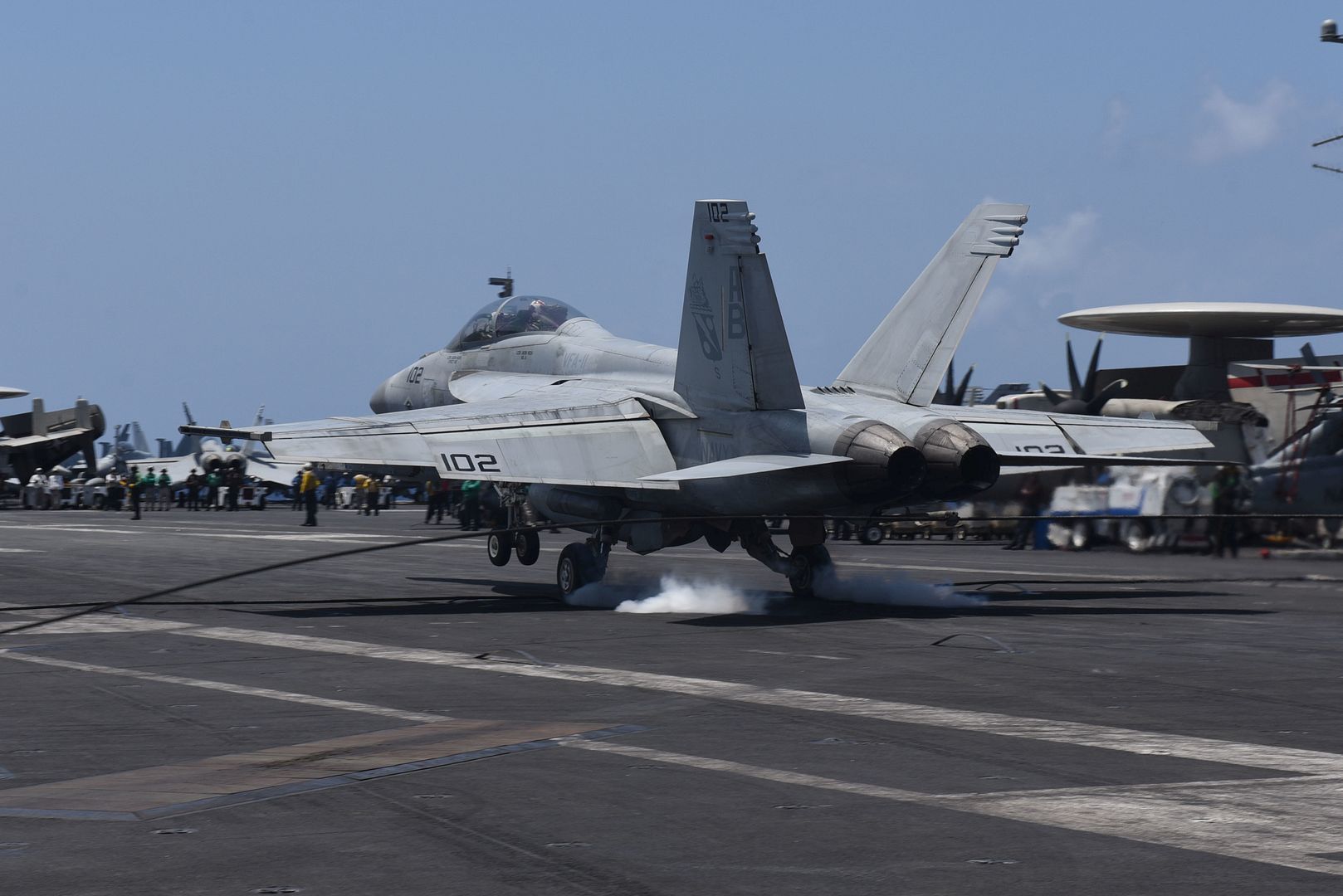
U.S. Air Force Academy cadet Christen Dahl takes off in an F-15D eagle for her familiarization flight with the 493rd Fighter Squadron at Royal Air Force Lakenheath, England, June 13. The program ?Operation Air Force,? sends cadets all over the world as a way to get a feel of active duty life. (U.S. Air Force photo/ Senior Airman Malcolm Mayfield)
Marignane, Hong Kong based Government Flying Service (GFS) has received three H175s in public services configuration, becoming the world?s first operator of this new variant which enlarges the H175 mission capacity to search and rescue (SAR), emergency medical services, law enforcement, firefighting as well as land and maritime border control operations.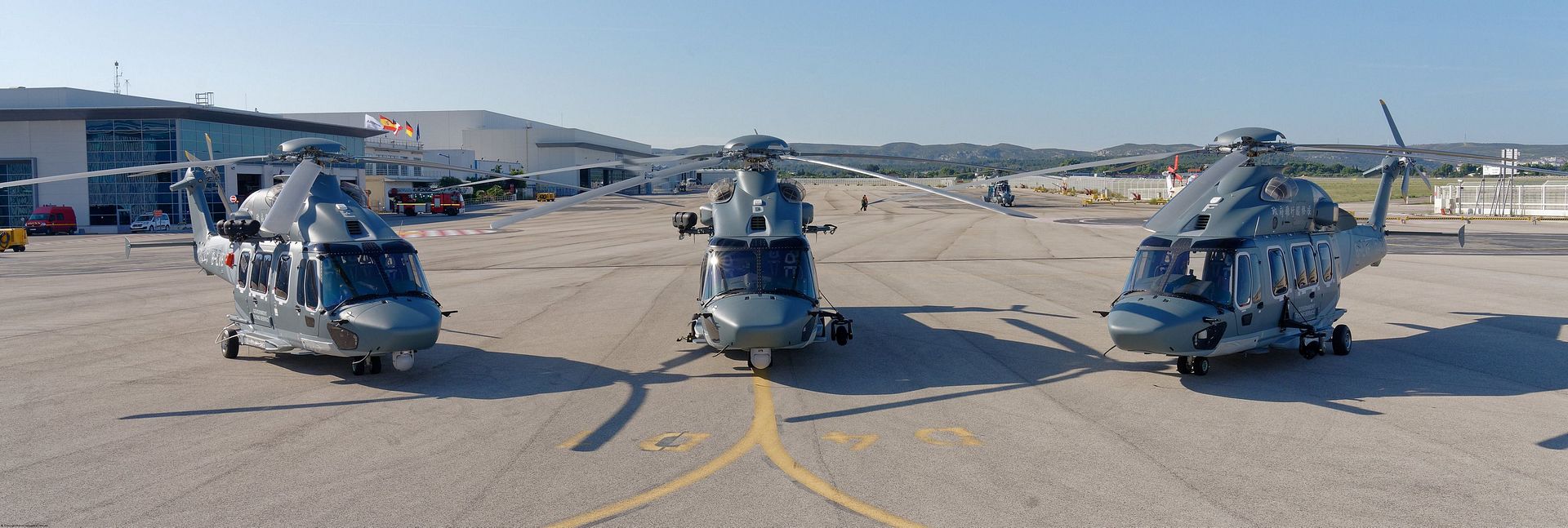
In 2015, GFS became the launch customer of the H175 in public services version with an order for seven helicopters. The four remaining helicopters will be delivered before the end of the year.
?The Government Flying Service has been very involved in the development of this new H175 version and it is a great honor to be here today to receive the first three aircraft?, said Michael Chan, Controller Head of GFS. ?Thanks to the H175?s speed, advanced technology and versatility we will not only be able to strengthen our response capability but also be able to intervene in the most complex situations and in a large variety of scenarios.?
GFS?s new H175 will progressively replace their current fleet of AS332 L2 and H155, which currently provide 24-hour emergency support services from their base at Chek Lap Kok Airport.
?I am grateful to GFS for their constant support and I am committed to ensuring that the H175 will fulfil their most demanding operations? said Bruno Even, Airbus Helicopters CEO. ?We are very honoured to have the confidence of a world-renowned public service and SAR operator and longstanding customer to introduce this latest version of the H175 into service. With 23 aircraft currently in operation worldwide, the H175 keeps delivering on its promises in terms of performance, range and cabin comfort for oil & gas, private and public services customers?.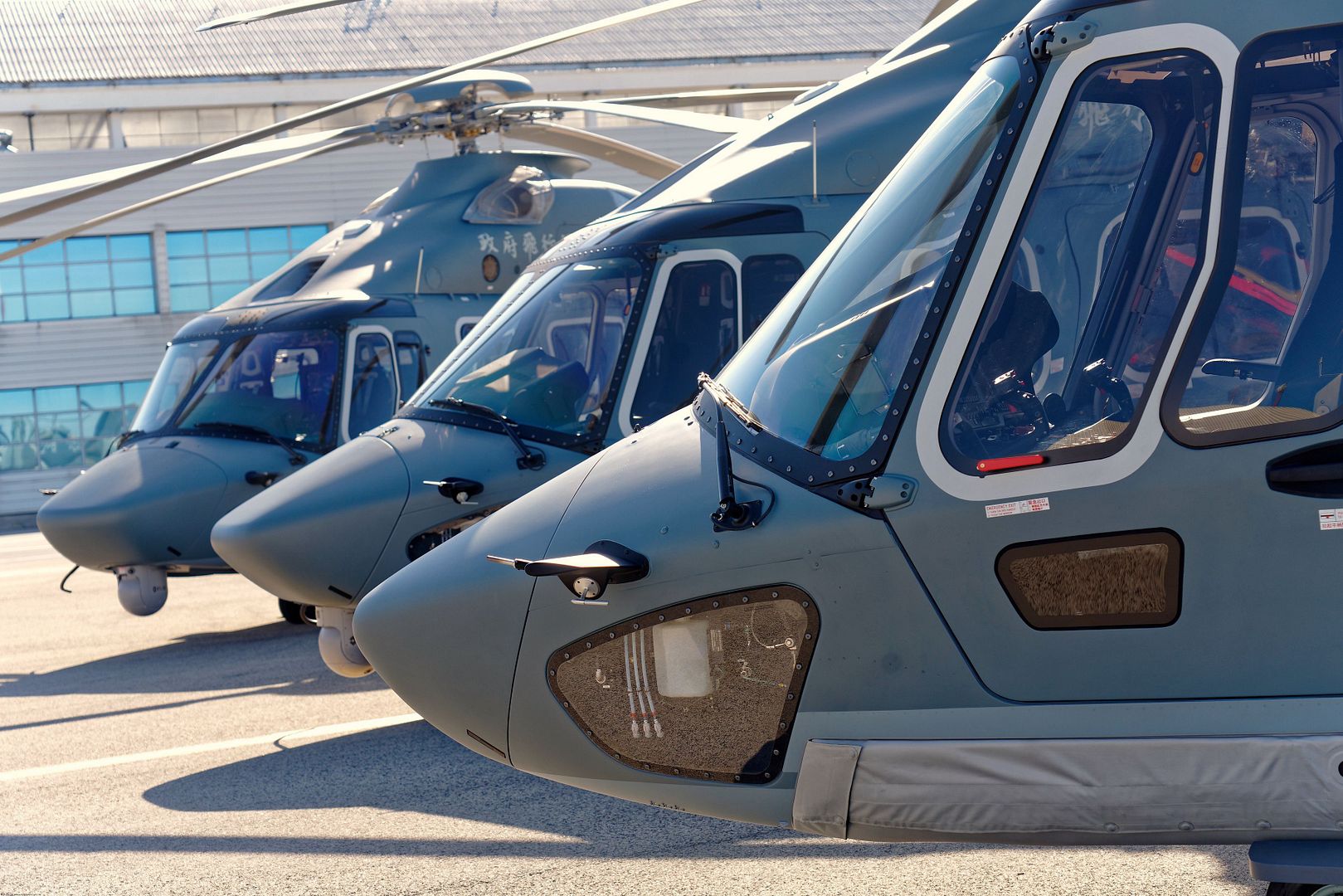
The public service version of the H175 benefits from more than twenty cabin configurations which can be easily re-configured based on mission requirements. The great versatility of the aircraft is backed by approximately seventy different types of optional equipment which include an electro-optical system for observation and tracking and a digital map display, both of being managed by an operator?s console installed in the cabin. Mission equipment also includes a dual hoist, a search light, an infrared camera, as well as a radioactivity detector, which is a GFS-specific equipment.
The H175 benefits from the latest developments of Airbus Helicopters? state-of-the-art Helionix avionics suite, which bolsters the helicopter?s search and rescue capabilities with advanced SAR modes, allowing for instance the aircraft to hover automatically above moving vessels.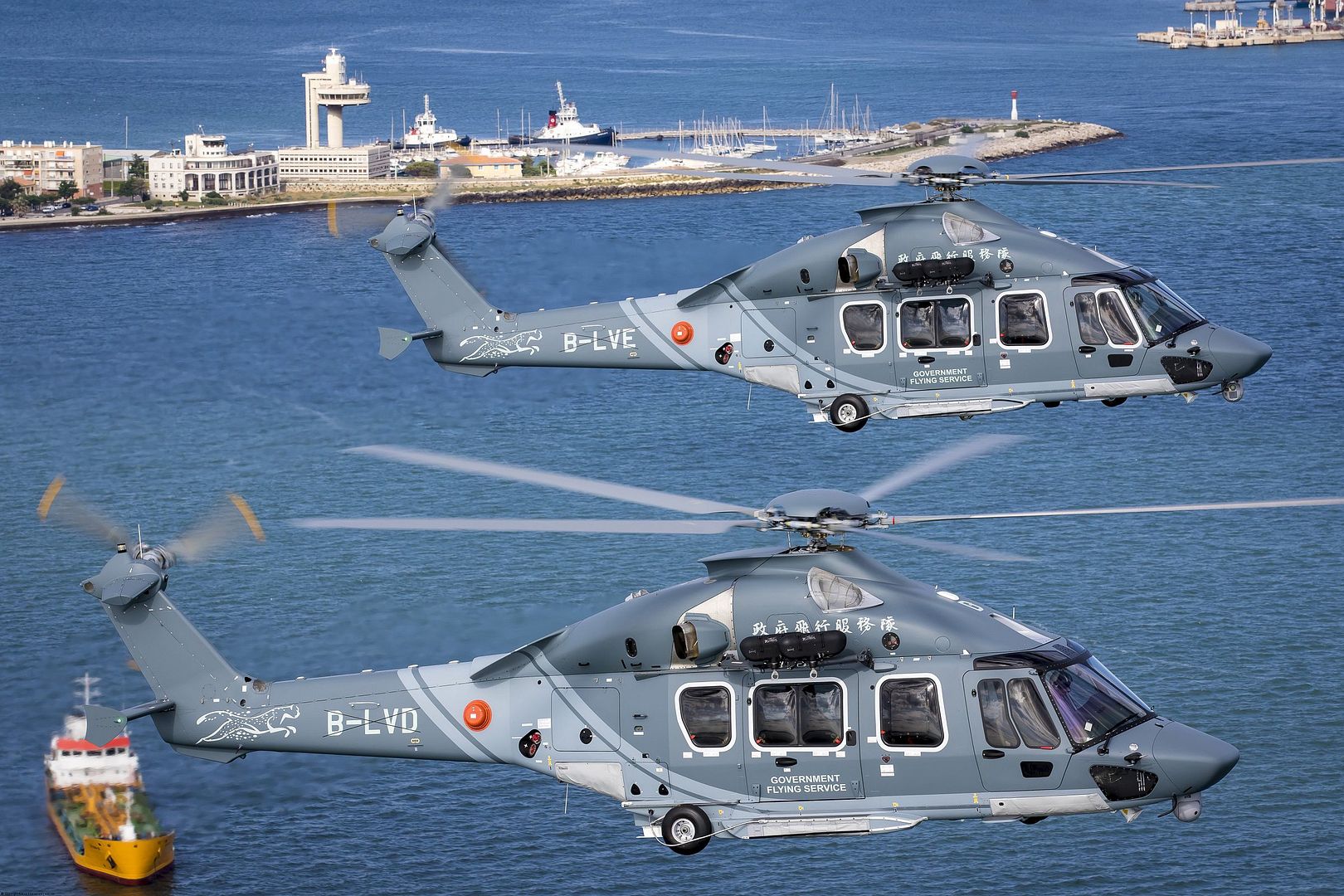
Flying over European Airbus sites and visiting 15 cities worldwide to test aircraft readiness for airline operations
The A330neo, Airbus? newest widebody aircraft, has embarked on a worldwide tour to demonstrate its readiness for airline operations. As a final step in the aircraft certification phase, these function and reliability tests, also known as route proving, will include ETOPS (Extended-range Twin-engine Operational Performance Standards) missions, landing at diversion airports and testing airport handling services. After a fly-past over Airbus? European sites, the A330neo will head for 15 major airports worldwide over five continents, aiming at achieving 150 flight test hours in three trips.
The route proving tests are performed with the first A330-900 production aircraft, fully equipped with an Airspace by Airbus cabin and flying in launch operator Tap Air Portugal?s colours. The aircraft first flew on 15 May 2018, launching flight tests to check cabin systems such as air conditioning.
The route proving tests form part of the final trials required for aircraft Type Certification scheduled for summer 2018.
Today, two A330-900 flight test aircraft and the TAP customer aircraft are involved in the intensive flight test programme, which will reach 1,000 flight hours during the tour of the Airbus plants.
Launched in July 2014, the A330neo Family is the new generation A330, comprising two versions: the A330-800 and A330-900 sharing 99 percent commonality. It builds on the proven economics, versatility and reliability of the A330 Family, while reducing fuel consumption by about 25 percent per seat versus previous generation competitors and increasing range by up to 1,500 nm compared to the majority of A330s in operation. The A330neo is powered by Rolls-Royce?s latest-generation Trent 7000 engines and features a new wing with increased span and new A350 XWB-inspired Sharklets. The cabin provides the comfort of the new Airspace amenities.
-
 Main AdminAn Apache helicopter assigned to Task Force Viper, 1st Attack Reconnaissance Battalion, 12th Combat Aviation Brigade, sit at Zagan Poland Training Area, June 18, 2018. (U.S. Army photo by Charles Rosemond)
Main AdminAn Apache helicopter assigned to Task Force Viper, 1st Attack Reconnaissance Battalion, 12th Combat Aviation Brigade, sit at Zagan Poland Training Area, June 18, 2018. (U.S. Army photo by Charles Rosemond)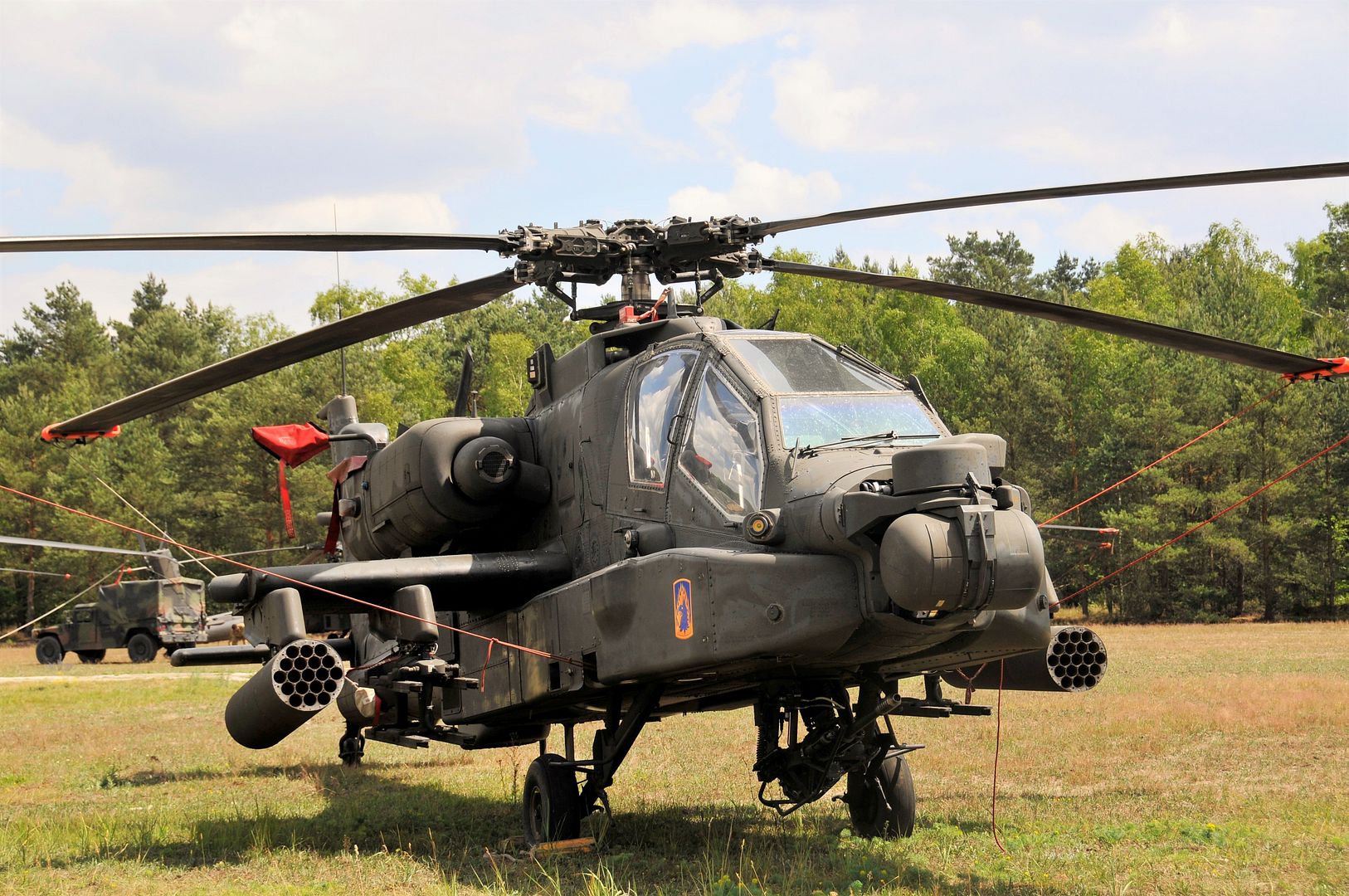
Pensacola, Florida (June 18, 2018)? The U.S. Navy flight demonstration squadron, the Blue Angels, perform the Pitch Up Break upon returning home to Pensacola. The Blue Angels are scheduled to perform more than 60 demonstrations at more than 30 locations across the U.S. and Canada in 2018. The Blue Angels are scheduled to perform more than 60 demonstrations at more than 30 locations across the U.S. and Canada in 2018. (U.S. Navy photo by Mass Communication Specialist 2nd Class Timothy Schumaker/Released)
HILL AIR FORCE BASE, Utah -- What do you do with airplanes that were built in the early 1960s and are planned to be flying well past their 70th birthday? You give them a structural makeover that will provide the strength and longevity to go the distance.
Designed in the 1950s, the T-38 Talon is a tandem, two-seat aircraft that became the world?s first and most produced supersonic trainer with over 1,100 being built and, thus far, trained an estimated 72,000 pilots from the U.S. Air Force, foreign nations and NASA, that have affectionately nicknamed it ?white rocket? due to its thrust-to-weight ratio.
Since entering flying service, each active aircraft has received structural, avionic and propulsion upgrades that have kept them up-to-date and have allowed many airframes to accumulate as many as 20,000 hours of high-G supersonic flight.
With its replacement still to be chosen and the only advanced supersonic trainer available, it has once again become necessary to extend each airframes service life and to that answer is the 575th Aircraft Maintenance Squadron, the only geographically-separated aircraft maintenance, stand-alone squadron within Air Force Materiel Command.
Located at Joint Base San Antonio-Randolph Air Force Base, Texas, the 575th AMXS T-38 Talon depot maintenance team has been providing current upgrade modifications known as Pacer Classic III since 2015 and have to date successfully completed them on 40 aircraft.
The PCIII modification package is more extensive than any previous T-38 depot overhaul, inspection and repair and are scheduled to take approximately 9,700 hours with a goal of completing each aircraft in 240 days, which is down from 600 days that each of the first two aircraft required for completion.
?We are replacing 185 separate primary structures such as longerons, bulkheads, skins and former assemblies; inspecting and assessing the life of a 155 additional components, and repairing or replacing hundreds of other parts,? said Joe Lopez, 575th AMXS director.
To maximize work efficiency, the 575th has relentlessly sought process improvements and speed through implementation of the Air Force Sustainment Center?s Art of the Possible, or AoP, constraint management methodology. This ensured all operations were completed in a safe and timely manner and allowed the squadron to reach full-rate production of 18 PCIII aircraft per year in fiscal year 2017 while simultaneously closing out four smaller modification programs.
To begin the modifications, each aircraft has paint stripped from designated areas on the fuselage, which gives the aircraft what looks like tiger stripes. After the paint is stripped, the canopies and ejection seats are removed, and the wing and tail assemblies are separated from the fuselage. The wings and more than 600 removed parts are then stored in an 8,500 square foot warehouse that was once the base fitness center.
Using AoP visual monitoring metrics, the squadron was able to quickly identify a constraint in the accounting and organization of the many removed parts. This was one the largest issues impacting the production machine goal of 240 flow days. Parts that were initially removed from each aircraft were being packed in crates and stored in a manner that made it difficult to track and locate when needed.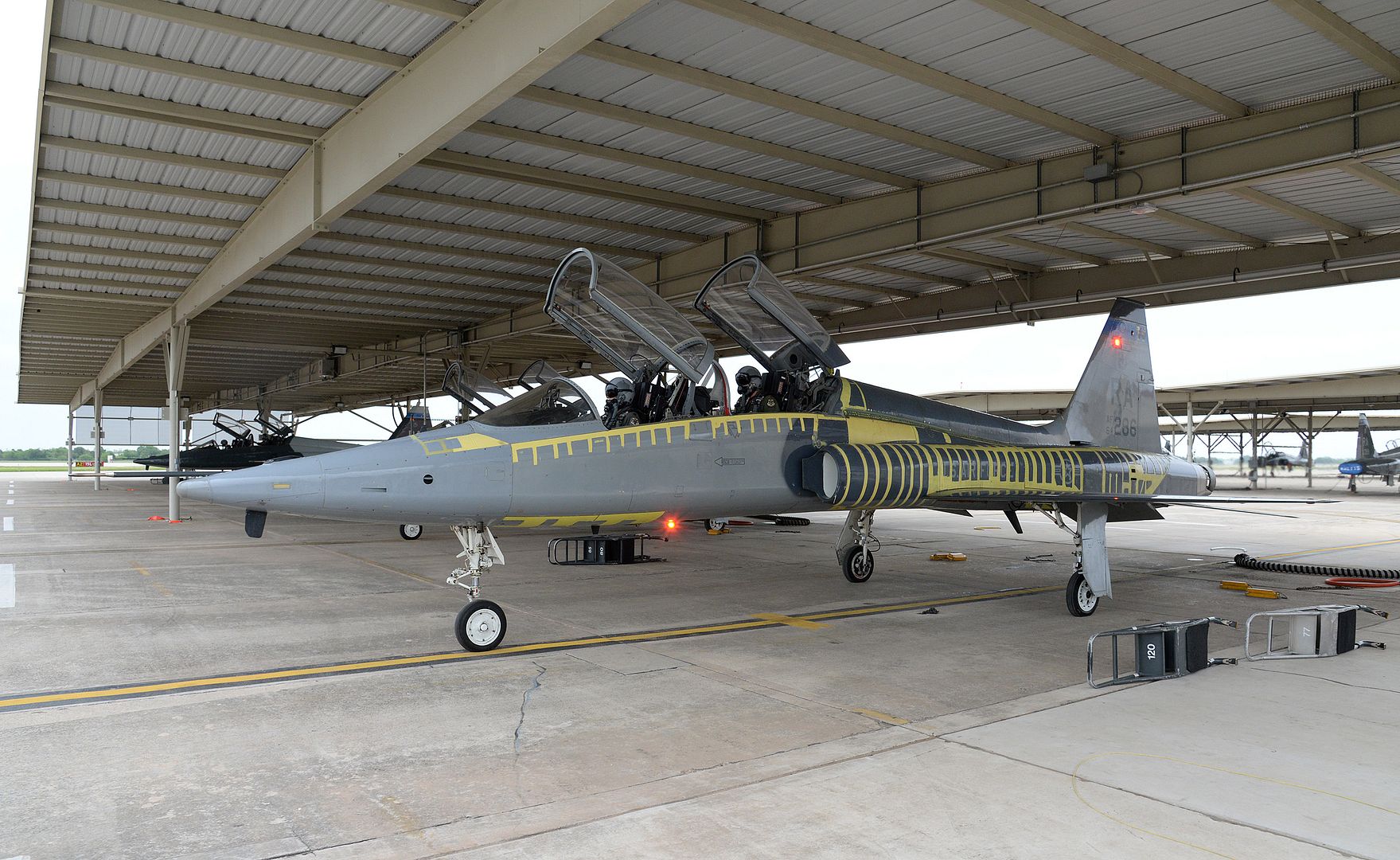
With the installation of an advanced ACTIVRAC 16 high-density mobile storage shelving system along with non-movable permanent shelves, crate retrieval that once took multiple man hours to locate and retrieve now only takes one person as little as five minutes.
Today, the squadron is in full-rate PCIII production and is managing the T-38 Talon production schedule in a manner that allows for the completion of an aircraft roughly every 23 days which is putting aircraft back in the hands of the pilots and students that rely on them for maintaining their flying training program.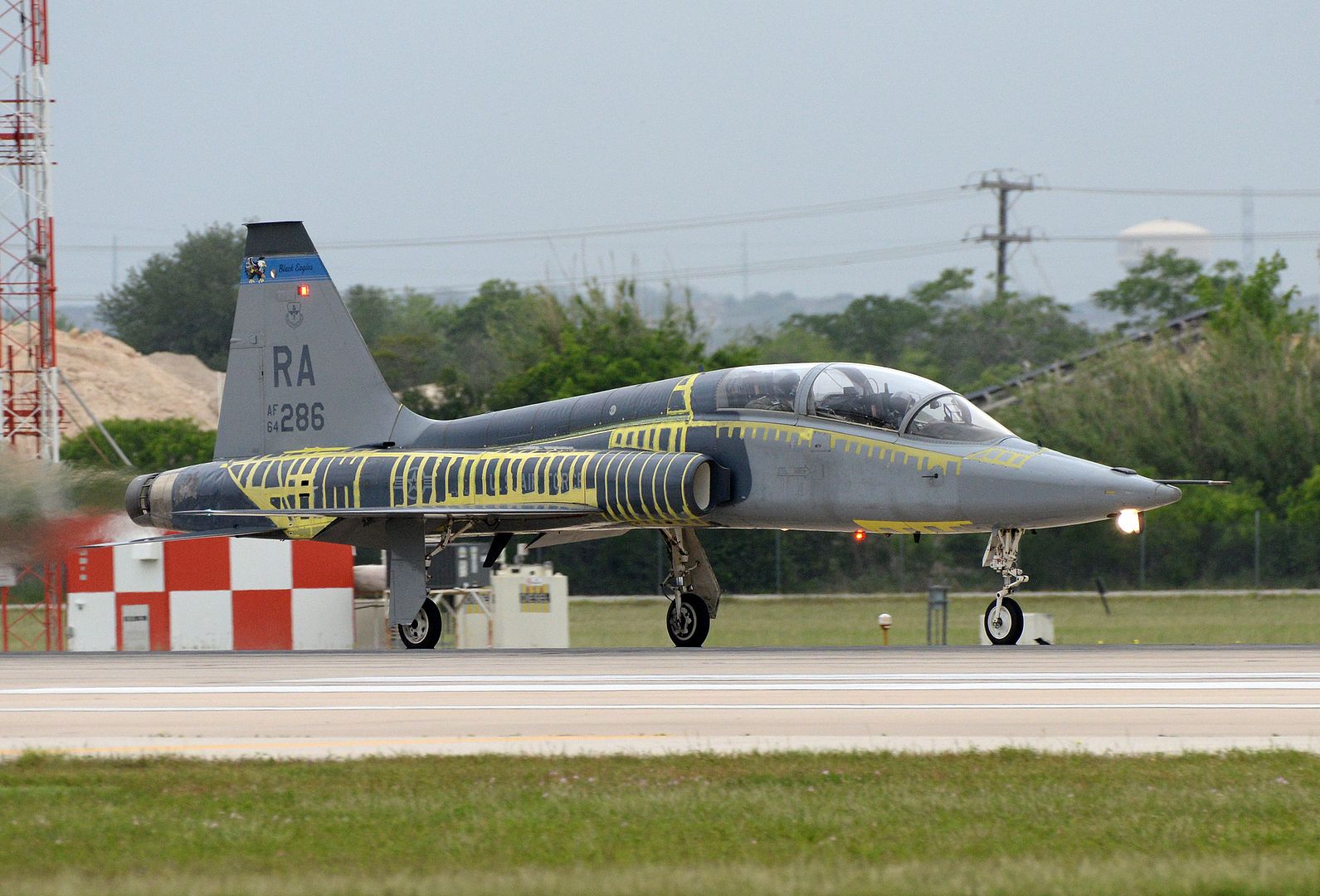
SEATTLE, June 19, 2018 /PRNewswire/ -- Boeing [NYSE: BA] and Jet Airways today celebrated the delivery of the airline's first 737 MAX airplane. Jet Airways will be first Indian carrier to fly the new and improved 737 airplane, which delivers a double-digit improvement in fuel efficiency and improved passenger comfort.
First delivery of 737 MAX to Jet Airways.
"The new 737 MAX is a critical element to our future growth strategy and we are proud to become the first airline in India to introduce this brand new airplane to our customers," said Naresh Goyal, Chairman of Jet Airways. "The 737 has been the backbone of our dynamic fleet for many years and we are excited to leverage the superior capabilities of the new 737 MAX. The improved economics and efficiency as well as the passenger pleasing features of the MAX will enable us to strengthen our position as India's premier airline."
This delivery marks the first of 150 737 MAX airplanes the Mumbai-based airline has on order with Boeing, following two separate orders for 75 jets placed in 2015 and earlier this year.
"This milestone delivery adds yet another chapter in our long and successful relationship with Jet Airways," said Dinesh Keskar, senior vice president, Asia Pacific and India Sales, Boeing Commercial Airplanes. "Jet Airways continues to demonstrate their leadership in a highly competitive market and I am confident that these new 737 MAX airplanes will enable the airline to successfully achieve long-term growth going forward."
Jet Airways is India's second-largest airline with a fleet of nearly 120 airplanes serving more than 60 destinations across 15 countries across Asia, Europe, North America and elsewhere.
The 737 MAX is the fastest-selling airplane in Boeing history, accumulating more than 4,500 orders from 99 customers worldwide.
The family of airplanes is powered by CFM International LEAP-1B engines, and includes design updates such as Boeing's Advanced Technology winglet that will result in less drag and optimize performance, especially on longer-range missions. Together, these improvements reduce fuel use and CO2 emissions by at least 14 percent compared to today's Next-Generation 737s ? and by 20 percent more than the single-aisle airplanes they replace.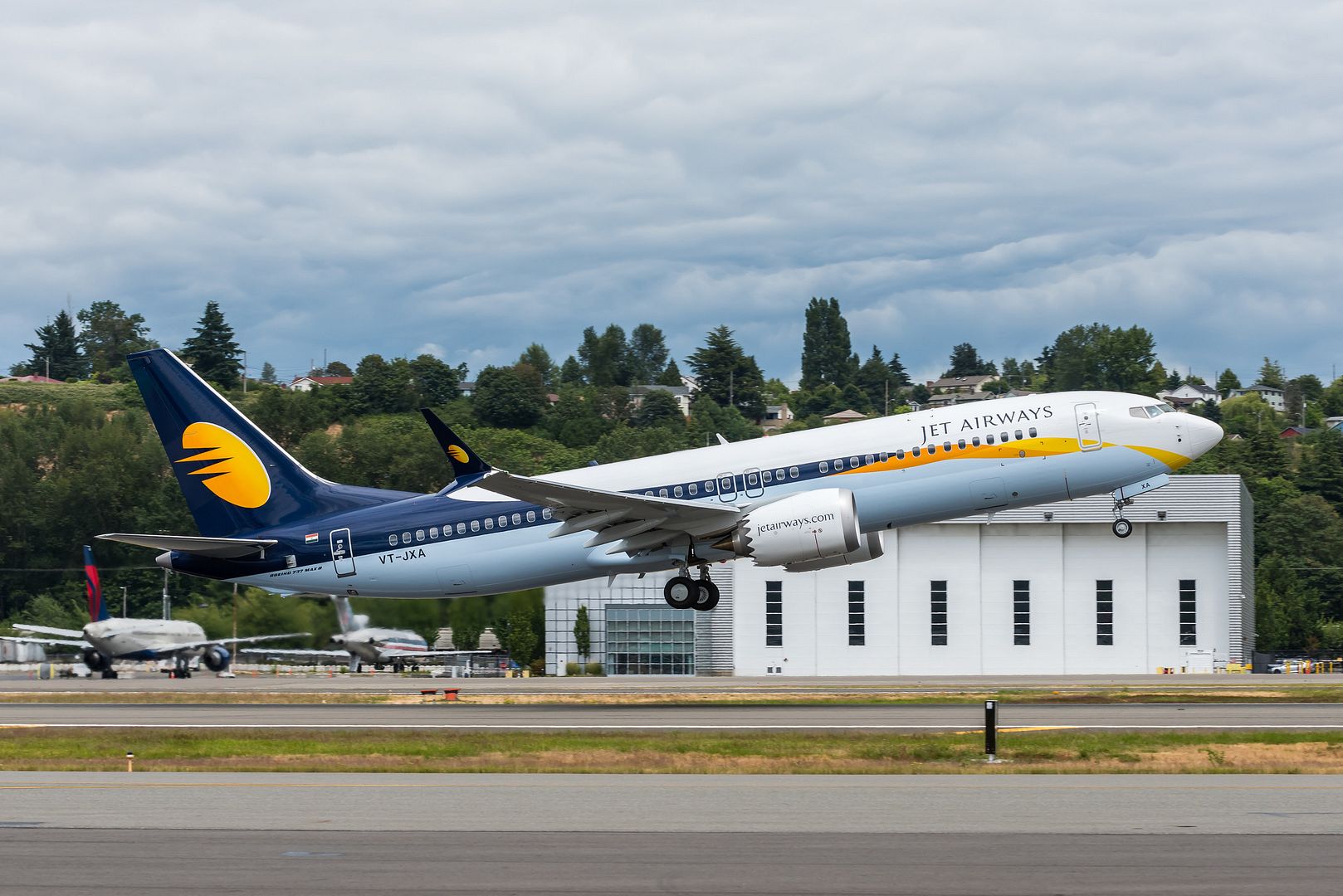
Increased capacity and highest levels of comfort for the airline?s longest flights
Cathay Pacific Airways has become the second airline to operate the A350-1000, the world?s newest long-range widebody airliner. The airline took delivery of the aircraft at a special event in Toulouse, France.
The aircraft is the first of 20 A350-1000s ordered by Cathay Pacific and will join the carrier?s growing fleet of A350 XWB aircraft, which already includes 22 A350-900s. Both aircraft are complementary and provide for maximum commonality with unmatched operating efficiencies, while offering passengers the highest levels of comfort in all classes. Travellers will benefit from absolute well-being in the cabin, with more personal space, optimised cabin altitude, more fresh air, controlled temperature and humidity, integrated connectivity and the latest-generation in-flight entertainment system.
With its true long-range capability, the A350-1000 will form an important part of Cathay Pacific long-haul operations. The aircraft will be deployed on the airline?s new non-stop route from Hong Kong to Washington D.C., representing the longest flight ? approximately 17 hours ? performed by any airline out of Hong Kong.
Paul Loo, Cathay Pacific Chief Customer and Commercial Officer, said: ?We already have one of the youngest long-haul fleets in the sky, and with the arrival of the A350-1000, our fleet is only going to get younger. The aircraft follows the successful entry of the A350-900 variant which has enabled us to expand our long-haul network at a near unprecedented rate. The A350-1000 has an incredible range, is remarkably fuel efficient and quiet, provides customers with an unsurpassed cabin environment and has extremely attractive operating economics.?
Eric Schulz, Airbus Chief Commercial Officer, said: ?We are proud to deliver the A350-1000 to our long-standing customer Cathay Pacific. Bringing major advantages in fuel and cost efficiency along with unrivalled passenger comfort, the A350-1000 is the perfect platform for Cathay Pacific to increase capacity on some of its longest routes. The combination of the world?s newest widebody and Cathay Pacific?s world famous in-flight service will ensure that the airline can strengthen its position even further as one of the world?s leading international carriers.?
The A350-1000 is the latest member of Airbus? leading widebody family, showing high level of commonality with the A350-900 with 95 percent common systems part numbers and the same Type Rating. As well as having a longer fuselage to accommodate 40 percent larger premium area (compared to the A350-900), the A350-1000 also features a modified wing trailing edge, new six-wheel main landing gears and more powerful Rolls-Royce Trent XWB-97 engines. Along with the A350-900, the A350-1000 is shaping the future of air travel by offering unprecedented levels of efficiency and unrivalled comfort in its ?Airspace? cabin. With its additional capacity, the A350-1000 is perfectly tailored for some of the busiest long-haul routes. To date, 11 customers from five continents have ordered a total of 168 A350-1000s.
-
 Main AdminJoint Base Elmendorf-Richardson, Alaska
Main AdminJoint Base Elmendorf-Richardson, Alaska
After a transition from the older C-130H Hercules model, the 36th Airlift Squadron are ready to provide tactical airlift throughout RF-A.
"It?s our first time flying the J-model in RF-A, so it?s really been a learning experience for us as a squadron,? said Capt. Christopher Ansel, 36th Airlift Squadron C-130J mission planning cell chief.
Yokota?s C-130Js are used to support critical peacekeeping and contingency operations in the Pacific region, including cargo delivery, troop transport, airdrop and aeromedical missions. The aircraft provides significant performance improvements and added operational capabilities that translate directly into increased effectiveness.
?The C-130J is more capable in terms of power and size which enhances our ability to move cargo, especially throughout a mountainous environment like the one here in Alaska,? said Ansel. ?Also, by having the improvement of a fully digital flight deck with more situational awareness tools helps us safely operate on a more complex airspace.?
The C-130J incorporates state-of-the-art technology to reduce manpower requirements, lower operating and support costs, and provide life-cycle cost savings over earlier C-130 models. Compared to older C-130s, the J model climbs faster and higher, flies farther at a higher cruise speed, and takes off and lands in a shorter distance.
While Yokota has earned the name of Pacific?s Premiere Power Projection Platform, the Airmen from the 374th Airlift Wing have no doubt they now stand on the shoulders of giants.
?The C-130H Hercules aircrews definitely made an impact in the Pacific,? said Airman 1st Class Jaime Suarez, 36th AS C-130J loadmaster. ?Now as a transitioned C-130J Super Hercules squadron, we try to live up to their legacy. Being here with over 30 units participating in an exercise this big is definitely a good opportunity for us to develop our understanding of how we operate and how we function with others. We need to know everything from working with the U.S. Army to working with different nations, so when the time comes we just have to send it.?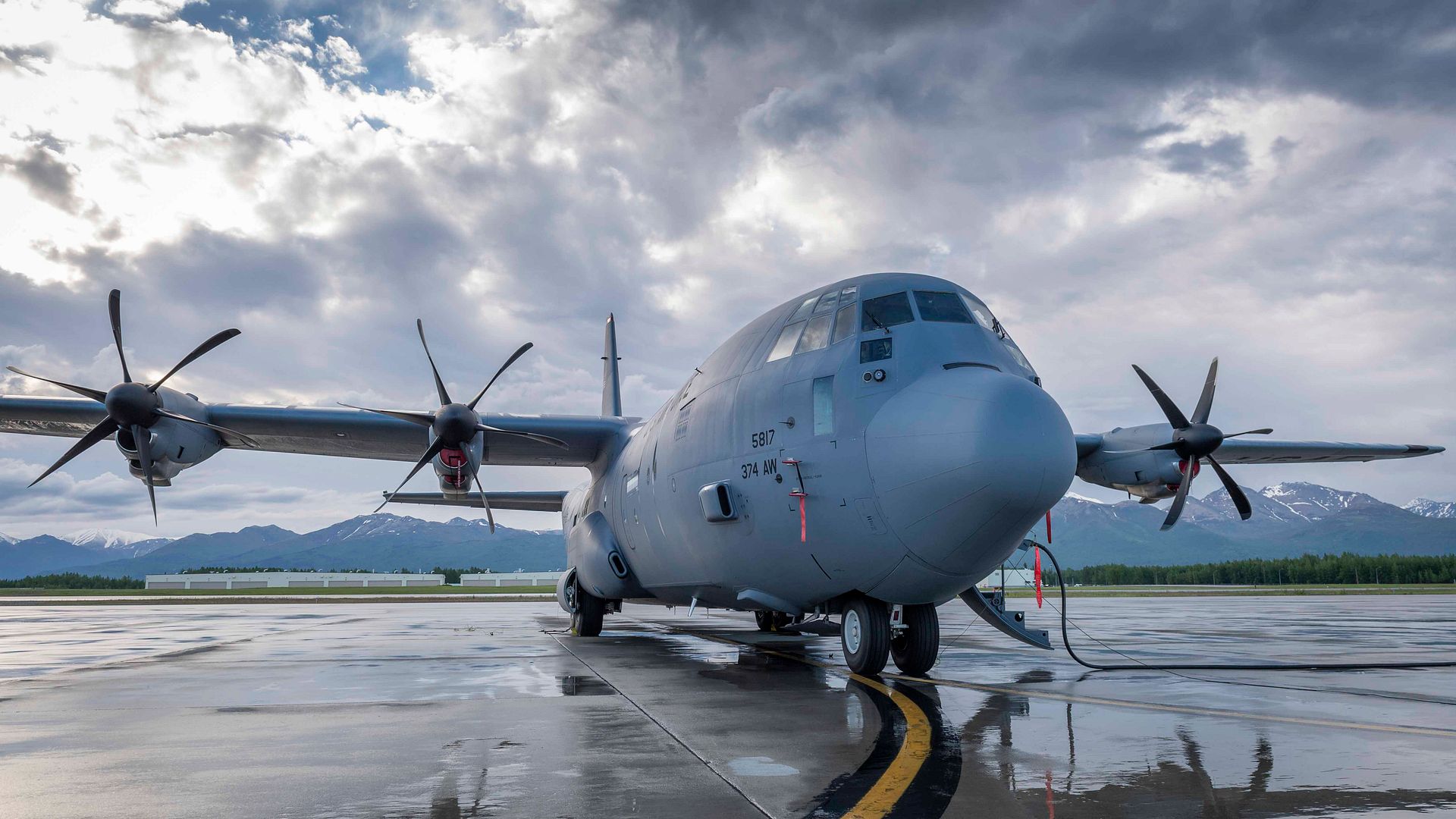
Station Atlantic City HH-65 Dolphin fly over a Marine Medium Tilt Roader Squadron (VMM) 774 V-22 Osprey before refueling on Coast Guard Air Station Atlantic City, N.J., June 14, 2018. The Marines and Coast Guardsmen conducted the first forward air-refueling point between the two helicopters during the 2018 Marine Aircraft Group 49 Combined Arms Exercise. (U.S. Air Force photo's by Airman Ariel Owings)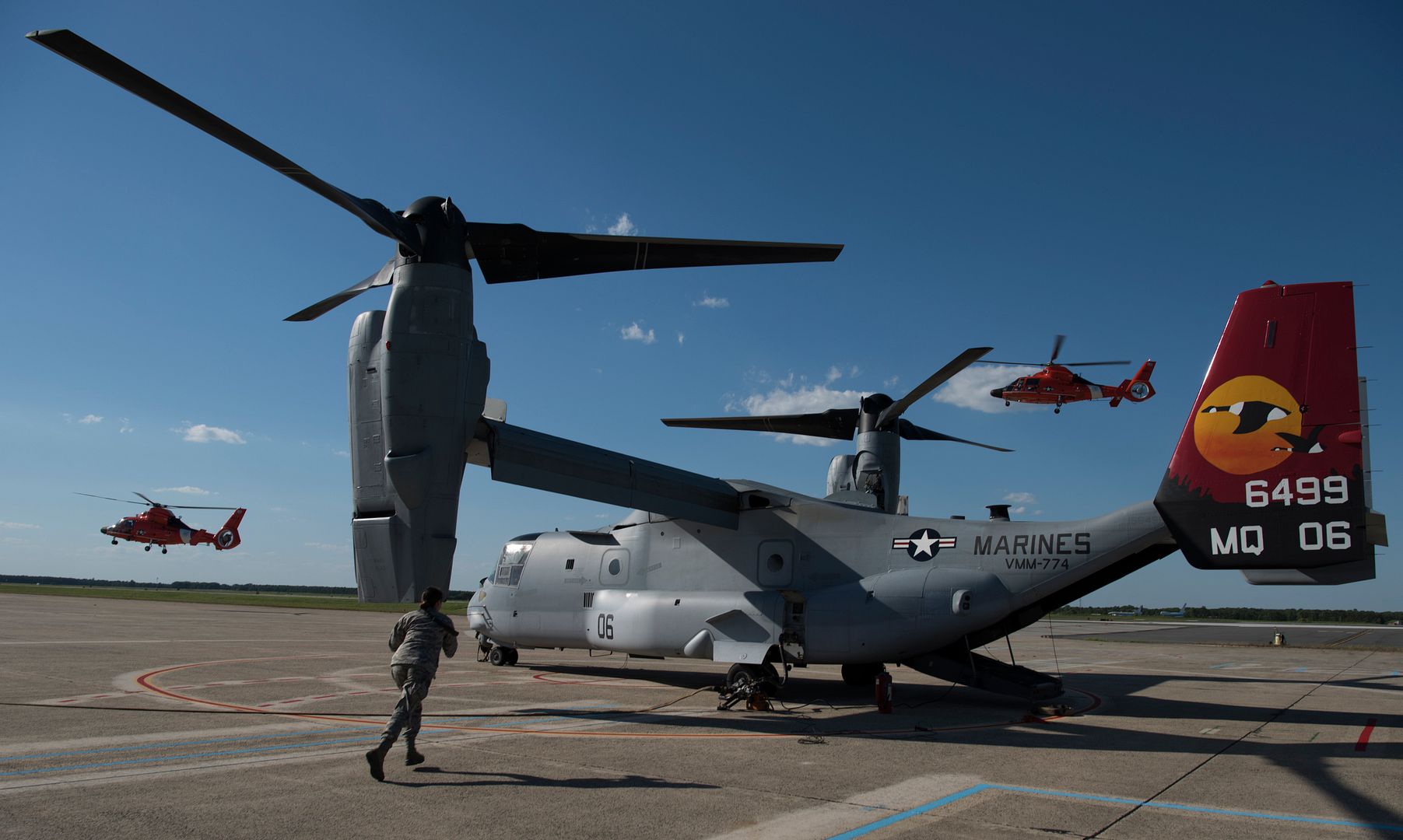
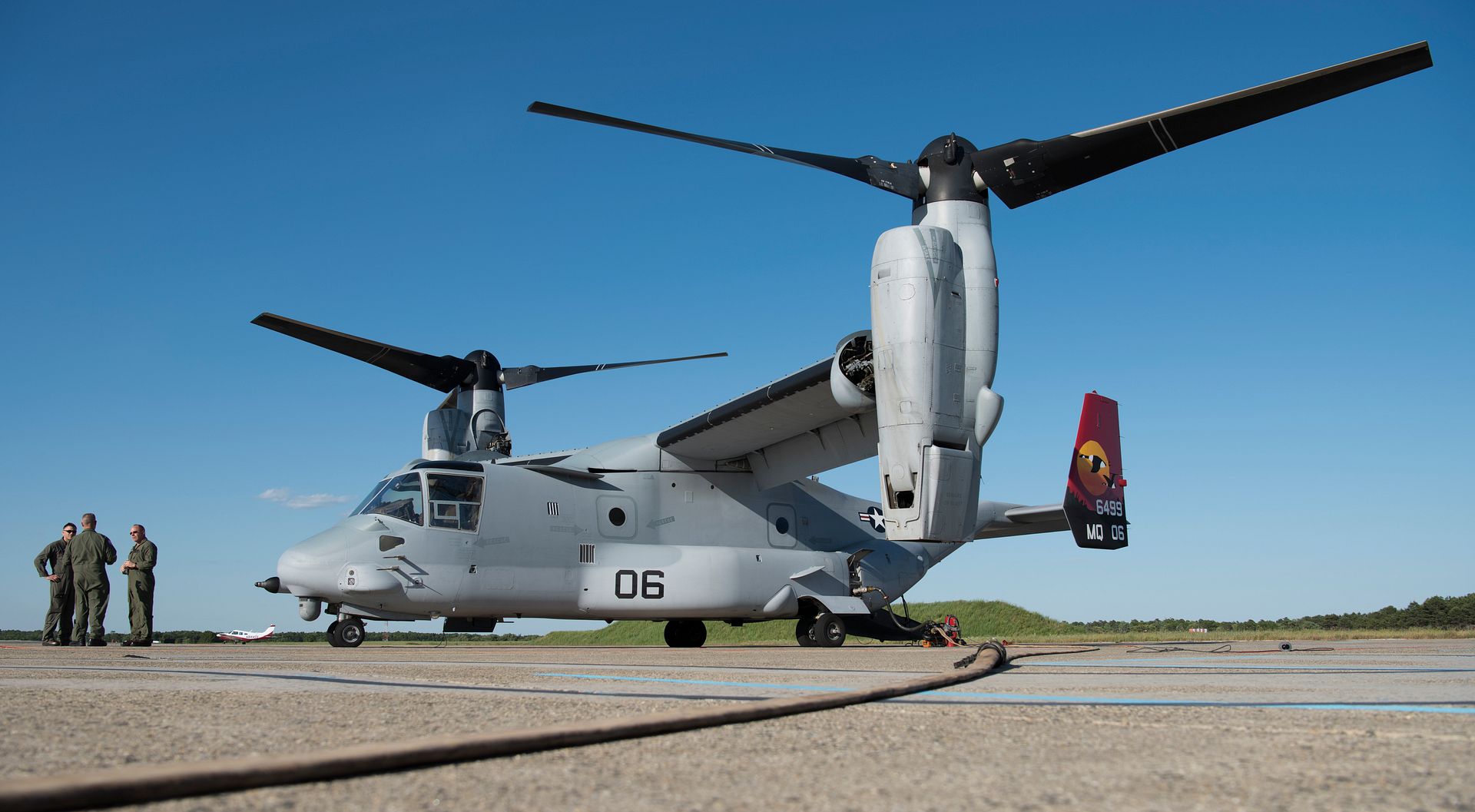
SEATTLE, June 19, 2018 /PRNewswire/ -- Boeing (NYSE: BA) and FedEx Express today announced a new order for 12 767 Freighters and 12 777 Freighters as the world's largest air cargo carrier continues to invest in the industry's most capable freighters to better serve its customers.
Boeing, FedEx Express Announce Order for 24 Medium and Large Freighters
"We are taking another positive step in our fleet modernization program as we add more efficient, lower emission aircraft to our global fleet," said David L. Cunningham, President and CEO of FedEx Express. "The Boeing 767 and 777 Freighters have brought greater efficiency and reliability to our air operations. The 777, with its tremendous range characteristics, has allowed us to provide faster transit times around the globe. We are excited to add more of these aircraft to our fleet."
The new airplanes, valued at $6.6 billion at list prices, will appear on Boeing's Orders and Deliveries webpage once contingencies have been met.
This order comes as the air cargo industry continues to gather strength. A year after demand grew by nearly 10 percent, global air freight is on track to increase by another four to five percent in 2018.
Air cargo carriers are adding capacity to keep up with demand, either by converting passenger airplanes into freighters or ordering new production cargo jets. With the latest order from FedEx Express, Boeing has sold more than 50 widebody freighters so far in 2018.
"We are honored that FedEx has again placed its trust on the wings of the Boeing 767 and 777. This repeat order is a big vote of confidence in Boeing's market-leading freighter family and the long-term outlook for air freight," said Kevin McAllister, president and chief executive officer, Boeing Commercial Airplanes.
FedEx Express and Boeing have a long-standing partnership. The express carrier is a major operator of the Boeing 757 Freighter and the largest operator of the 767 Freighter and 777 Freighter. FedEx is also a customer of Boeing's Global Services business.
The 767 Freighter, based on the 767-300ER (extended range) passenger jet, can carry approximately 58 tons (52.7 tonnes) of revenue cargo with intercontinental range, making it a flexible platform for serving long-haul, regional or feeder markets.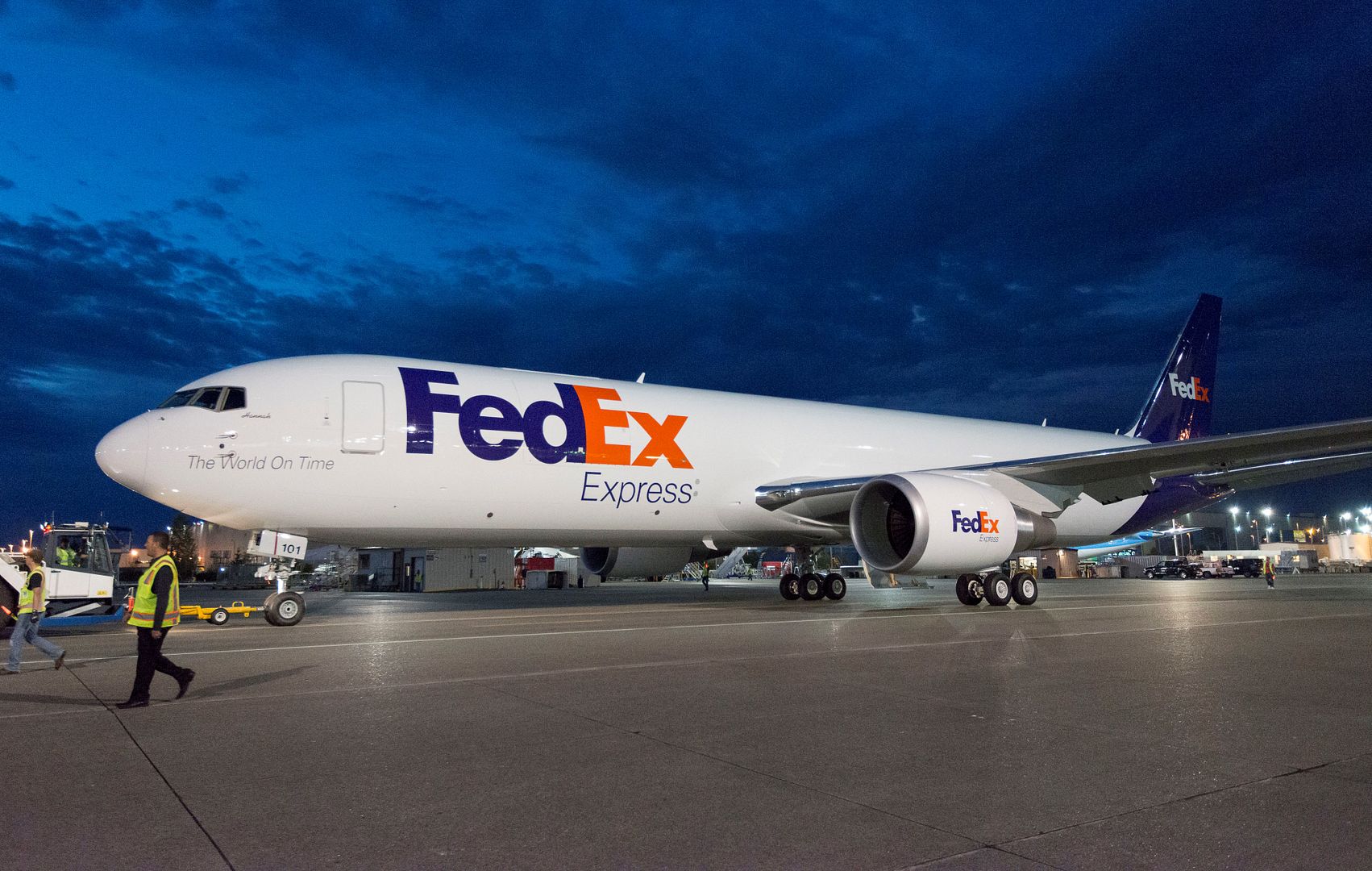
The 777 Freighter is the world's longest range twin-engine freighter. The jet can fly 4,900 nautical miles (9,070 kilometers) with a payload of 112 tons (102 metric tonnes or 102,000 kg). With the 777 Freighter, FedEx has been able to connect Asia with its hub in Memphis, Tenn. non-stop and reduce transit times by up to three hours. This has enabled FedEx to accept packages later in the day and still deliver them on time.
The 777 Freighter also uses 18 percent less fuel compared to the airplanes it replaces, and provides quieter takeoffs and landings that meet airport noise standards.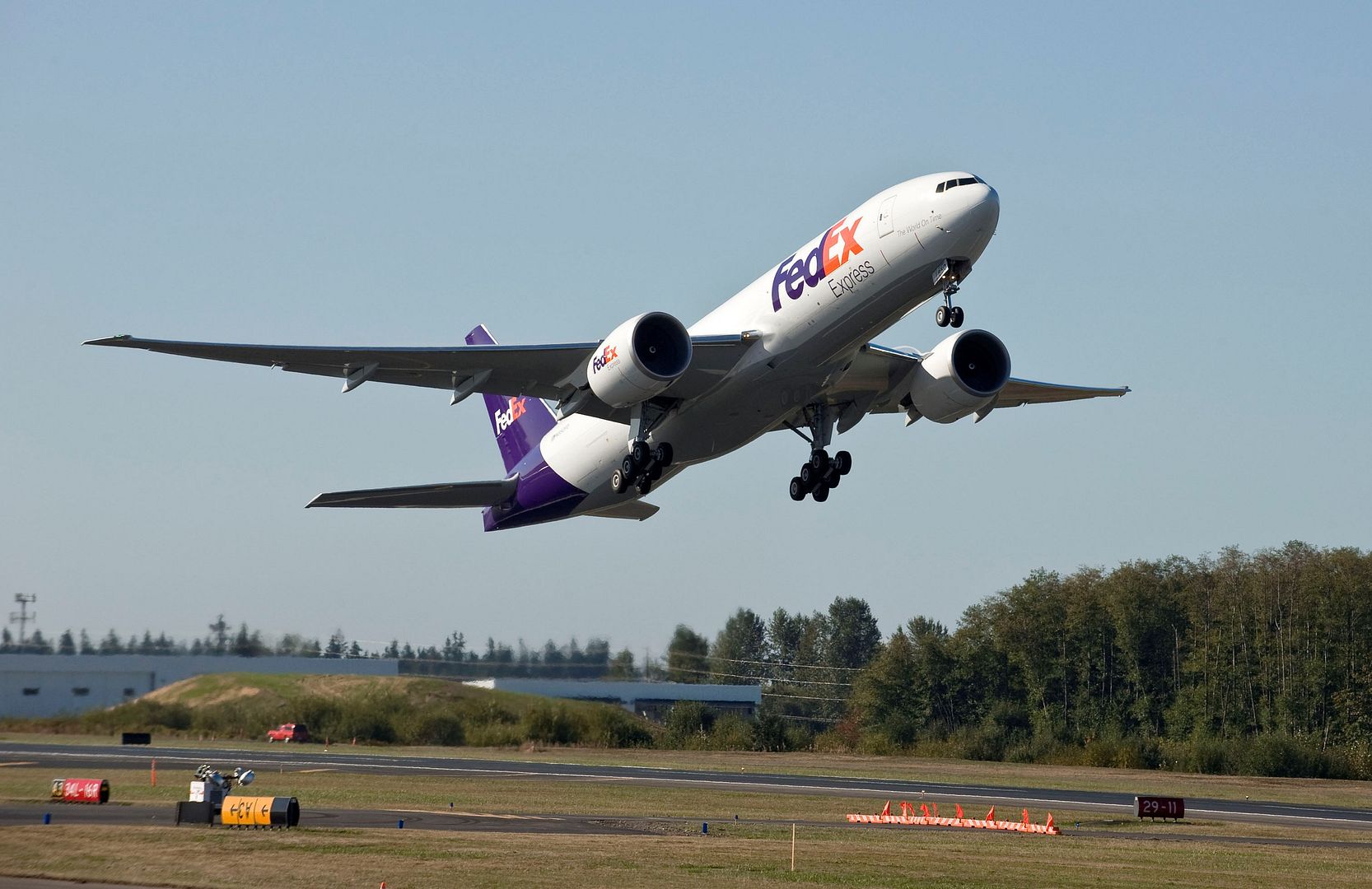
June 20, 2018 Montr?al Commercial Aircraft, Press Release
Bombardier Commercial Aircraft announced today that Delta Air Lines, Inc. of Atlanta, Georgia (Delta Air Lines) has signed a firm purchase agreement for 20 CRJ900 aircraft ? becoming the launch operator of the new ATMOSPH?RE cabin for CRJ Series regional jets.
Based on the list price for the CRJ900 aircraft, the firm order is valued at approximately US$961 million.
?We are thrilled that Delta continues to select the CRJ Series as the airline looks into the future growth of its regional operations,? said Fred Cromer, president, Bombardier Commercial Aircraft. ?Together with Delta, we have driven the development of regional aviation in the U.S., and we are looking forward to further enhancing regional air travel with the launch of the new ATMOSPH?RE cabin with our long-standing and esteemed customer.?
The new CRJ900 aircraft with ATMOSPH?RE cabin will fly under the Delta Connection brand in a comfortable two-class regional jet configuration with 70 seats.
Delta Air Lines will take delivery of the world?s first ATMOSPH?RE cabin CRJ900 aircraft in late 2018.
Including the order form Delta Air Lines announced today, Bombardier has recorded firm orders for 1953 CRJ Series aircraft.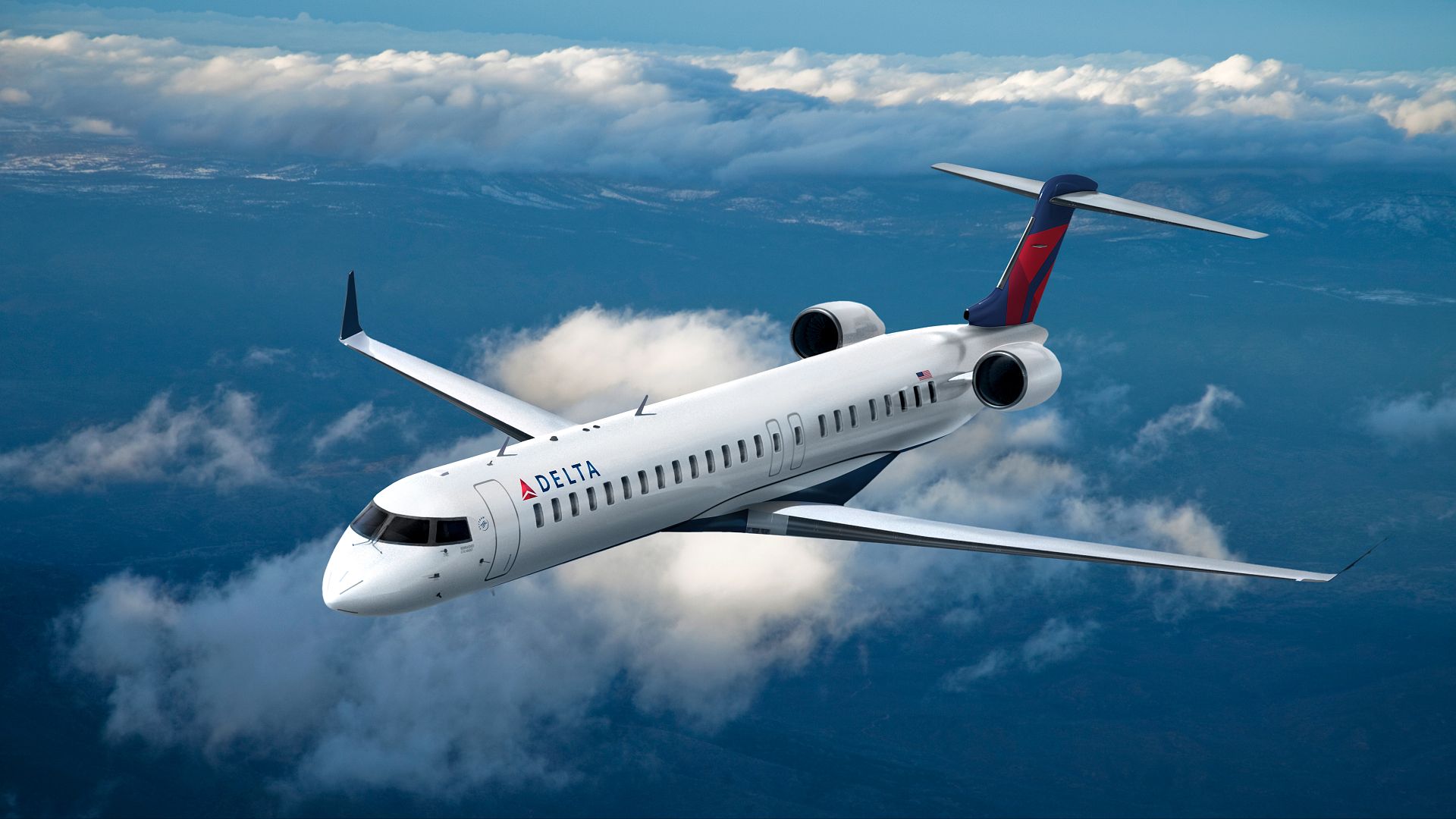
About the ATMOSPH?RE Cabin
The new ATMOSPH?RE cabin sets new standards of passenger experience in the regional jet market segment. Key features of the new interior are comprised of larger passenger living space, wheel-first roller bag capability, more spacious lavatory, increased cabin connectivity options, all integrated in a contemporary design and material choices. In fact, the ATMOSPH?RE cabin design allows each passenger to carry and store an ?oversized? roller bag within the aircraft cabin bins which minimizes the need to check bags at the counter or the gate. To learn more: DiscoverAtmosphere.com
-
 Main AdminA U.S. Air Force B-52H Stratofortress bomber assigned to the 20th Expeditionary Bomb Squadron, deployed from Barksdale Air Force Base, La., prepares to takeoff from Andersen AFB, Guam, in support of a routine Continuous Bomber Presence (CBP) mission over south-east Queensland, Australia, June 19, 2018 (HST). The employment of CBP missions in the USINDOPACOM area of responsibility, conducted since March 2004, are in accordance with international law and are vital to the principles that are the foundation of the rules-based global operating system. (U.S. Air Force photo/Master Sgt. Richard P. Ebensberger)
Main AdminA U.S. Air Force B-52H Stratofortress bomber assigned to the 20th Expeditionary Bomb Squadron, deployed from Barksdale Air Force Base, La., prepares to takeoff from Andersen AFB, Guam, in support of a routine Continuous Bomber Presence (CBP) mission over south-east Queensland, Australia, June 19, 2018 (HST). The employment of CBP missions in the USINDOPACOM area of responsibility, conducted since March 2004, are in accordance with international law and are vital to the principles that are the foundation of the rules-based global operating system. (U.S. Air Force photo/Master Sgt. Richard P. Ebensberger)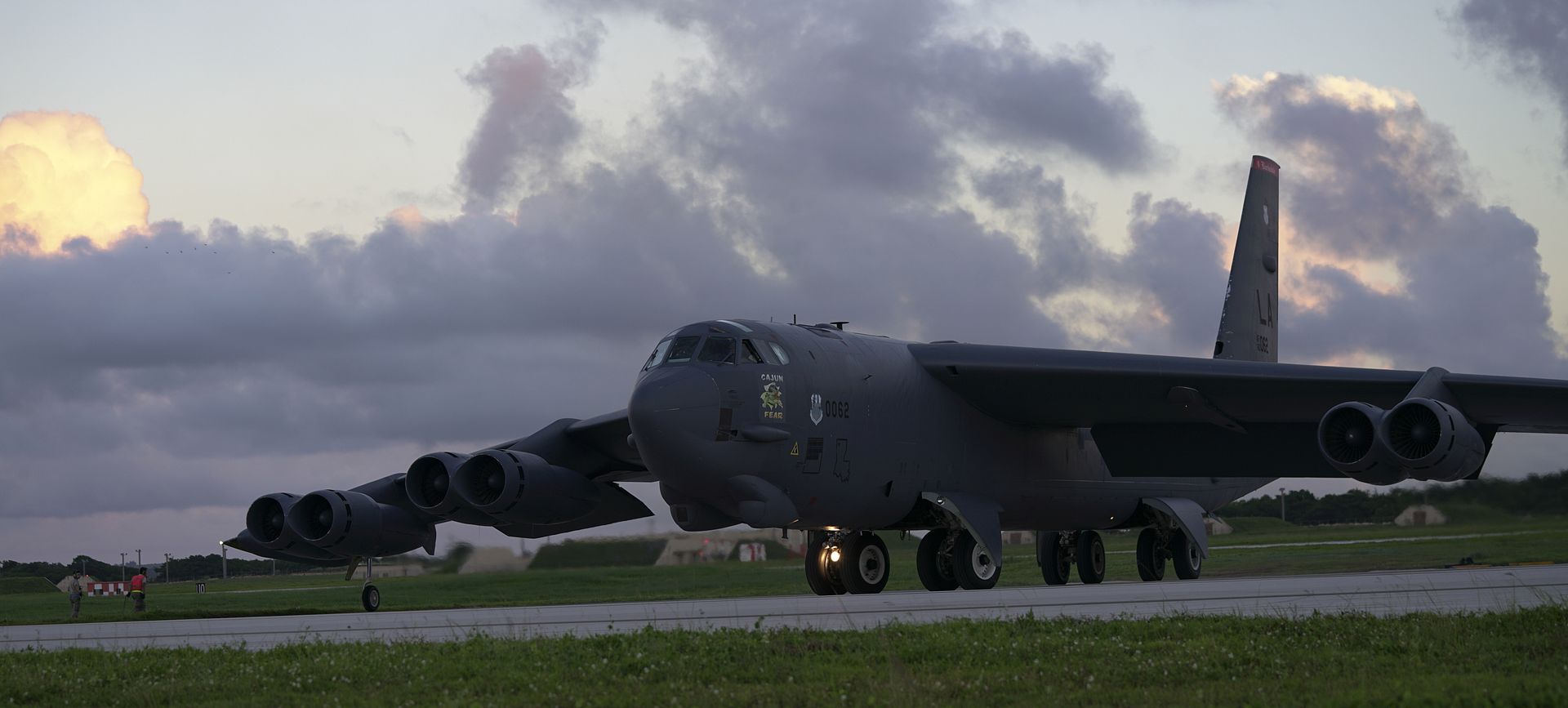
F-16 Fighting Falcon's assigned to the 18th Aggressor Squadron, Eielson Air Force Base, Alaska take off prior to a sortie as part of Red Flag Alaska, June 20, 2018. Red Flag Alaska provides large force employment training in a simulated combat environment. (U.S. Air National Guard photo's by Tech. Sgt. John Winn)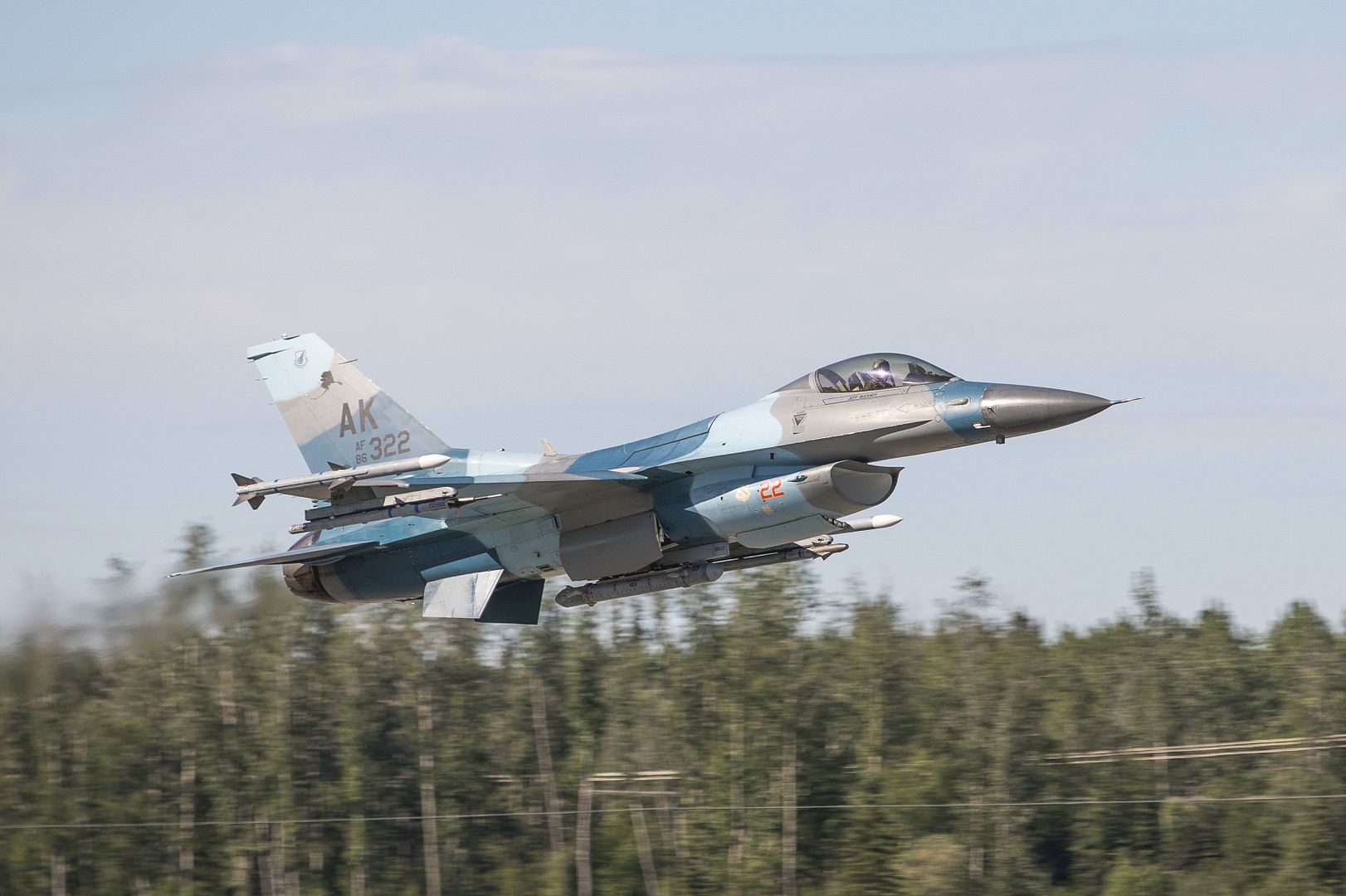

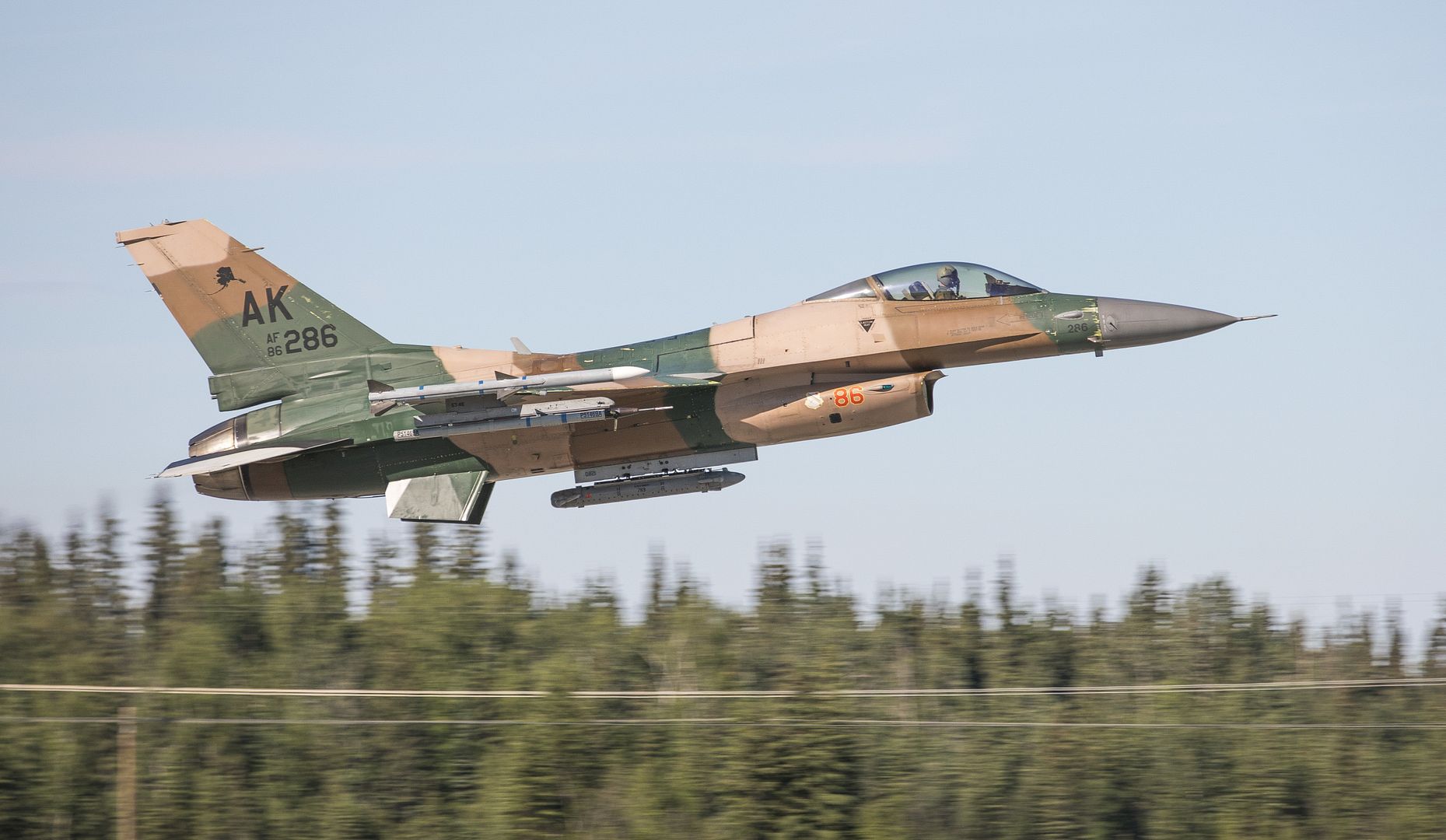
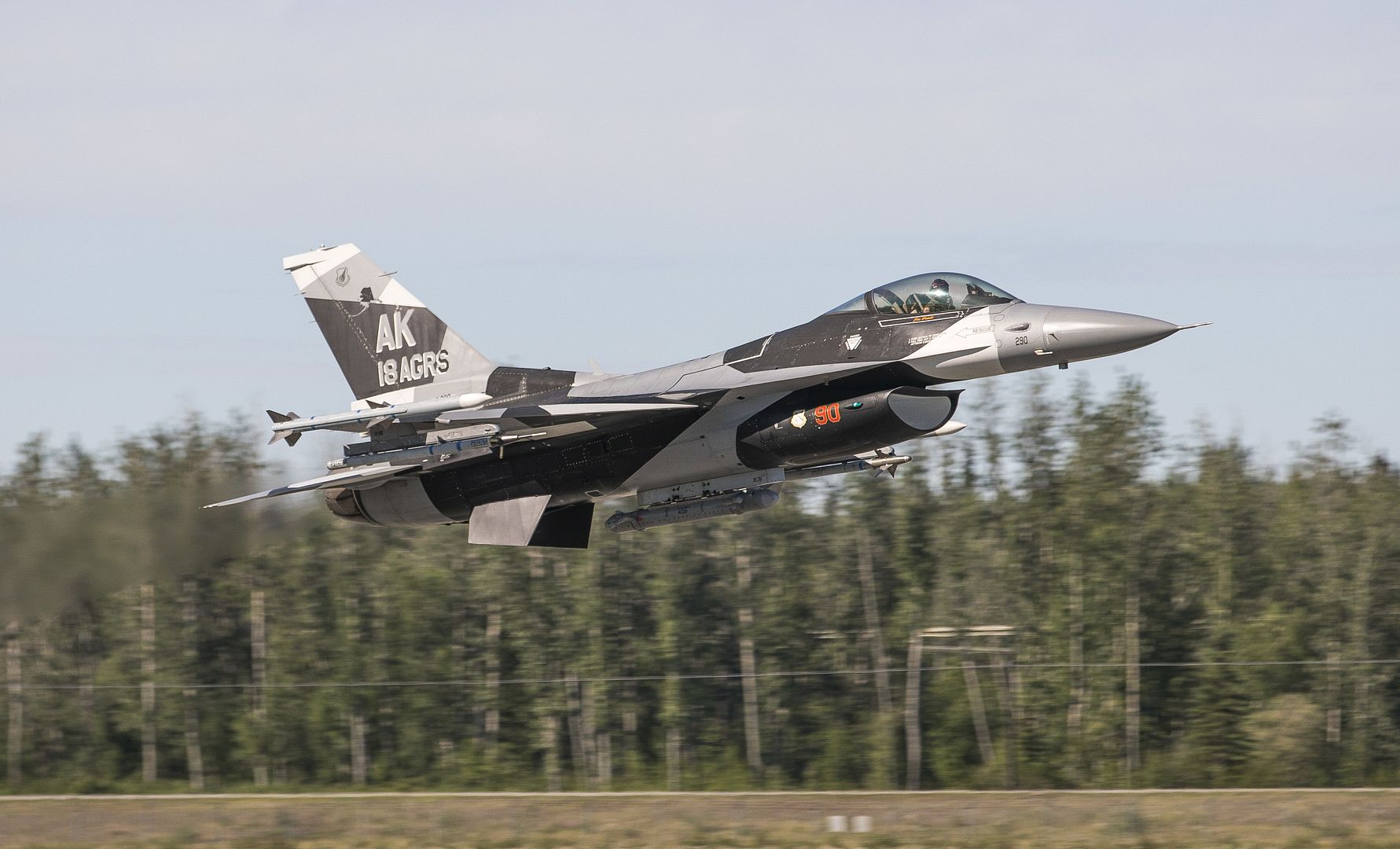
114th Fighter Wing F-16 Fighting Falcon arrives at Joe Foss Field, S.D., on June 19, 2018 after getting repainted. (U.S. Air National Guard photo illustration by Staff Sgt. Duane Duimstra)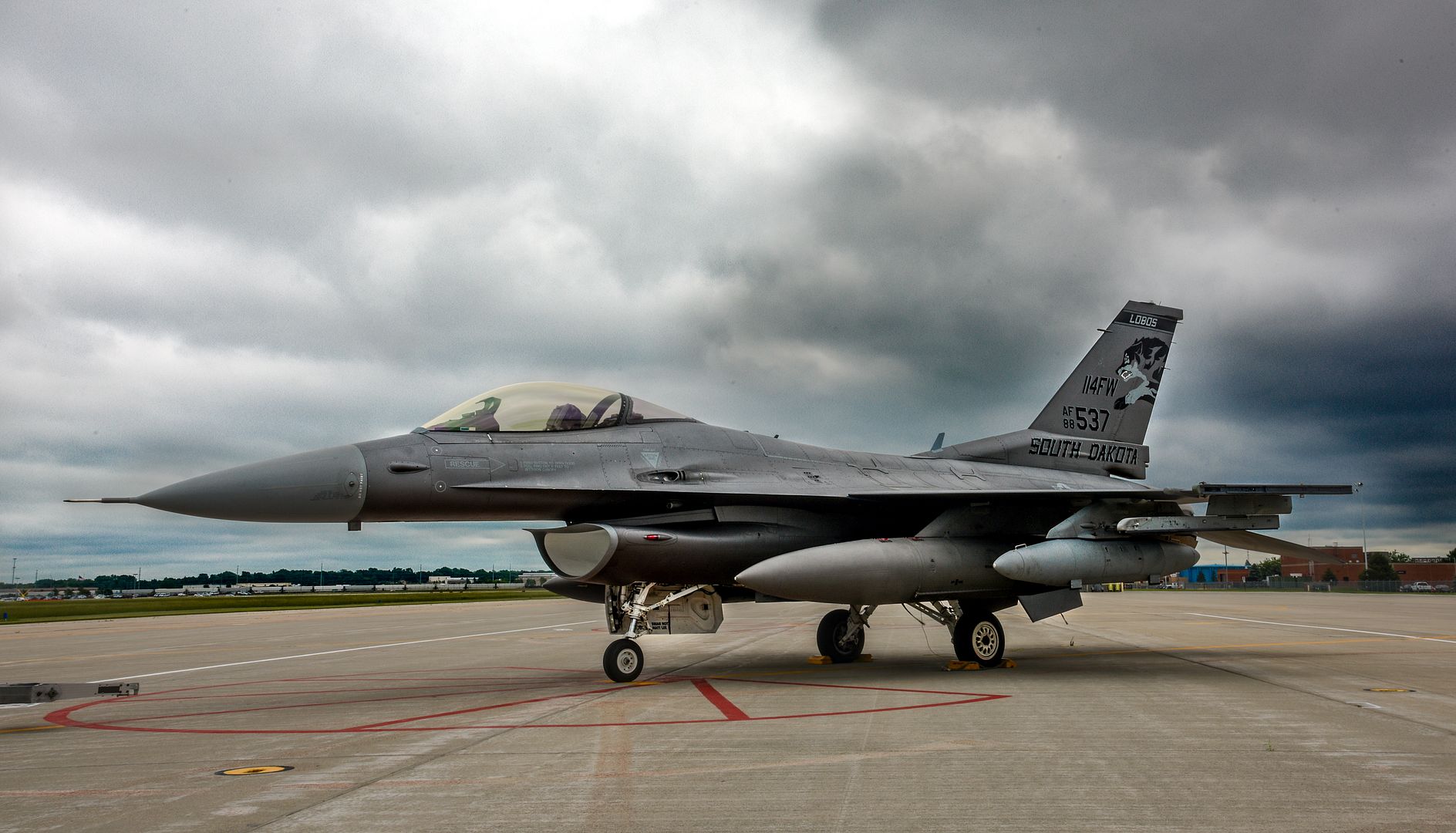
MEDITERRANEAN SEA (June 20, 2018) An F/A-18E Super Hornet, assigned to the "Sunliners" of Strike Fighter Squadron (VFA) 81, launches from the flight deck aboard the Nimitz-class aircraft carrier USS Harry S. Truman (CVN 75). Harry S. Truman is currently deployed as part of an ongoing rotation of U.S. forces supporting maritime security operations in international waters around the globe. (U.S. Navy photo by Mass Communication Specialist 3rd Class Rebekah A. Watkins/Released)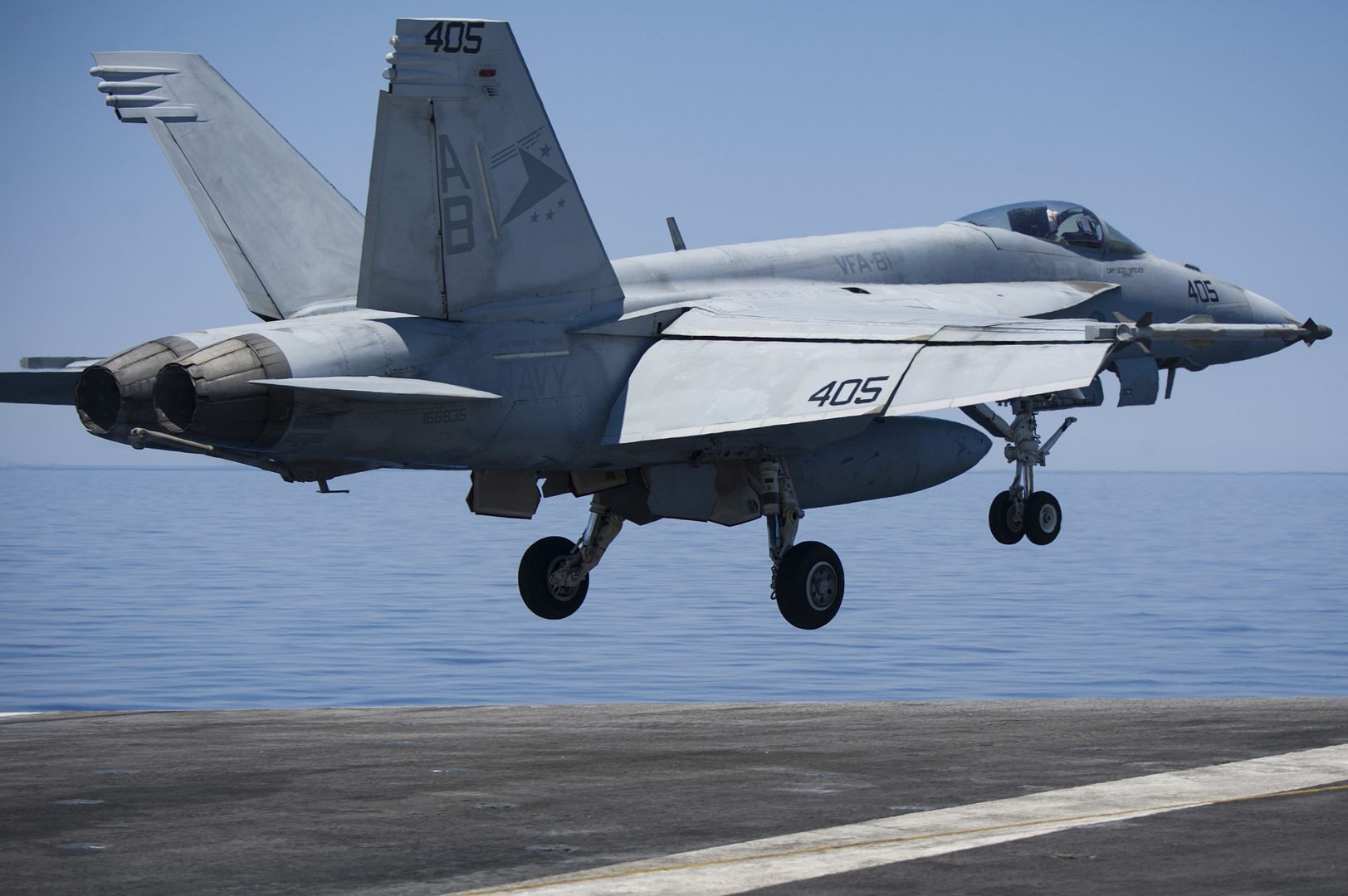
PACIFIC OCEAN (June 19, 2018) An E-2C Hawkeye assigned to the "Liberty Bells" of Carrier Airborne Early Warning Squadron (VAW) 115, of Carrier Air Wing (CVW) 11, prepares to land on the flight deck of the Nimitz-class aircraft carrier USS John C. Stennis (CVN 74). CVW-11 is conducting carrier qualifications aboard John C. Stennis. John C. Stennis is underway preparing for its next scheduled deployment. (U.S. Navy photo by Mass Communication Specialist Seaman Angelina Grimsley/Released)
-
 Main AdminPilots from the 124th Fighter Wing at Gowen Field in Boise, Idaho prepare to take off to participate in an exercise for Red Flag Alaska, June 21, 2018 at Eielson Air Force Base, Alaska. Red Flag Alaska is a simulated combat scenario comprised of multi-national forces. (U.S. Air National Guard photo by Airman 1st Class Mercedee Schwartz)
Main AdminPilots from the 124th Fighter Wing at Gowen Field in Boise, Idaho prepare to take off to participate in an exercise for Red Flag Alaska, June 21, 2018 at Eielson Air Force Base, Alaska. Red Flag Alaska is a simulated combat scenario comprised of multi-national forces. (U.S. Air National Guard photo by Airman 1st Class Mercedee Schwartz)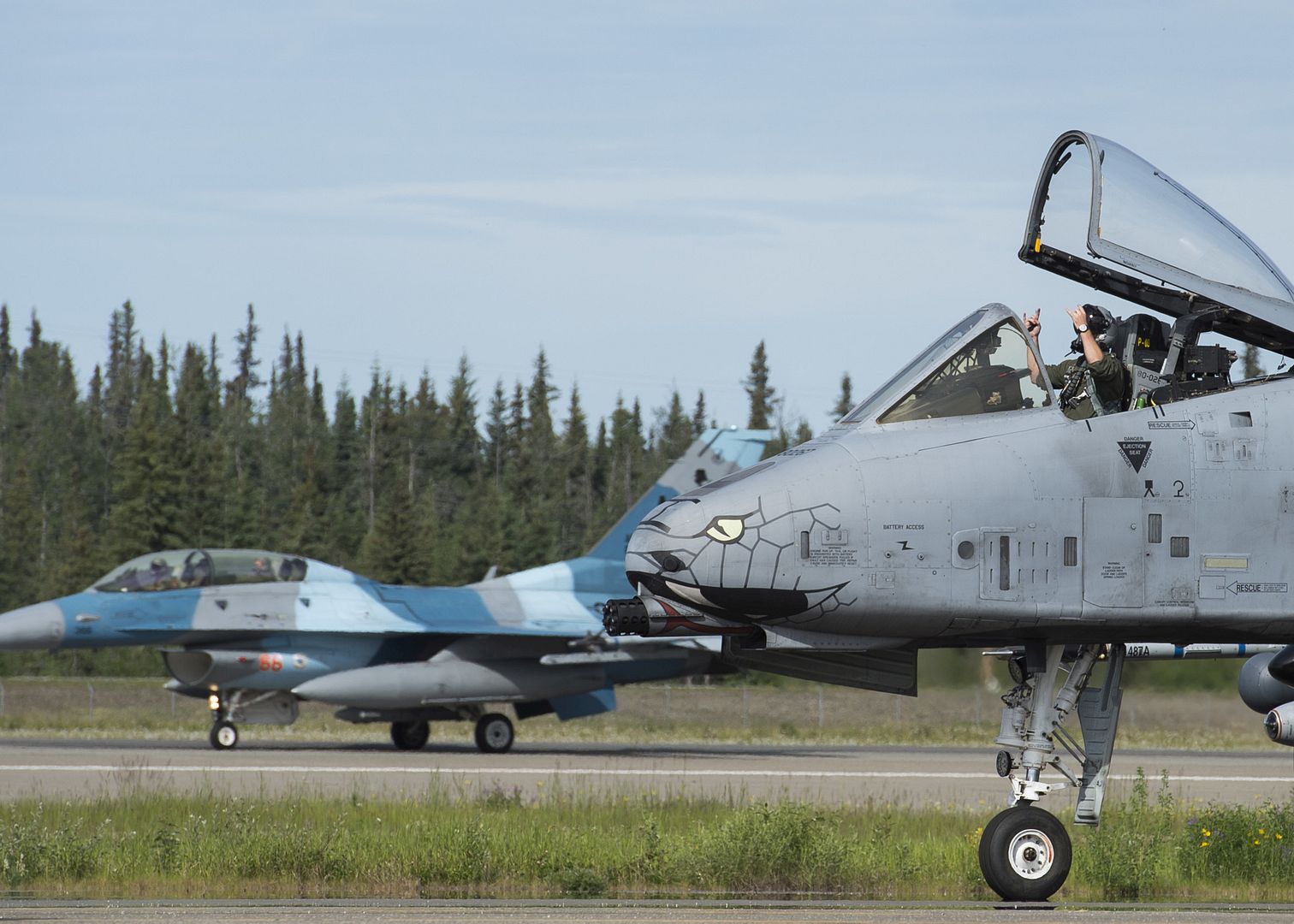
JACKSONVILLE, Fla. (June 22, 2018) Lt. Cmdr. Tyler "Sassy" Tennille flies a T-6 Texan II, recently repaired at Fleet Readiness Center Southeast, on a functional check flight Friday over a P-8A Poseidon going through the wash racks at Naval Air Station Jacksonville. (U.S. Navy photo by Clifford Davis/Released)
U.S. Army CH-47 Chinook and HH-60 Blackhawk helicopter flight crews of the 2nd General Support Aviation Battalion, 4th Aviation Regiment, 4th Combat Aviation Brigade, 4th Infantry Division, prepare to land for the first time at Illesheim Army Airfield in Germany in support of Atlantic Resolve on June 22, 2018. Soldiers of the battalion arrived in Germany to begin a nine-month deployment in support of Atlantic Resolve, a U.S. endeavor to fulfill NATO commitments by rotating U.S.-based units throughout the European theater to deter aggression against NATO allies and partners in Europe. (U.S. Army photo Sgt. Gregory T. Summers / 22nd Mobile Public Affairs Detachment)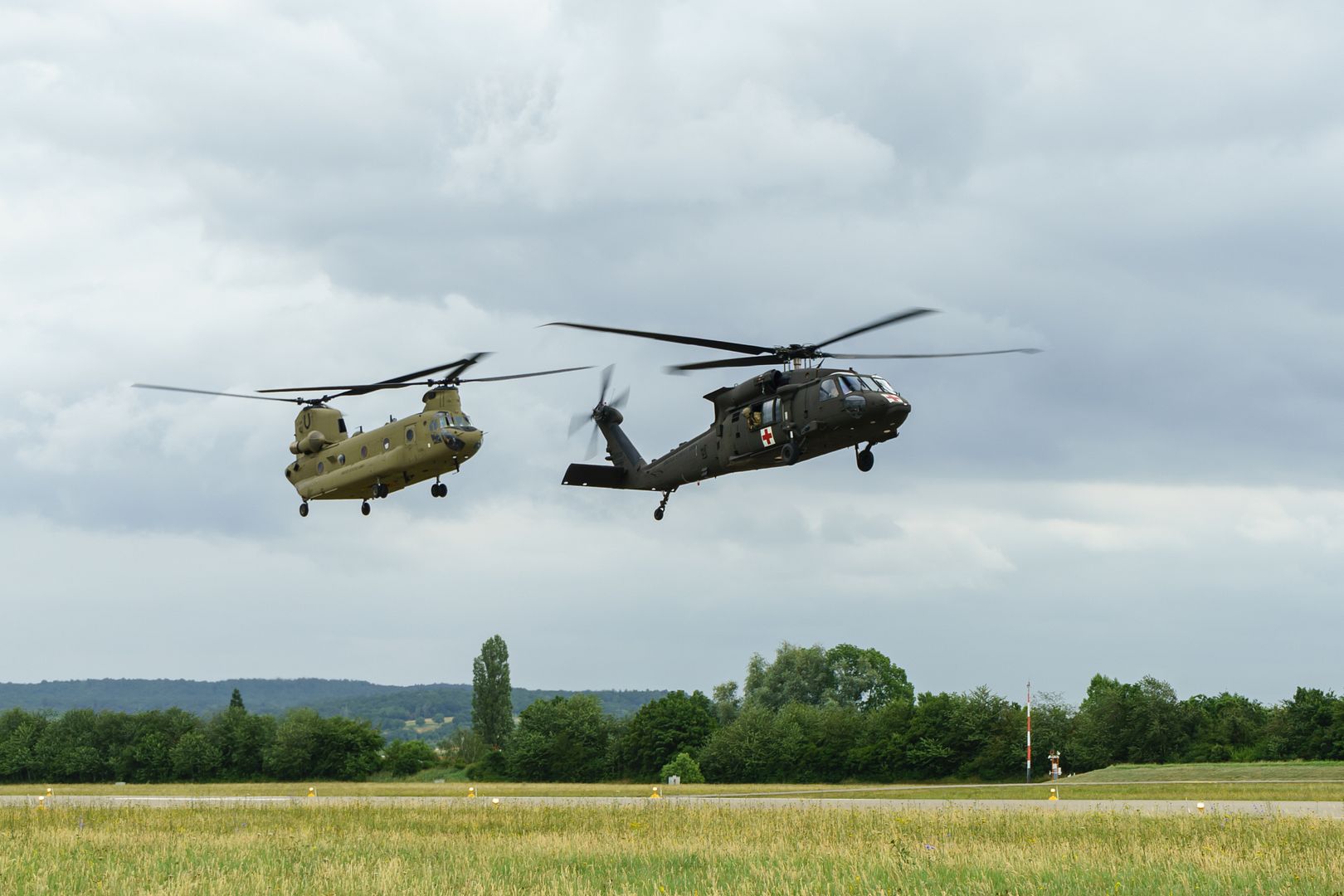
A UH-60 Blackhawk helicopter flight crew with the 3rd Assault Helicopter Battalion, 4th Aviation Regiment, 4th Combat Aviation Brigade, 4th Infantry Division, conducts an after action review of their flight to the Illesheim Army Airfield in Germany, June 22, 2018. Soldiers of the battalion arrived in Germany to begin a nine-month deployment in support of Atlantic Resolve, a U.S. endeavor to fulfill NATO commitments by rotating U.S.-based units throughout the European theater to deter aggression against NATO allies and partners in Europe. (U.S. Army photo Sgt. Gregory T. Summers / 22nd Mobile Public Affairs Detachment)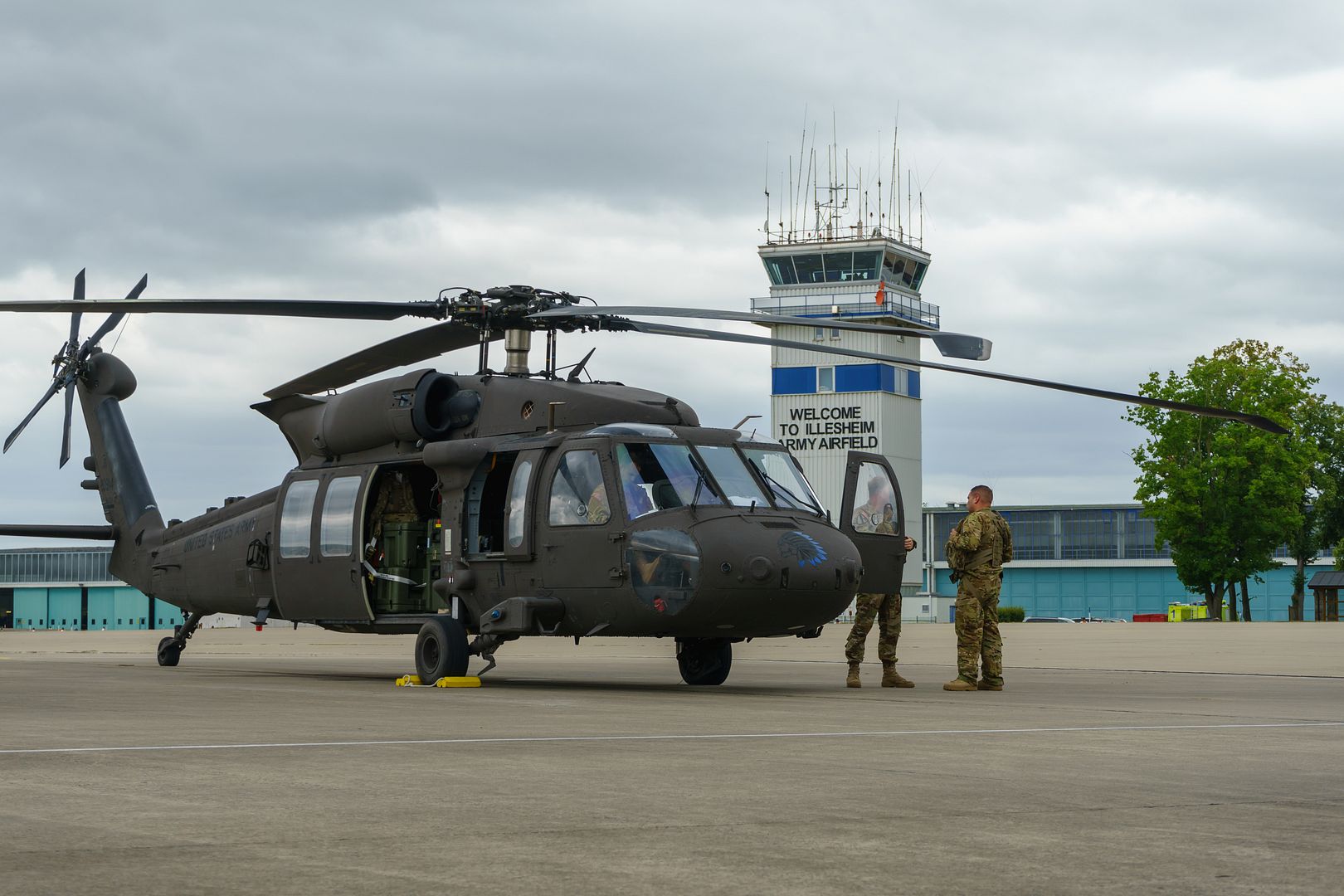
The U.S. Air Force Thunderbirds arrived June 21, 2018, at Hill Air Force Base, Utah, for the Warriors Over the Wasatch Air and Space Show June 23-24. (U.S. Air Force photo by Cynthia Griggs)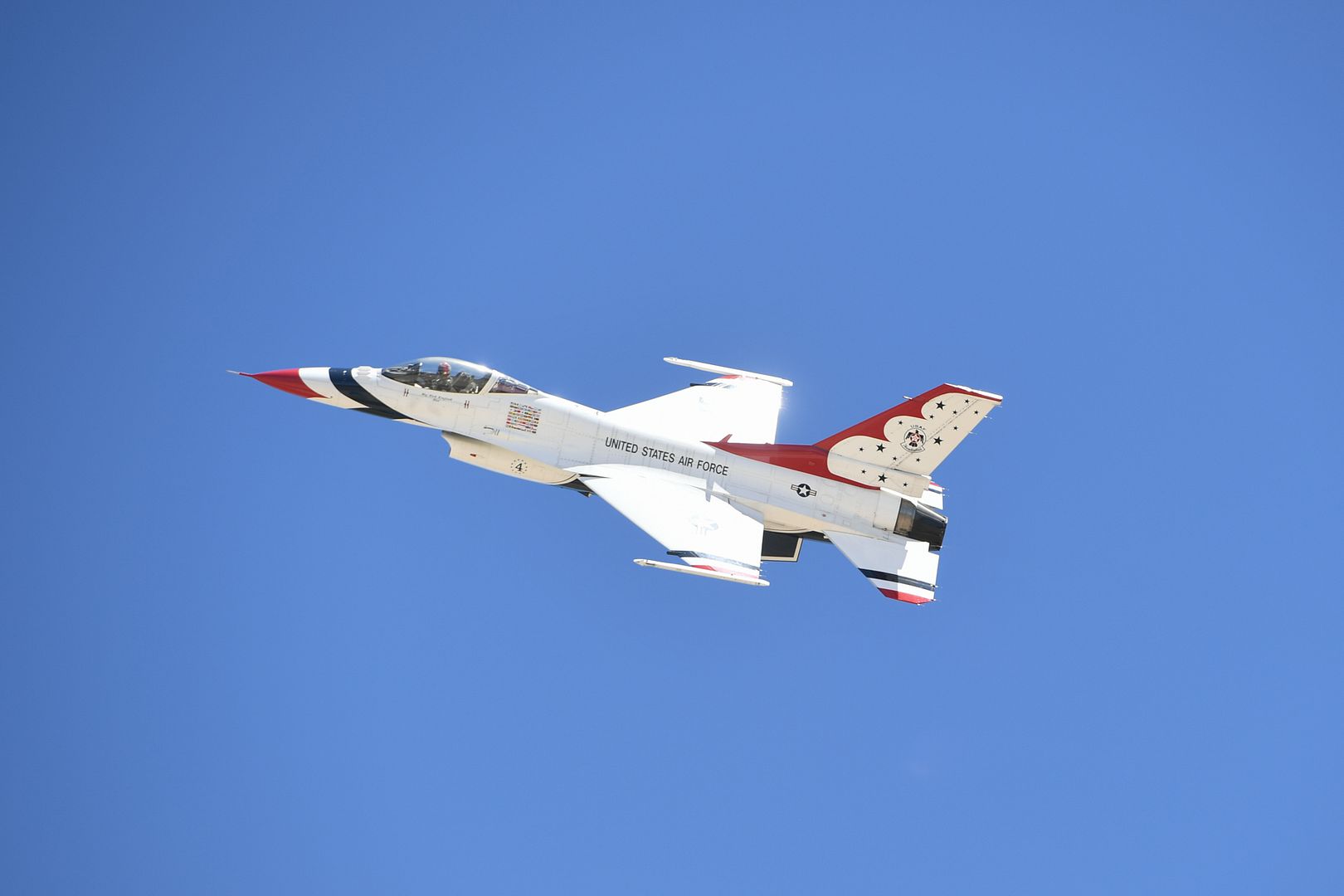
-
 Main AdminAn F/A-18 Hornet aircraft assigned to Marine All-Weather Fighter Attack Squadron 533 sits at Hangar 105, Marine Corps Air Station Kaneohe Bay, Marine Corps Base Hawaii, June 22, 2018. The squadron is currently aboard MCBH to support Exercise Rim of the Pacific 2018. (U.S. Marine Corps photo's by Lance Cpl. Isabelo Tabanguil)
Main AdminAn F/A-18 Hornet aircraft assigned to Marine All-Weather Fighter Attack Squadron 533 sits at Hangar 105, Marine Corps Air Station Kaneohe Bay, Marine Corps Base Hawaii, June 22, 2018. The squadron is currently aboard MCBH to support Exercise Rim of the Pacific 2018. (U.S. Marine Corps photo's by Lance Cpl. Isabelo Tabanguil)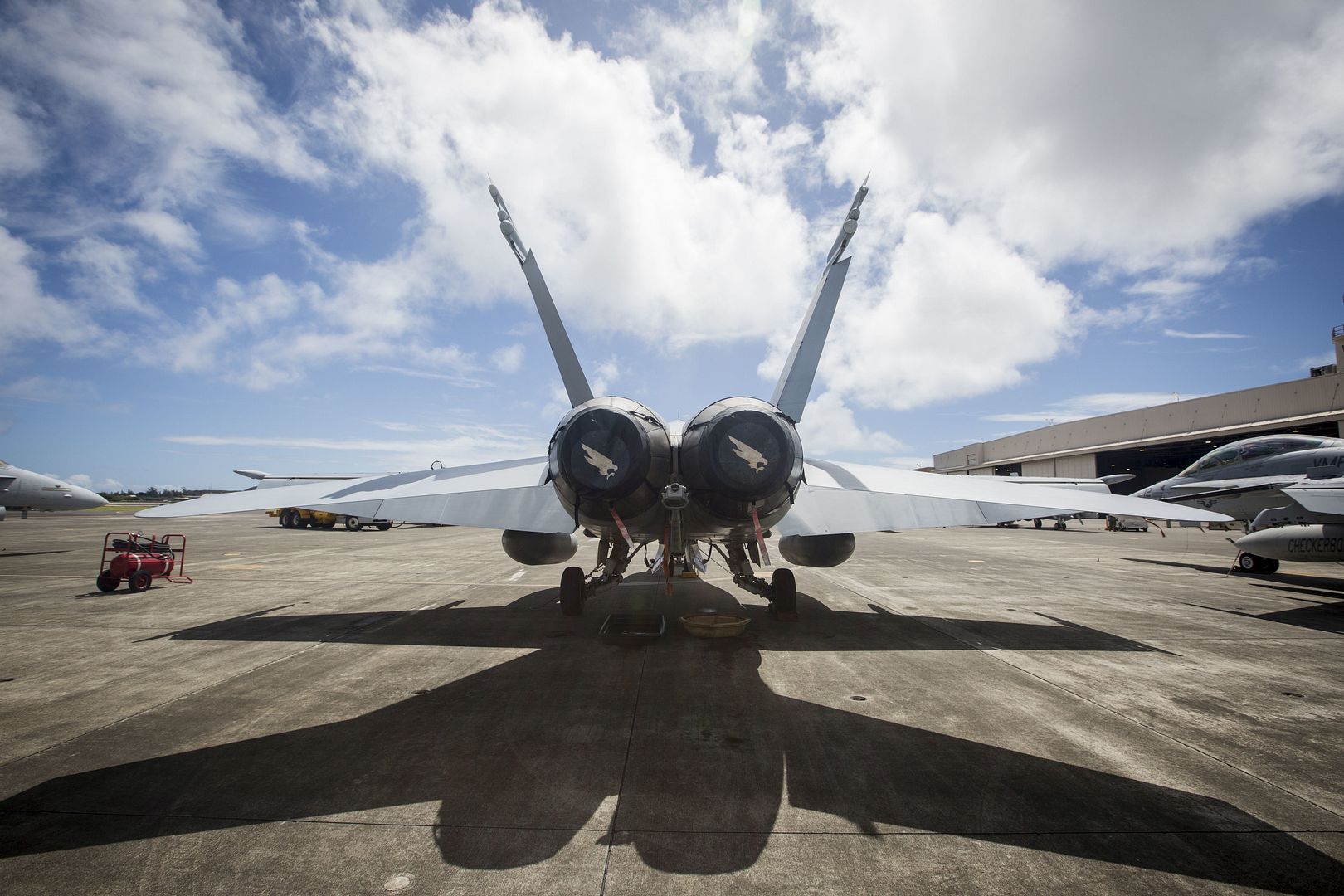
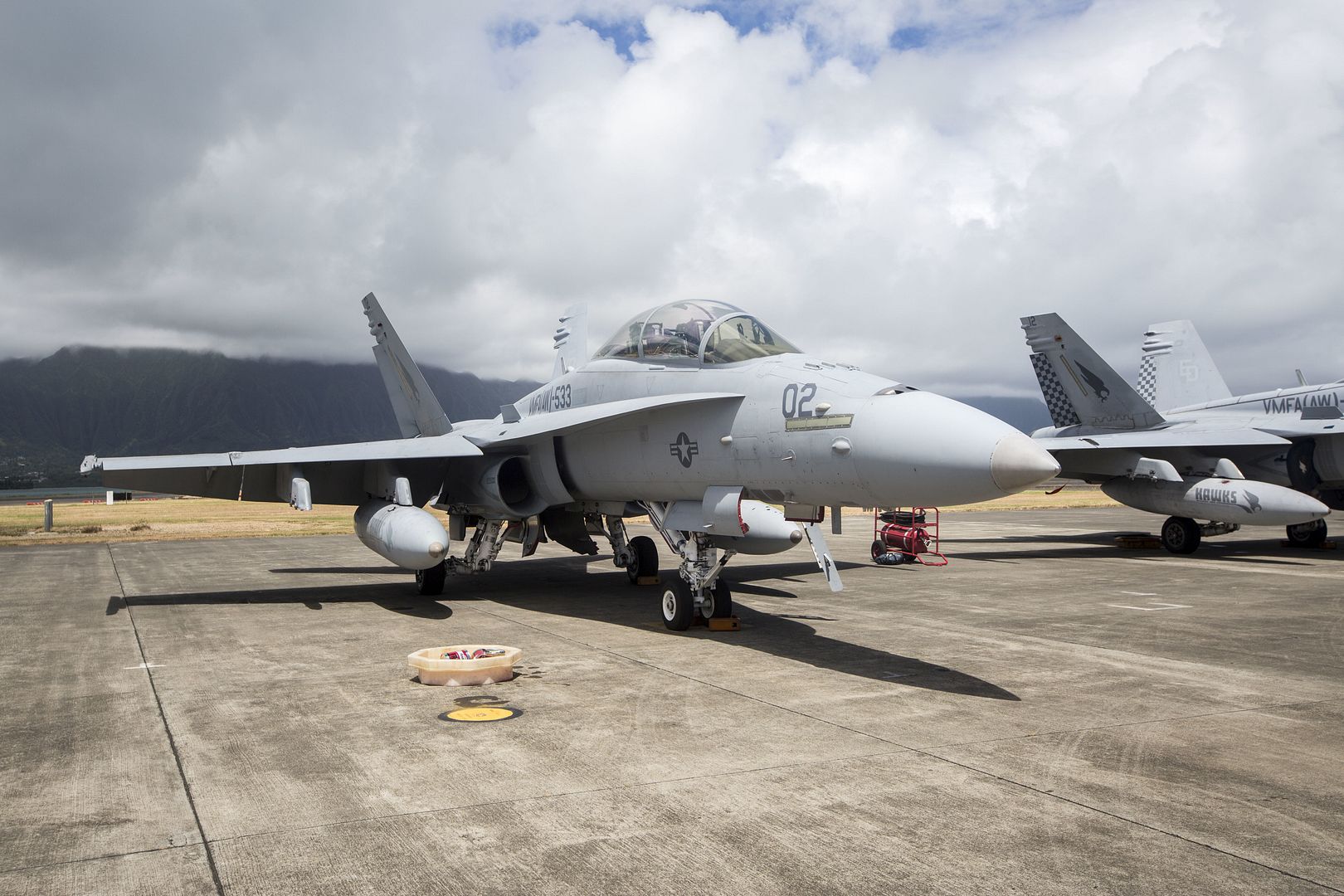
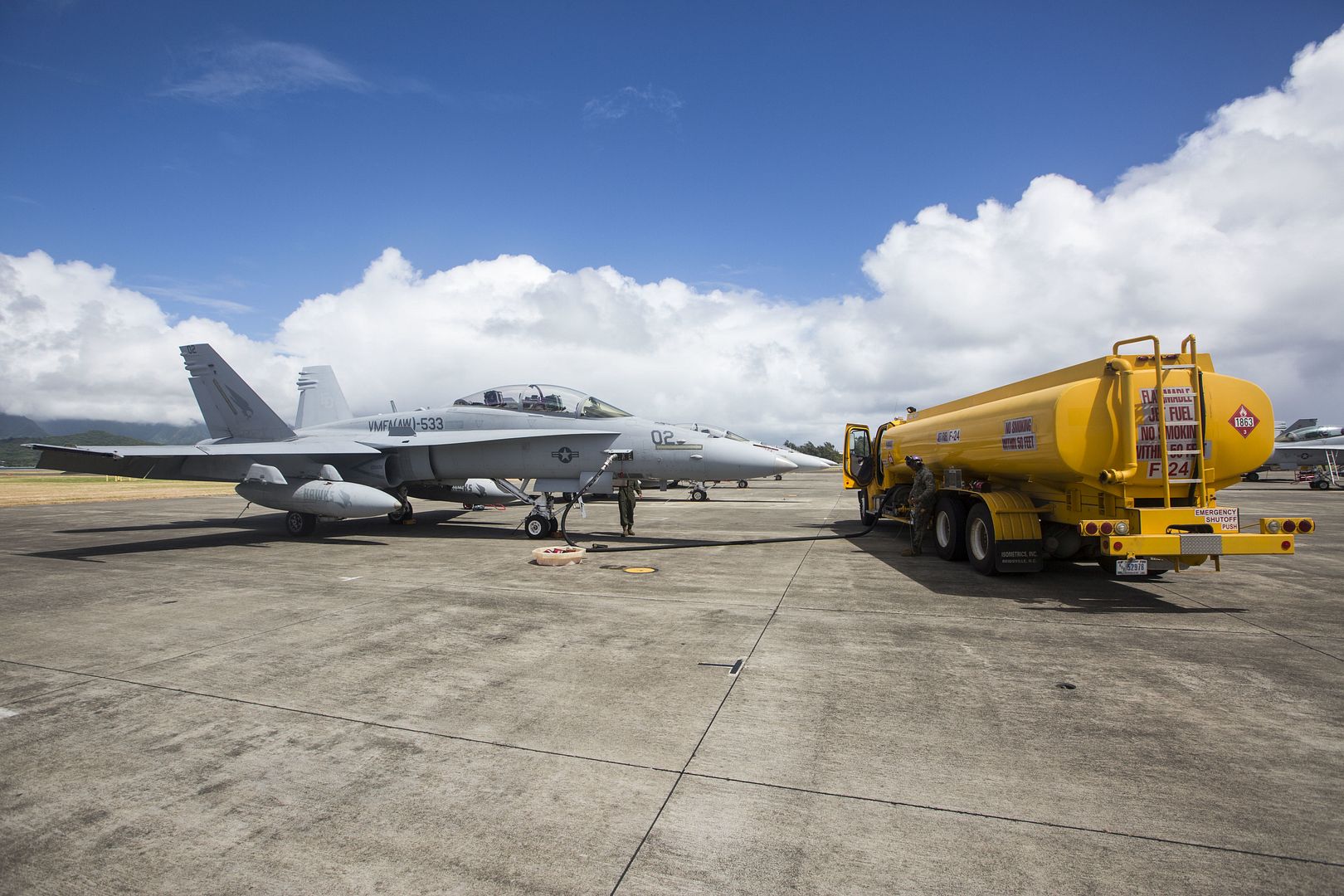
-
 Main AdminAircrew with the 4th Special Operations Squadron perform pre-flight inspections on an AC-130U Spooky gunship at Hurlburt Field, Fla., June 19, 2018. The AC-130U gunship?s primary missions are close air support, air interdiction and armed reconnaissance. Aircrew with the 4th SOS conducted a live-fire training mission to ensure readiness any time, any place. (U.S. Air Force photo's by Senior Airman Joseph Pick)
Main AdminAircrew with the 4th Special Operations Squadron perform pre-flight inspections on an AC-130U Spooky gunship at Hurlburt Field, Fla., June 19, 2018. The AC-130U gunship?s primary missions are close air support, air interdiction and armed reconnaissance. Aircrew with the 4th SOS conducted a live-fire training mission to ensure readiness any time, any place. (U.S. Air Force photo's by Senior Airman Joseph Pick)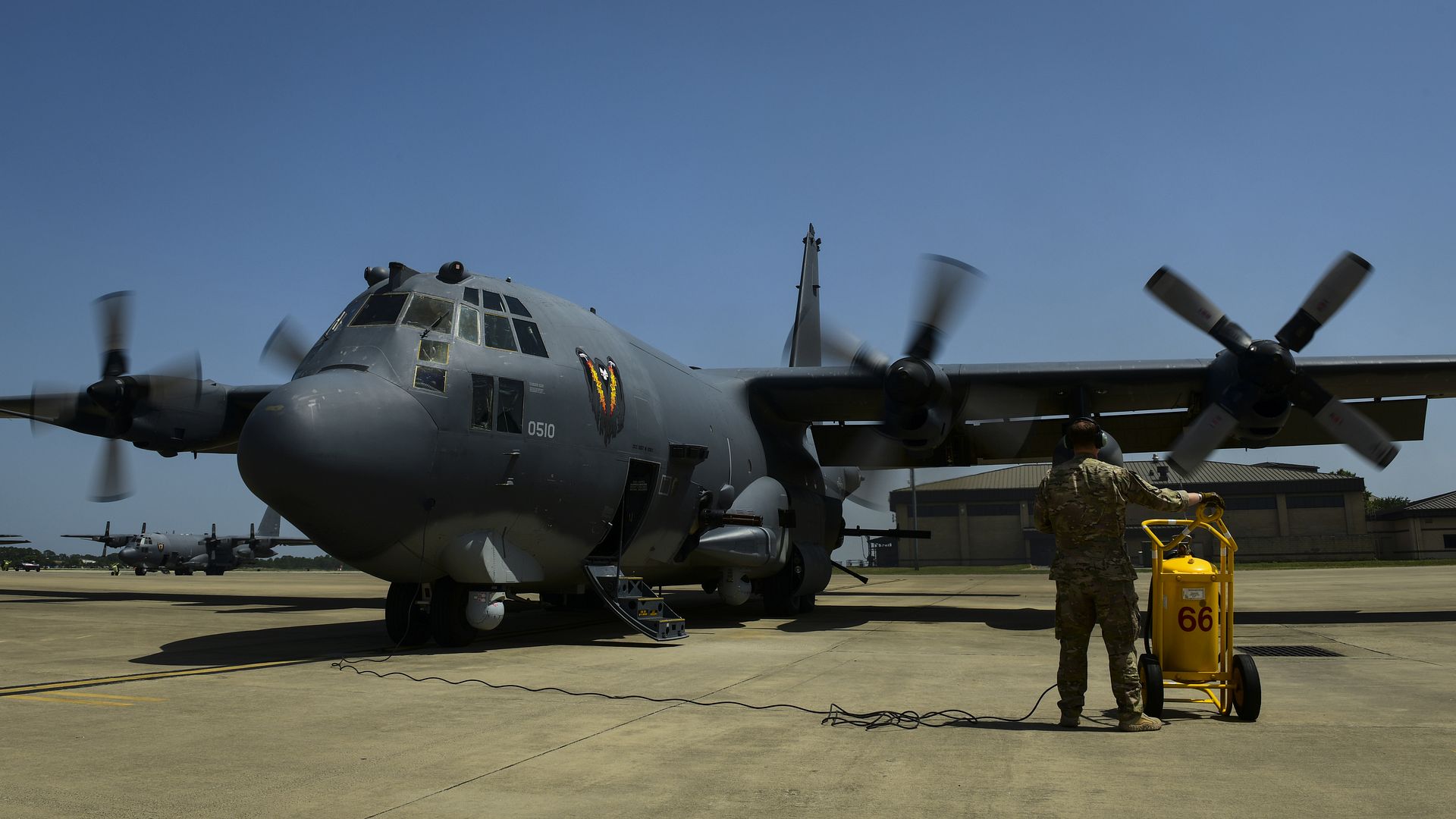
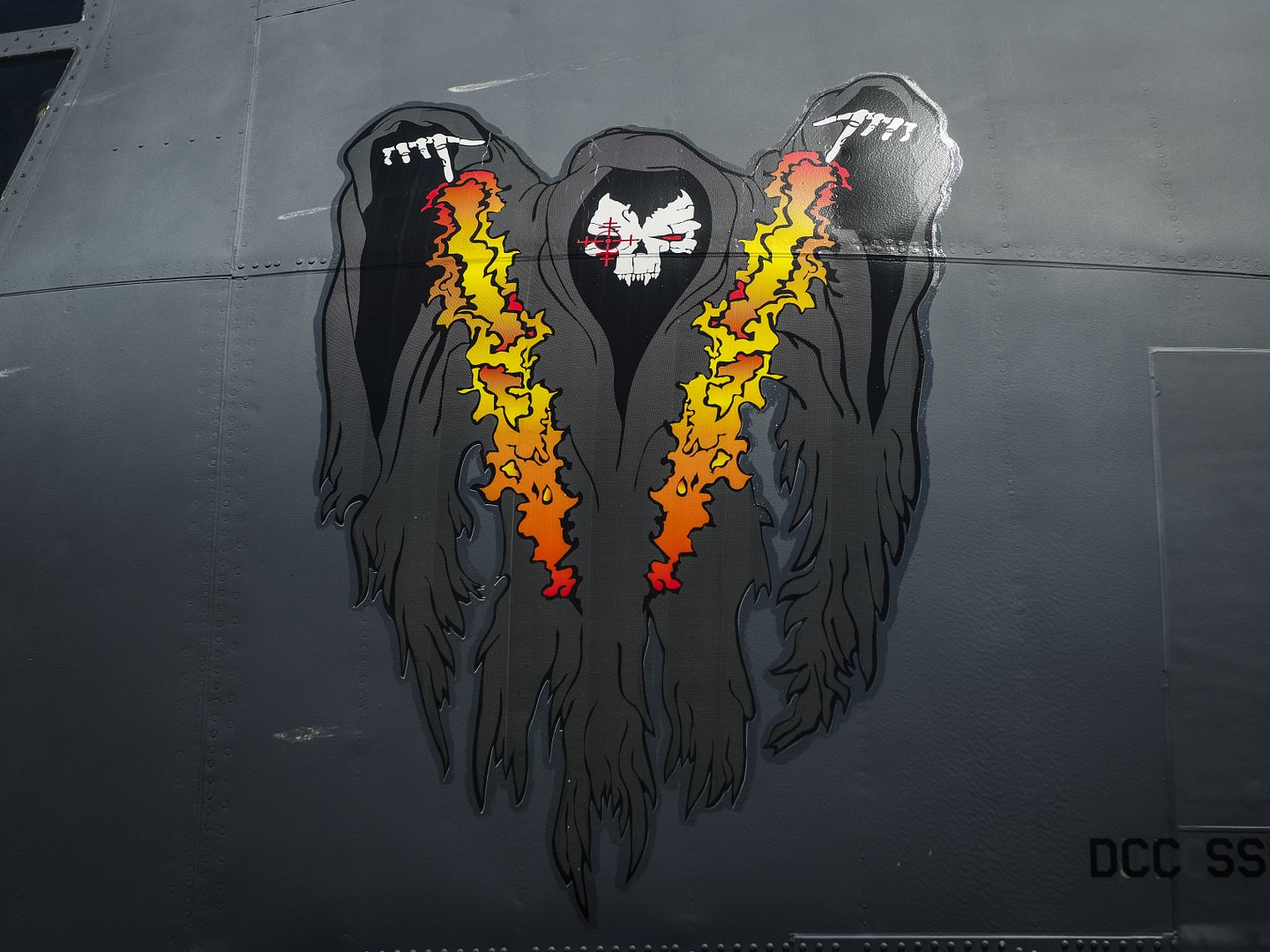
FORT WORTH, Texas, June 25, 2018 /PRNewswire/ -- Lockheed Martin (NYSE: LMT) received a $1.12 billion contract from the U.S. government to produce 16 new F-16 Block 70 aircraft for the Royal Bahraini Air Force. The Undefinitized Contract Action award represents the first F-16 Block 70 sale and the first F-16 production program to be performed in Greenville, South Carolina.
The Kingdom of Bahrain is the first customer to procure the F-16 Block 70, the newest and most advanced F-16 production configuration.
"We value our long-standing relationship with the Kingdom of Bahrain and look forward to beginning production activities on their first Block 70 aircraft at our facility in Greenville," said Susan Ouzts, vice president of Lockheed Martin's F-16 Program. "This sale highlights the significant, growing demand we see for new production F-16s around the globe."
Lockheed Martin expects F-16 production to create between 150 and 200 new jobs in Greenville. F-16 production also supports hundreds of U.S.-based Lockheed Martin engineering, procurement, sustainment and customer support jobs and thousands of U.S. supplier jobs. The F-16 supply chain is currently supported by 450 U.S. suppliers in 42 states.
The F-16 Block 70 features advanced avionics, a proven Active Electronically Scanned Array radar, a modernized cockpit, advanced weapons, conformal fuel tanks, an automatic ground collision avoidance system, an advanced engine and an industry-leading extended structural service life of 12,000 hours.
The combat-proven F-16 continues to prove itself as the world's most successful, combat-proven multi-role fighter. To date, 4,604 F-16s have been procured by 28 customers around the world. Approximately 3,000 operational F-16s are flying today with 25 leading air forces, including the U.S. Air Force.
For additional information, visit: lockheedmartin.com/f16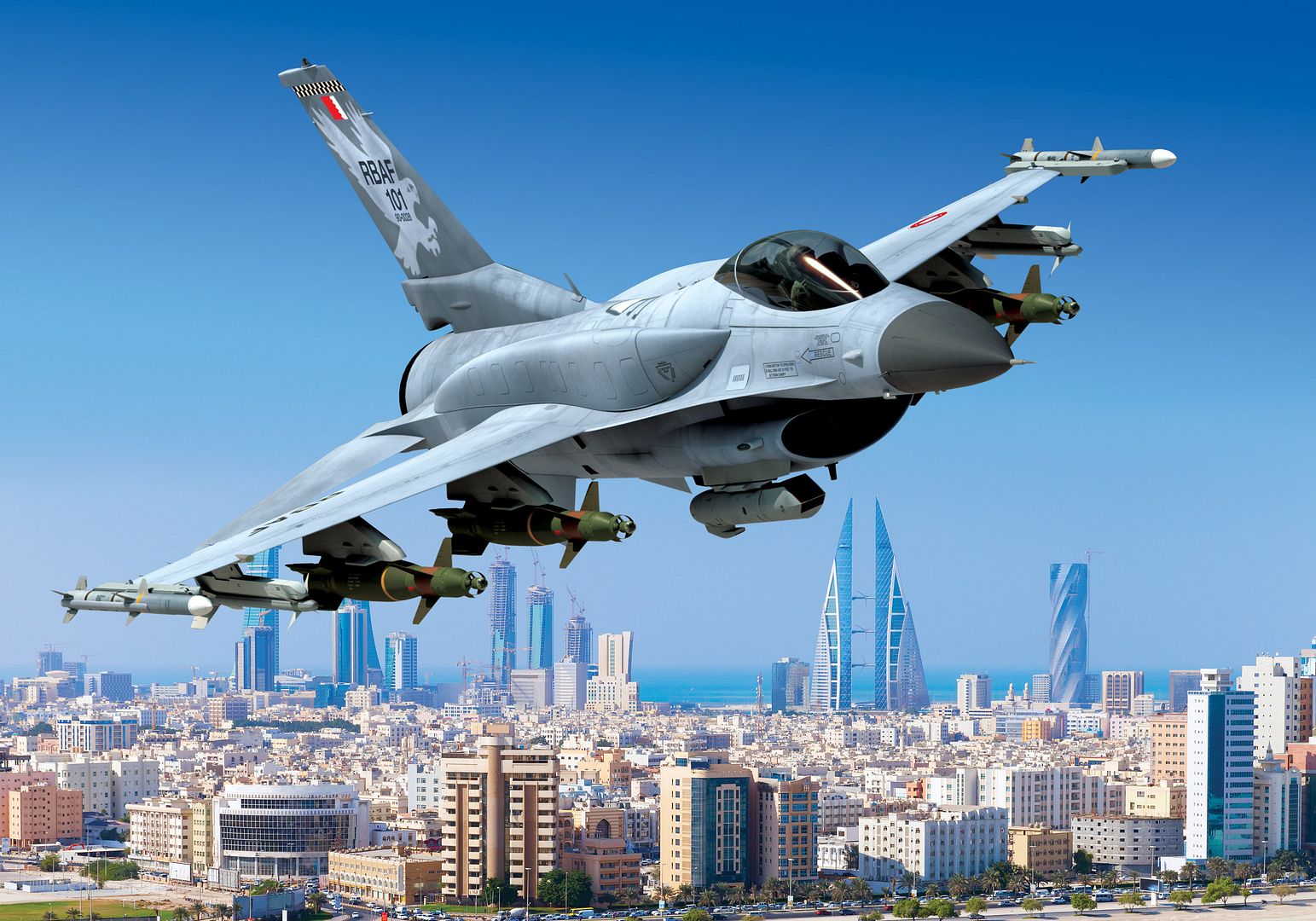
Historic trans-Atlantic flight planned for new Royal Air Force aircraft
Date: 25 Jun 2018
The UK is the lead customer for the next-generation aircraft which will be known as the Protector RG Mk.1 when it enters service in the early 2020?s. Operated at all times by a fully qualified pilot, Protector is the World?s first RPAS to be designed, built and certified against stringent NATO and UK Safety Certification standards equivalent to manned aircraft.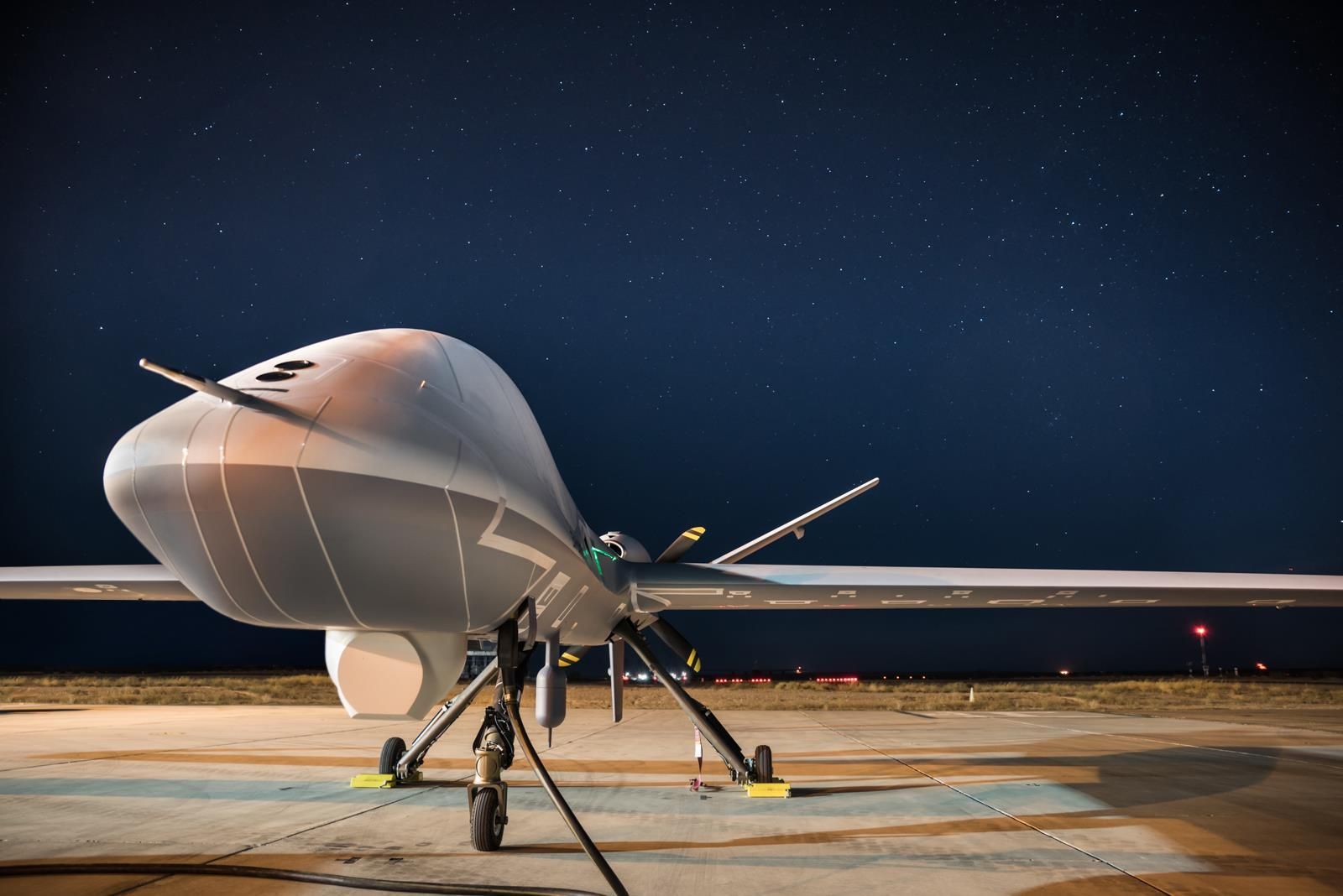
The flight from North Dakota to Gloucestershire is likely to take over 20 hours and will be the first across the Atlantic by a Medium Altitude RPAS and the first time one has entered UK airspace under beyond line-of-sight communication control.
The Minister for Defence Procurement, Guto Bebb MP said:
?Protector?s first arrival in the UK is an exciting milestone in our mission to get the most advanced equipment to combat the intensifying threats that we face. With almost double the endurance of its predecessor and armed with the latest missiles and surveillance technology, this unmanned aircraft will not only give us a decisive advantage on the battlefield but will help us reach new heights to keep Britain safe at home and overseas.?
Guto Bebb
Minister for Defence Procurement
Air Vice-Marshal Rochelle, Chief of Staff Capability said:
?The first trans-Atlantic flight of the Protector reinforces the Royal Air Force as being at the forefront of cutting edge technology. Offering over 40 hours? endurance Protector will provide the RAF with unrivalled intelligence gathering possibilities. The decision to expand our Remotely Piloted Air System (RPAS) fleet with this world leading aircraft will offer a game changing leap in capability and marks the next step in our modernisation in our 100th year.?
Air Vice-Marshal Rochelle
Chief of Staff Capability
Protector is capable of supporting an array of homeland defence tasks, including Military Aid to Civil Authorities ? for example search and rescue, disaster monitoring or flood prevention activities.
For the first flight across the Atlantic to succeed the RAF provided guidance, advice and supervision of UK airspace procedures.
The aircraft will be placed on static display at the Royal International Air Tattoo, demonstrating a key component of the future of next generation RAF Air Power and UK leadership in this field.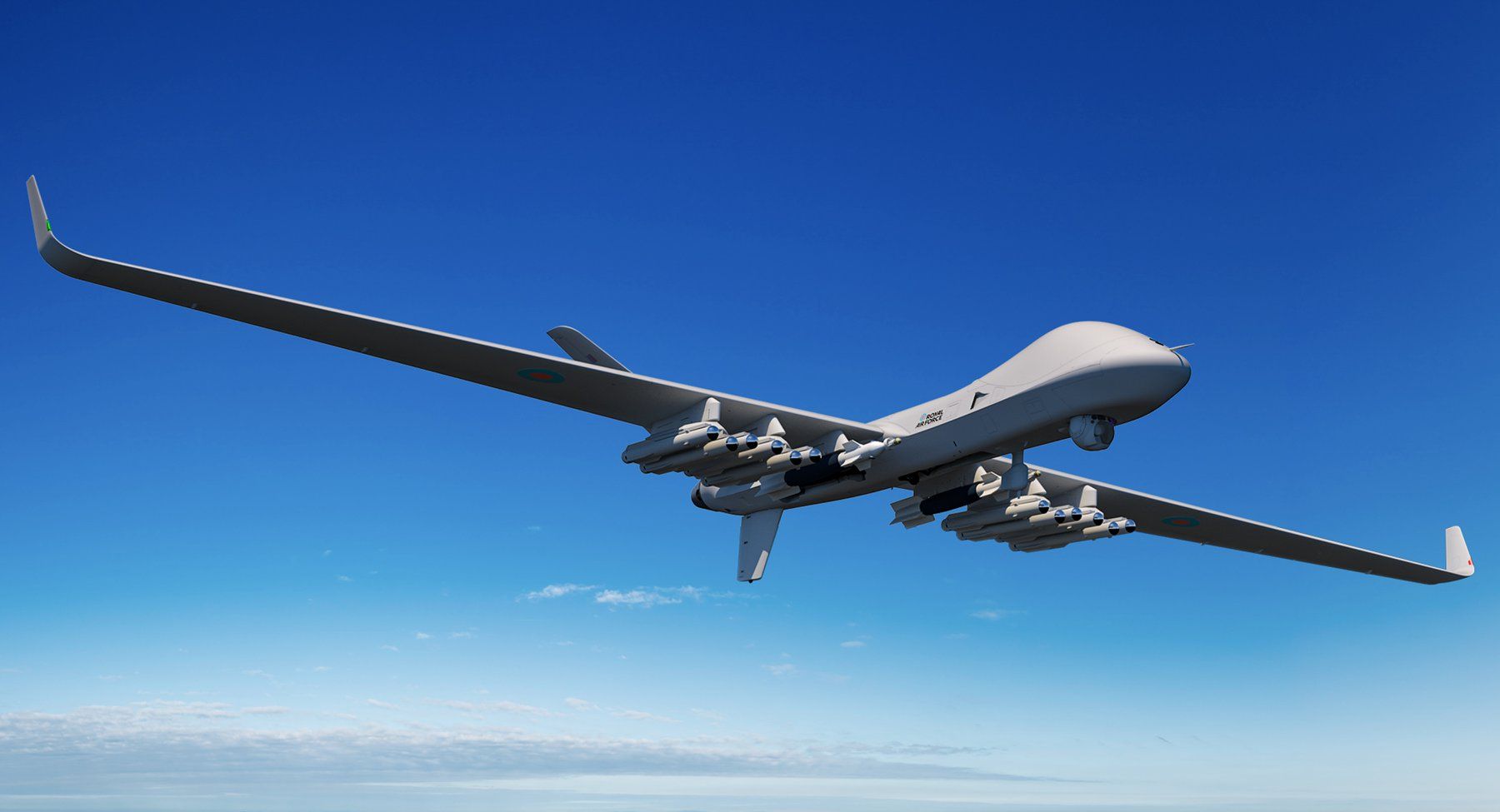
-
 Main AdminLt. Gen. Kenneth Wilsbach, 11th Air Force commander, Col. David Mineau, 354th Fighter Wing commander, and Chief Master Sgt. Gene Kapuchuck, interim 354th FW command chief master sergeant, standby to greet Secretary of Defense James N. Mattis upon arrival June 24, 2018 at Eielson Air Force Base, Alaska. Mattis began his seventh trip to the Indo-Pacific region in Alaska. He will travel to China, South Korea and Japan. (U.S. Air Force photo by Tech. Sgt. Jerilyn Quintanilla)
Main AdminLt. Gen. Kenneth Wilsbach, 11th Air Force commander, Col. David Mineau, 354th Fighter Wing commander, and Chief Master Sgt. Gene Kapuchuck, interim 354th FW command chief master sergeant, standby to greet Secretary of Defense James N. Mattis upon arrival June 24, 2018 at Eielson Air Force Base, Alaska. Mattis began his seventh trip to the Indo-Pacific region in Alaska. He will travel to China, South Korea and Japan. (U.S. Air Force photo by Tech. Sgt. Jerilyn Quintanilla)
ATLANTIC OCEAN (June 24, 2018) A T-45 Goshawk lands aboard the aircraft carrier USS George H.W. Bush (CVN 77). The ship is underway conducting routine training exercises to maintain carrier readiness. (U.S. Navy photo's by Mass Communication Specialist 2nd Class David Mora Jr.)

Dayton, Ohio (June 23, 2018)? The U.S. Navy flight demonstration squadron, the Blue Angels, perform during the Vectren Dayton Air Show in Dayton, Ohio. The Blue Angels are scheduled to perform more than 60 demonstrations at more than 30 locations across the U.S. and Canada in 2018. (U.S. Navy photo by Mass Communication Specialist 2nd Class Timothy Schumaker/Released)
Key West, Florida (June 26, 2018) An F/A-18E Super Hornet with the "Gunslingers" of Strike Fighter Squadron (VFA) 105 prepares to land at Naval Air Station Key West's Boca Chica Field following a training sortie. The squadron is participating in the Strike Fighter Advance Readiness Program with Carrier Air Wing 7, which is based at Oceana Naval Air Station, Virginia. Key West is a state-of-the-art facility for air-to-air combat fighter aircraft of all military services and provides world-class pierside support to U.S. and foreign naval vessels. (U.S. Navy Photo Jolene Scholl/Released)
A P-51 Mustang sits on the airfield June 24, 2018, at Hill Air Force Base, Utah. (U.S. Air Force photo by Todd Cromar)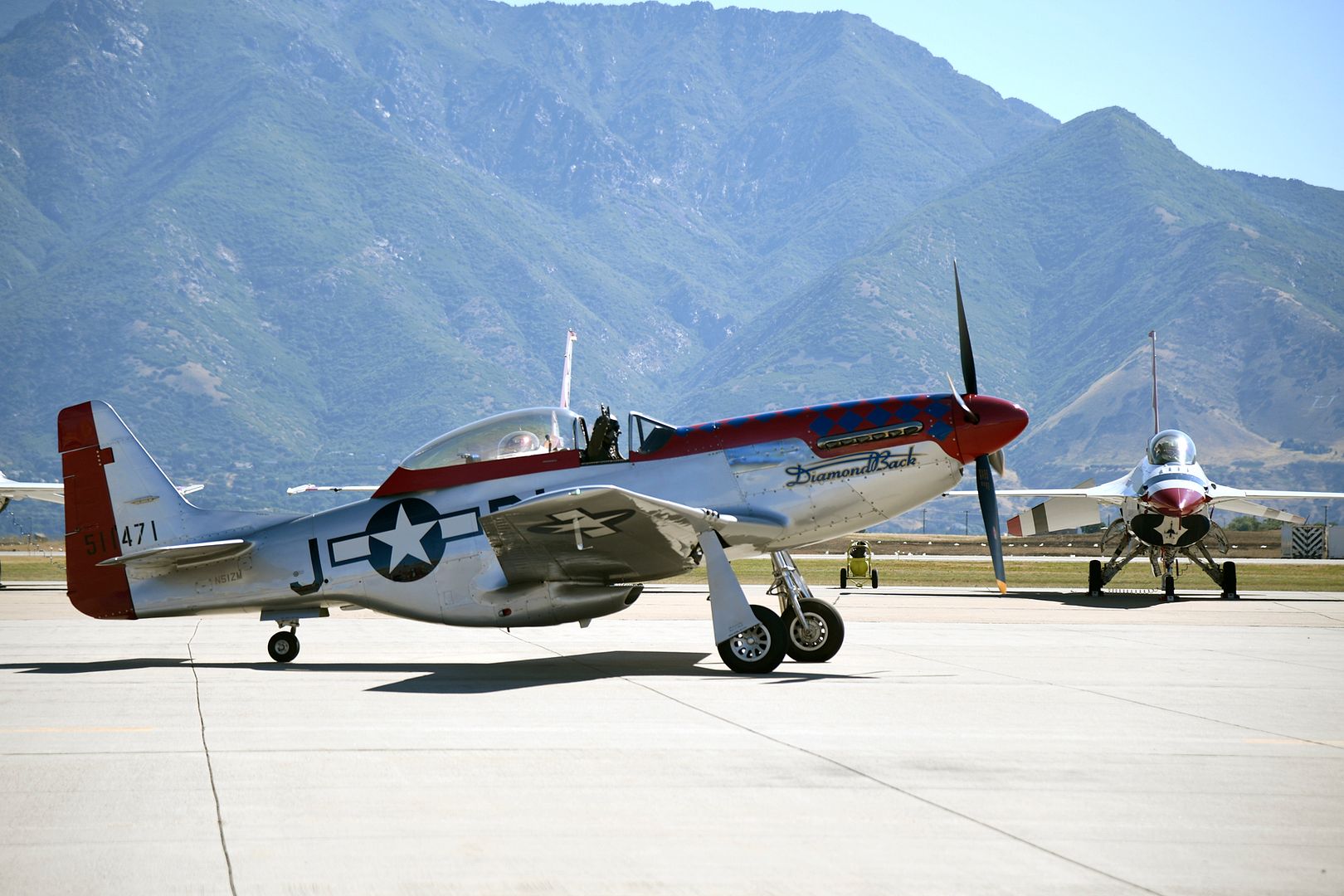
The U.S. Air Force Thunderbirds perform the solo aircraft inverted pass during the Warriors Over the Wasatch Air and Space Show June 23, 2018, at HIll Air Force Base, Utah. (U.S. Air Force photo by David Perry)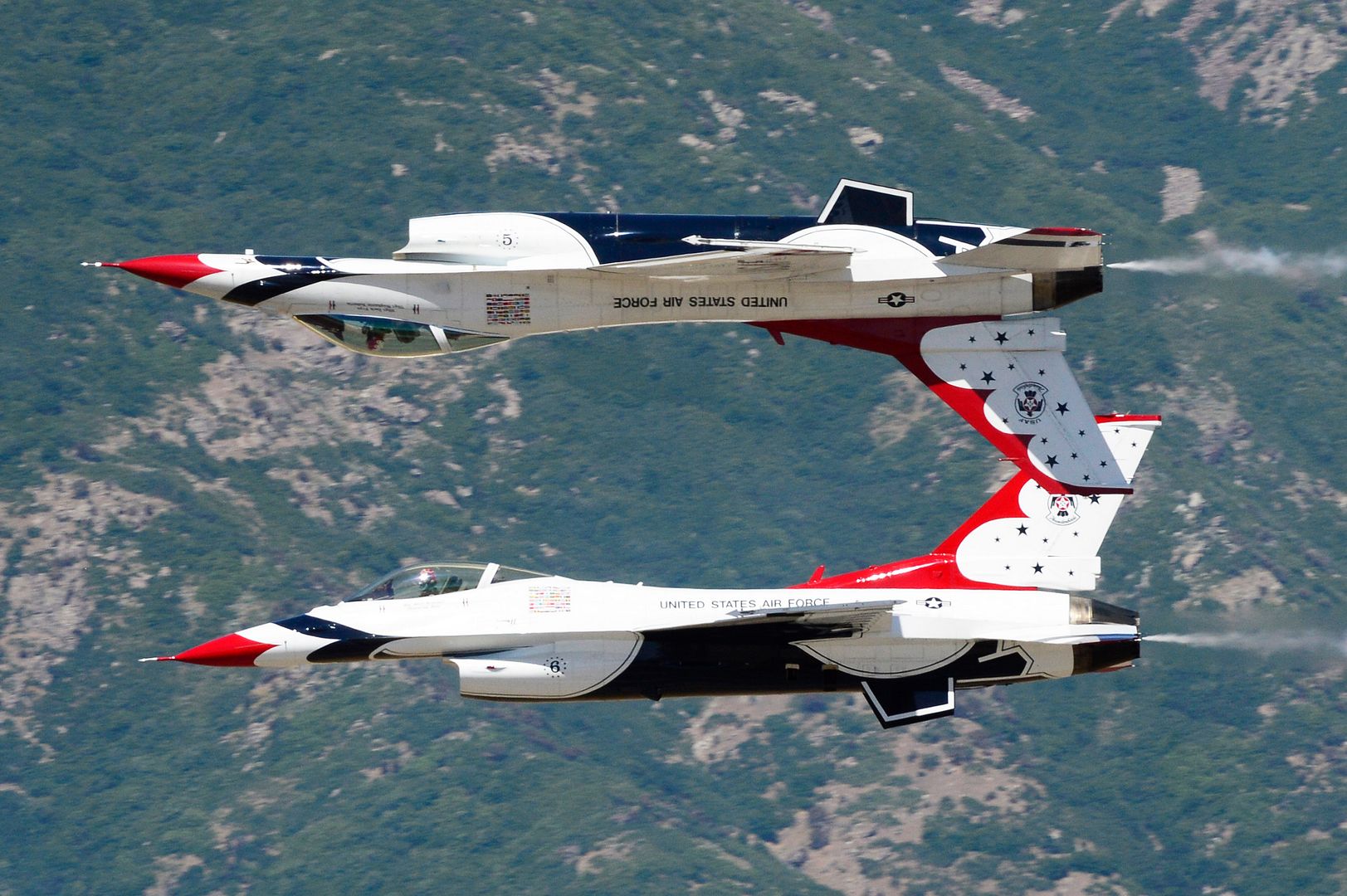
CHICAGO, June 26, 2018 /PRNewswire/ -- Boeing [NYSE: BA] today announced its investment in Matternet, a Menlo Park, Calif.-based startup pioneering safe, on-demand unmanned aerial vehicle (UAV) delivery operations in urban environments. Matternet's advanced logistics platform ? combined with Boeing's expertise in complex logistics, integration and manufacturing capabilities ? will further enable reliable, efficient cargo air transportation.
Matternet became the world's first company to receive authorization to launch UAV operations over densely populated areas in Switzerland in 2017. Leveraging its Matternet Station, M2 drone and Cloud platform, the company has achieved safe flights over densely populated areas and partnered with Swiss Post for on-demand deliveries of medical samples to hospitals in Switzerland.
"Matternet's technology and proven track record make the development of a safe, global autonomous air mobility system a near-term reality," said Brian Schettler, managing director of Boeing HorizonX Ventures. "Our investment will allow Matternet to scale its operations while strengthening Boeing's position as a leader in next-generation transportation solutions."
In May 2018, Matternet was selected to participate in a joint U.S. Department of Transportation and Federal Aviation Administration program aimed at accelerating integration of unmanned aircraft into national airspace. As part of the program, Matternet will work with hospitals, universities and transportation agencies in California and North Carolina to facilitate on-demand delivery of medical supplies and samples.
Today, Matternet joined an initiative to shape the future of mobility as part of the World Economic Forum. The company will participate in the Drone Innovators Network to accelerate a safe, sustainable, global mobility system focused on improving people's lives.
"We are excited to partner with Boeing, the pioneers of safe commercial aviation, to make this new mode of transport mainstream," said Matternet Founder and Chief Executive Officer Andreas Raptopoulos. "As we expand Matternet's U.S. and global operations, we will work with Boeing to make next-generation aerial logistics networks a reality and transform our everyday lives."
Boeing HorizonX Ventures led the $16 million, Series A investment in Matternet, with participation by Swiss Post, Sony Innovation Fund and Levitate Capital.
The Boeing HorizonX Ventures investment portfolio is made up of companies specializing in technologies for aerospace and manufacturing innovations, including autonomous systems, energy and data storage, advanced materials, augmented reality systems and software, machine learning, hybrid-electric and hypersonic propulsion, and Internet of Things connectivity.
Boeing is the world's largest aerospace company and leading manufacturer of commercial jetliners and defense, space and security systems. A top U.S. exporter, the company supports airlines and U.S. and allied government customers in more than 150 countries.
Iberia, Spain?s flag carrier and a founding member of the IAG?s group of airlines, has taken delivery of its first of 16 A350 XWB on order, becoming the 18th airline to operate the world?s newest and most efficient twin-engine widebody.
The aircraft is the first A350-900 to feature the latest performance improvement package including a wing twist, extended winglets and increased maximum takeoff weight capability, delivering unrivalled performance across Iberia?s network. The aircraft is configured in a premium three-class layout, with 348 seats, including 31 full lie-flat bed Business, 24 Premium Economy and 293 Economy seats.
?We are delighted to receive our first A350, an aircraft that represents perfectly the efficiency and modernity of the new Iberia, as well as the power and energy that brought us here,? said Luis Gallego, President of Iberia. ?If during these last years we transformed ourselves to survive, now we are transforming ourselves for excellence, a cycle change that this new aircraft represents so well.?
?We are tremendously proud of Airbus? long standing relationship with Iberia and to be delivering its first A350-900,? said Tom Enders, Airbus CEO. ?Iberia was a founding member airline of IAG, a group that with this delivery successfully operates every member of our commercial aircraft family, from the A318 to the largest A380 and now the most modern A350. Congratulations to the teams of Iberia and IAG.?
The A350-900 will join Iberia?s all-Airbus fleet comprising more than 100 aircraft (including Iberia Express), allowing them to leverage the full benefit of Airbus? unique aircraft family commonality.
In order to reduce its carbon footprint, the A350 XWB delivery flight from Toulouse to Madrid is fuelled with a blend of sustainable jet fuel.
The A350 XWB features the latest aerodynamic design, carbon fibre fuselage and wings, plus new fuel-efficient Rolls-Royce Trent XWB engines. Together, these latest technologies translate into unrivalled levels of operational efficiency, with a 25 percent reduction in fuel burn and emissions, and significantly lower maintenance costs. As the founding member of ?Airspace by Airbus? cabin brand, the A350 XWB cabin provides passengers and crews the best in comfort, well-being and technology.
To date, Airbus has recorded 847 firm orders for the A350 XWB from 44 customers worldwide, already making it one of the most successful widebody aircraft ever.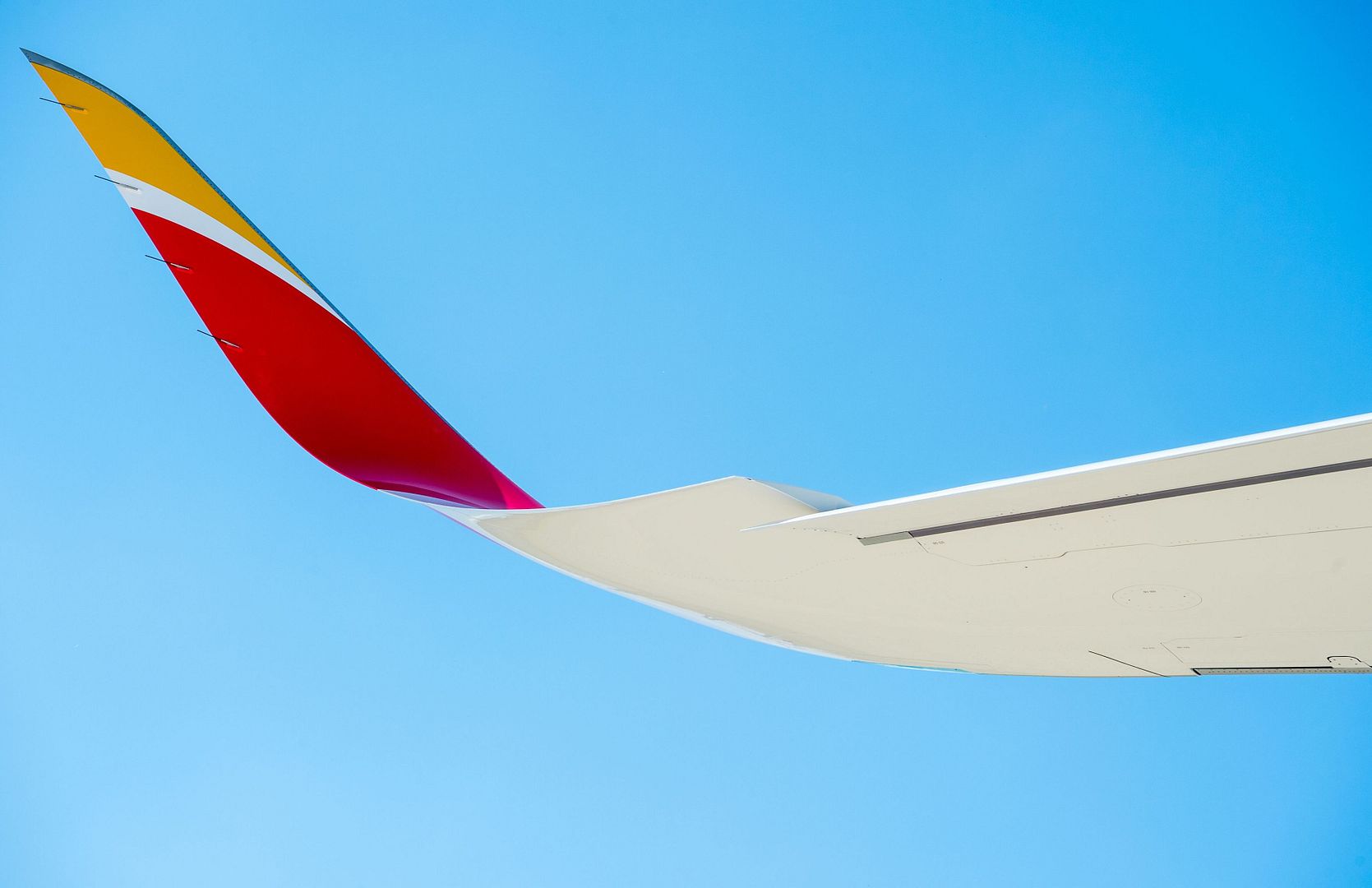
-
 Main AdminA Coast Guard Air Station Sitka MH-60 Jayhawk helicopter crew prepares to hoist approximately 1,300 feet of oil containment boom using cargo nets in Juneau, Alaska, June 26, 2018. The hoist was part of an effort to test and deploy oil containment boom across Echo Cove and Cowee Creek, Alaska, as part of a Geographic Response Strategy listed in the Southeast Alaska Area Contingency Plan. U.S. Coast Guard photo's by Petty Officer 1st Class Jon-Paul Rios.
Main AdminA Coast Guard Air Station Sitka MH-60 Jayhawk helicopter crew prepares to hoist approximately 1,300 feet of oil containment boom using cargo nets in Juneau, Alaska, June 26, 2018. The hoist was part of an effort to test and deploy oil containment boom across Echo Cove and Cowee Creek, Alaska, as part of a Geographic Response Strategy listed in the Southeast Alaska Area Contingency Plan. U.S. Coast Guard photo's by Petty Officer 1st Class Jon-Paul Rios.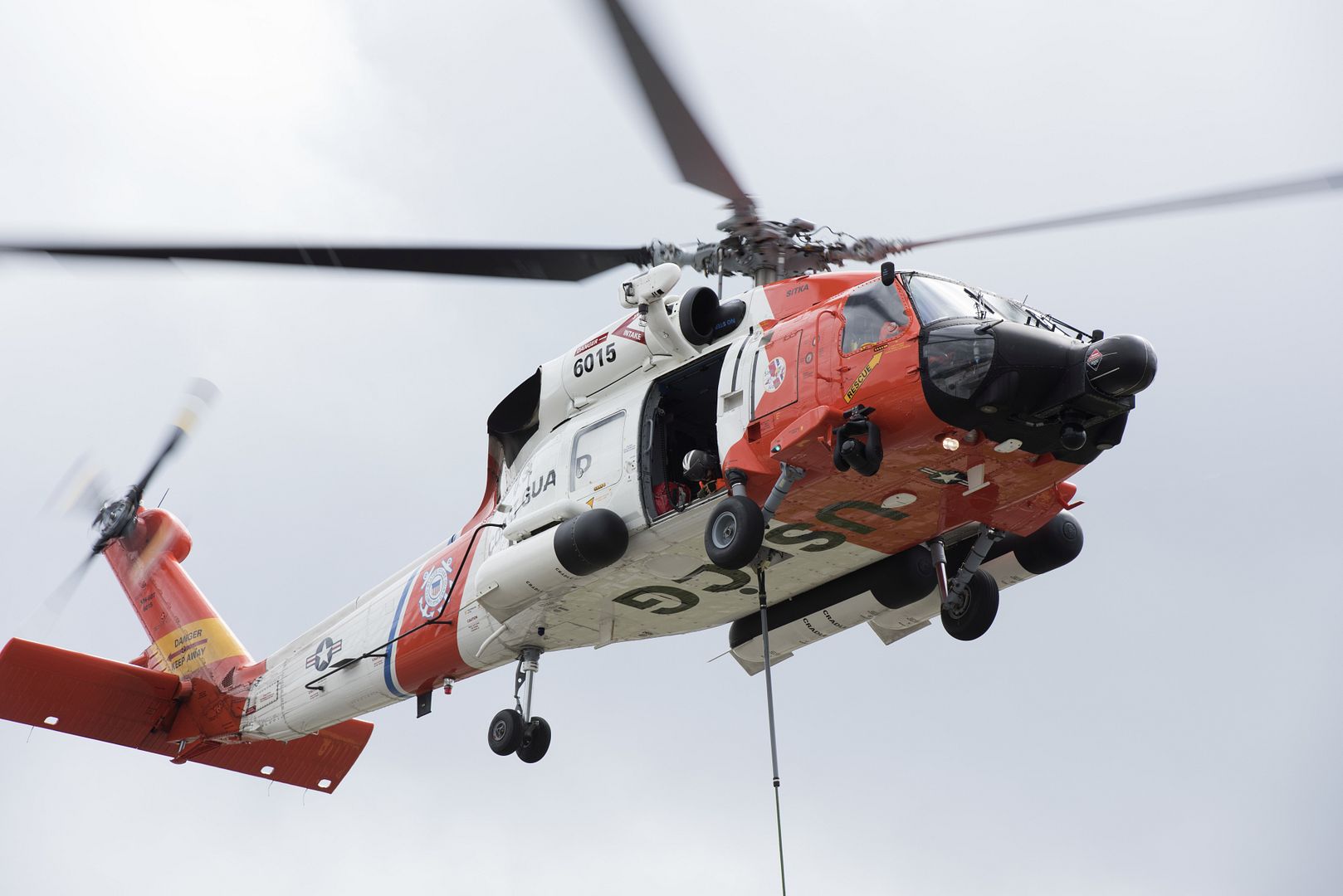

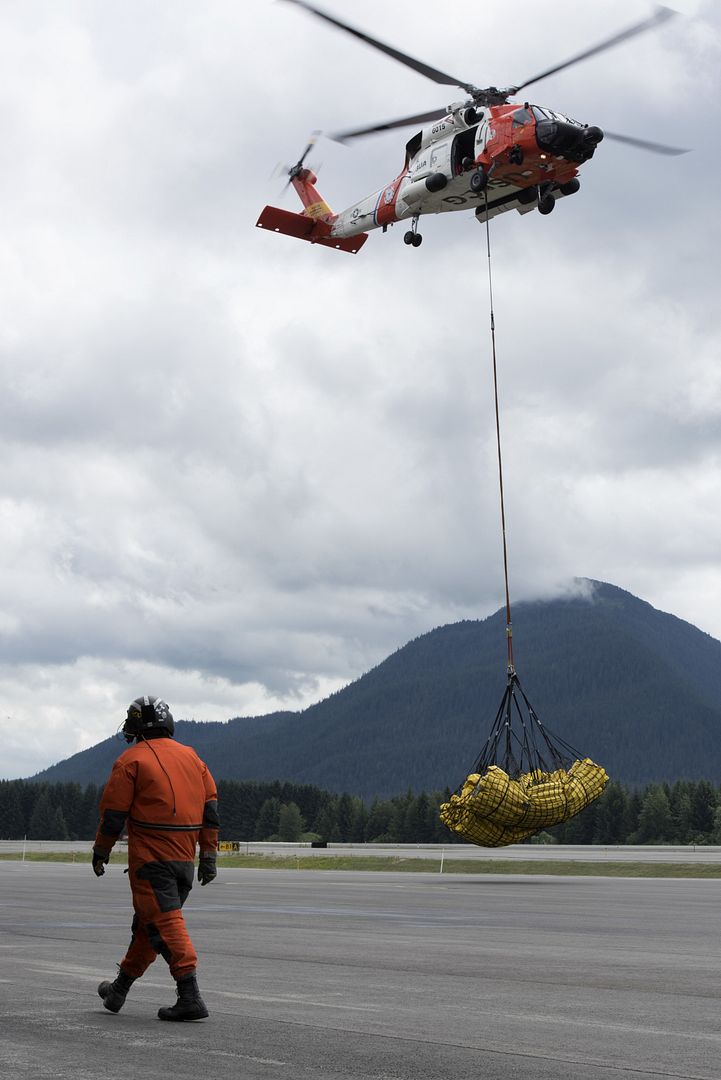
The last U.S. Air Force C-5M Super Galaxy to be delivered for operational use, sits on the tarmac near a Lockheed Martin hanger in Marietta, Georgia, to be displayed for a celebration commemorating 50 years of the C-5 Galaxy serving in the U.S. Air Force, June 26, 2018. The C-5M Super Galaxy will be delivered to the 439th Airlift Wing at Westover Air Reserve Base, Massachusetts. (DoD photo by Master Sgt. Stephen D. Schester)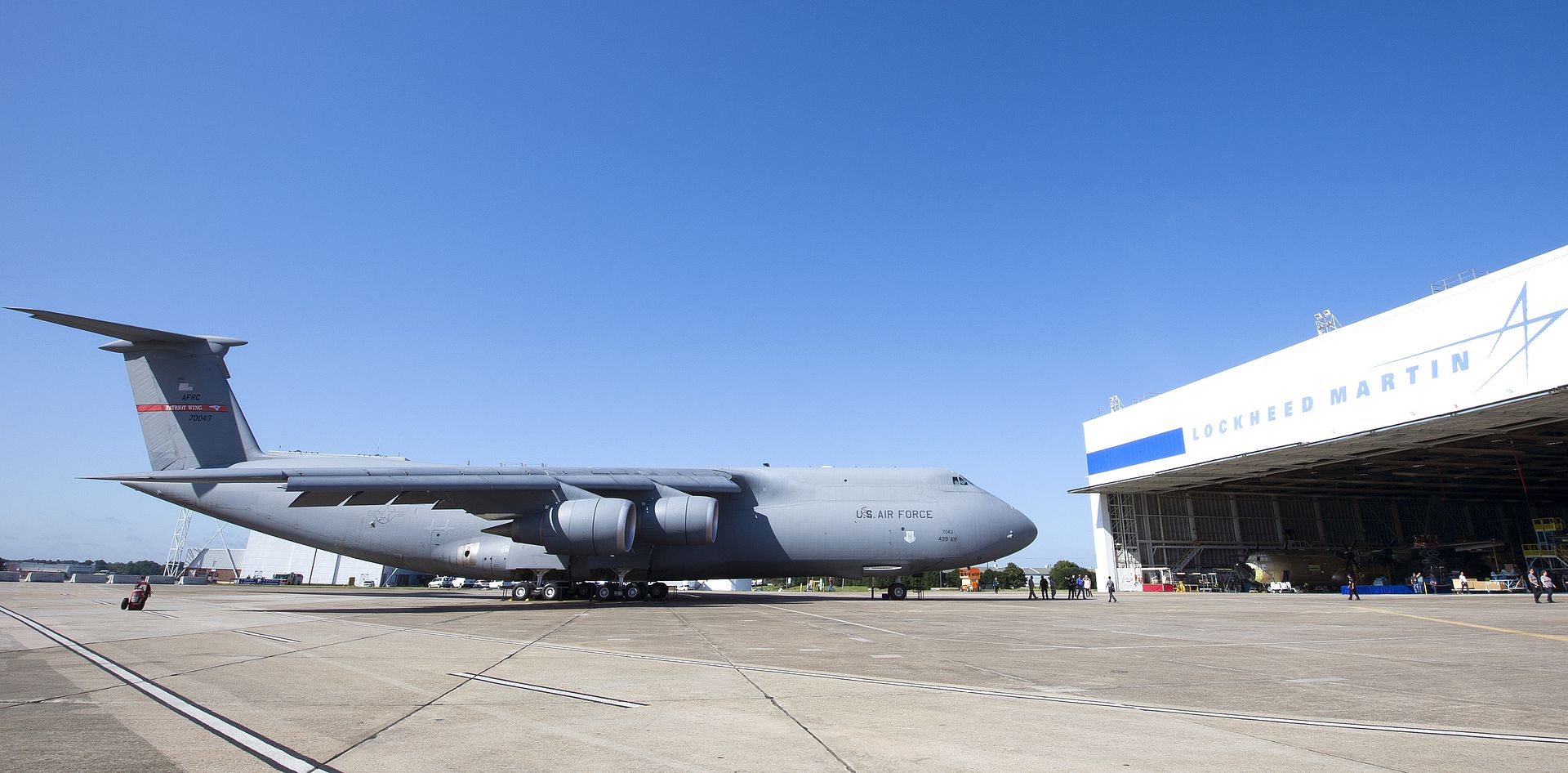
KANEOHE BAY, Hawaii (June 25, 2018) ? A Japan Maritime Self-Defense Force P-3C Orion arrives on Marine Corps Base Hawaii for Rim of the Pacific (RIMPAC) exercise. Twenty-six nations, more than 45 ships and submarines, about 200 aircraft, and 25,000 personnel are participating in RIMPAC from June 27 to Aug. 2 in and around the Hawaiian Islands and Southern California. The world?s largest international maritime exercise, RIMPAC provides a unique training opportunity while fostering and sustaining cooperative relationships among participants critical to ensuring the safety of sea lanes and security on the world?s oceans. RIMPAC 2018 is the 26th exercise in the series that began in 1971. (U.S. Navy photo's by Mass Communication Specialist 1st Class Kevin A. Flinn/Released)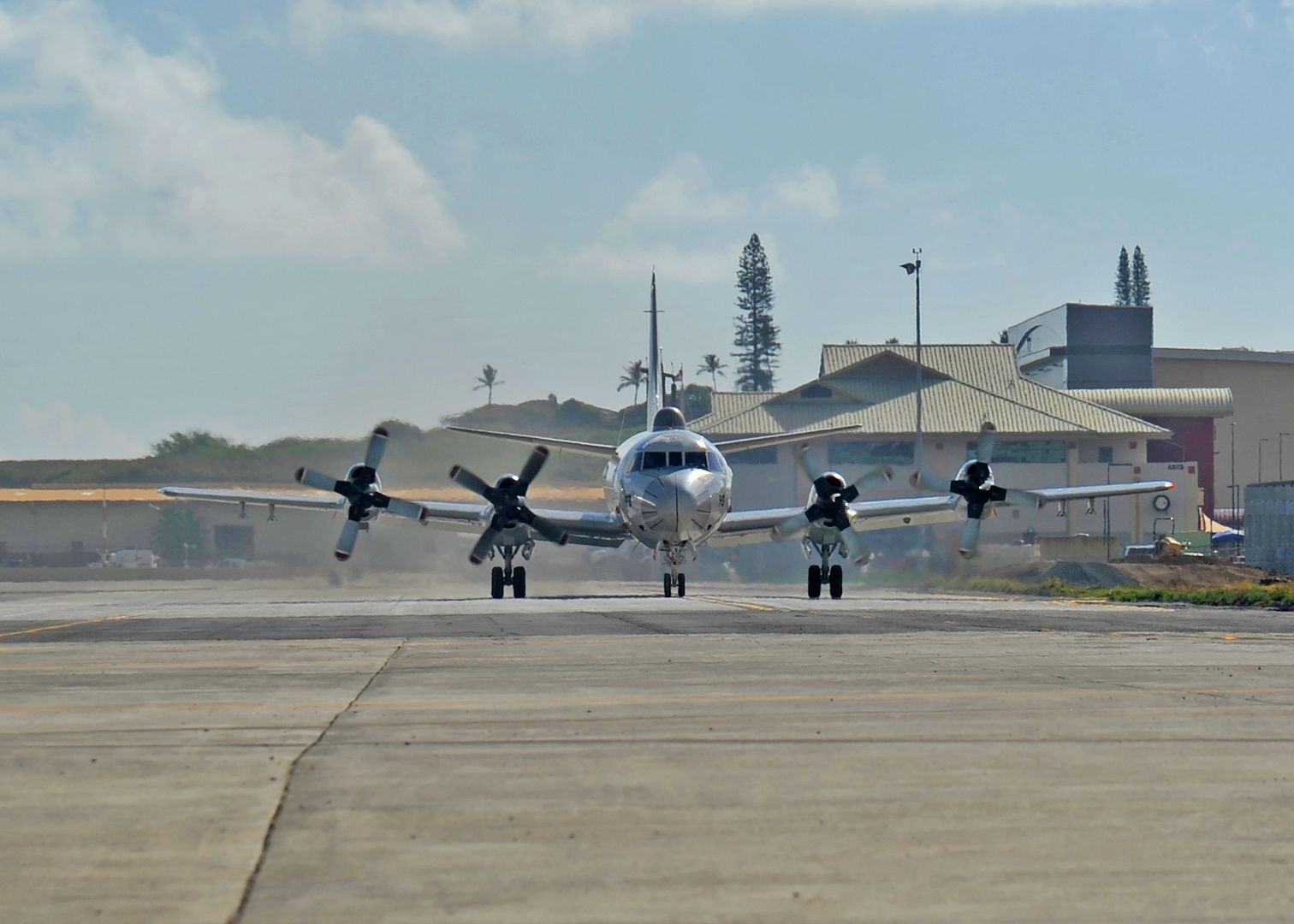
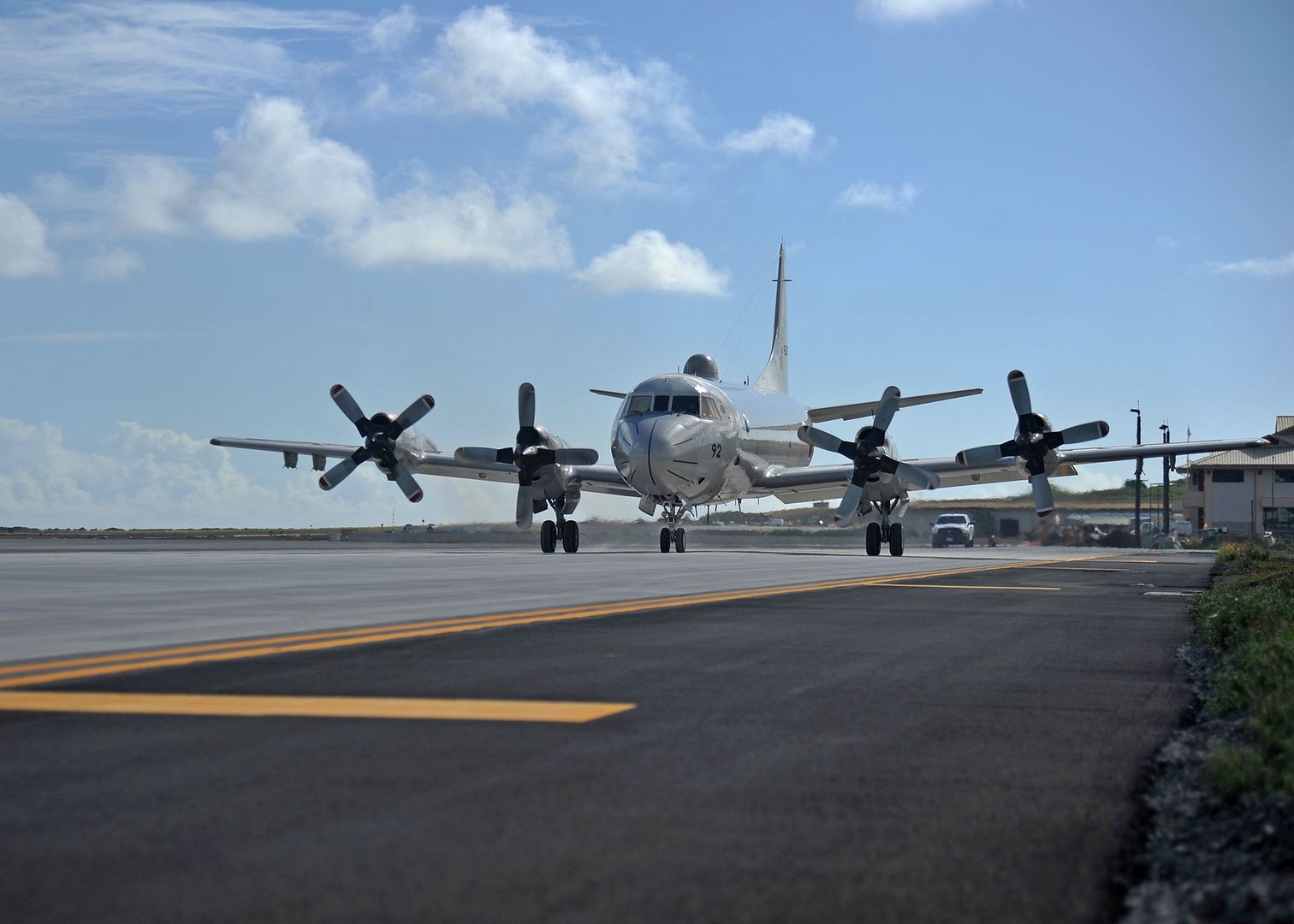
KANEOHE BAY, Hawaii (June 26, 2018) ? A Republic of Korea Navy P-3C Orion arrives at Marine Corps Base Hawaii for Rim of the Pacific (RIMPAC) exercise. Twenty-six nations, more than 45 ships and submarines, about 200 aircraft, and 25,000 personnel are participating in RIMPAC from June 27 to Aug. 2 in and around the Hawaiian Islands and Southern California. The world?s largest international maritime exercise, RIMPAC provides a unique training opportunity while fostering and sustaining cooperative relationships among participants critical to ensuring the safety of sea lanes and security of the world?s oceans. RIMPAC 2018 is the 26th exercise in the series that began in 1971. (U.S. Navy Photo by Yeoman 2nd Class Breanna Ancheta/RELEASED)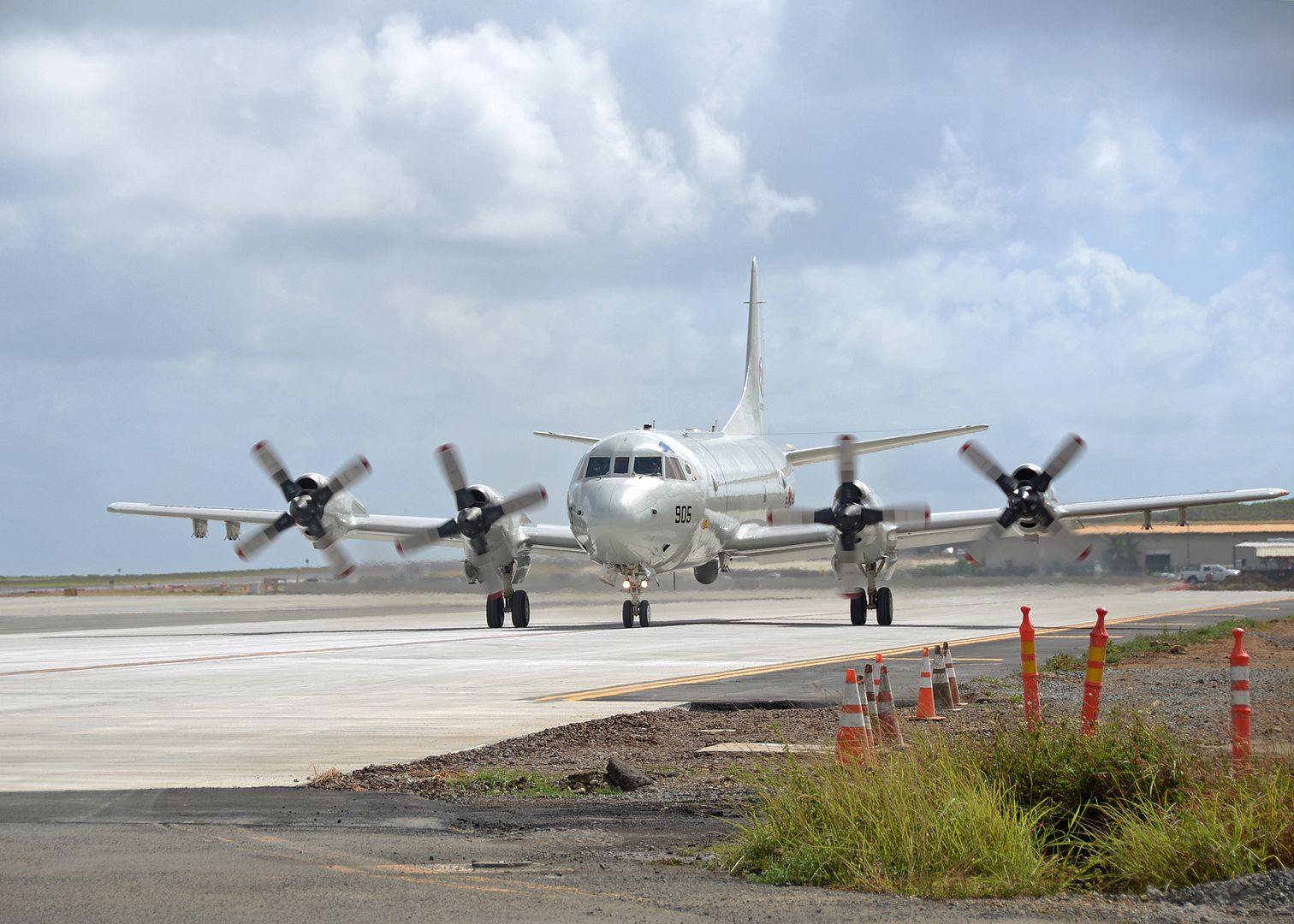
JOINT BASE ELMENDORF-RICHARDSON, Alaska - A Japan Air Self-Defense Force C-130H Hercules from Hamamatsu Air Base, Japan, taxis down the flightline during Red Flag-Alaska 18-2 operations at Joint Base Elmendorf-Richardson, Alaska, June 21, 2018. RF-A is Pacific Air Forces? premier air combat exercise, and provides joint offensive counter-air, interdiction, close air support and large-force employment training in a simulated combat environment. Red Flag-Alaska exercises take place in the Joint Pacific Alaska Range Complex over Alaska. The entire airspace is made up of extensive military operations areas, special-use airspace, and ranges, for a total airspace of more than 67,000 square miles.
Photo By: Senior Airman Curt Beach
MEDITERRANEAN SEA (June 26, 2018)
An F/A-18 Super Hornet flies over the Nimitz-class aircraft carrier USS Harry S. Truman (CVN 75) during a change of command ceremony for the "Fighting Checkmates" of Strike Fighter Squadron (VFA) 211. Harry S. Truman is operating in Commander 6th Fleet area of responsibility in support of maritime security operations alongside allies. U.S. Navy photo by Mass Communication Specialist 3rd Class Rebekah A. Watkins (Released)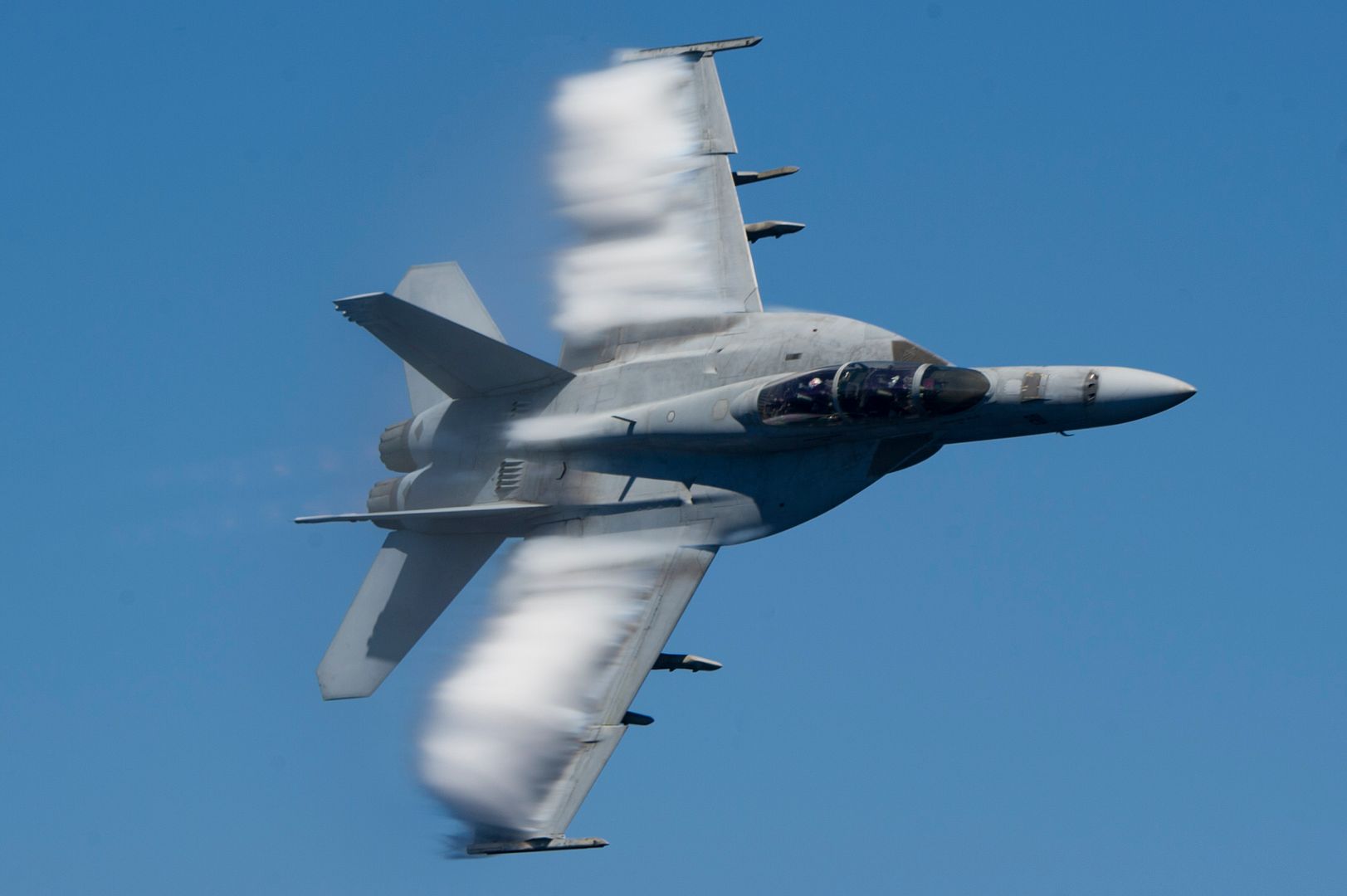
PHILIPPINE SEA (June 25, 2018) An F/A-18E Super Hornet assigned to Strike Fighter Squadron (VFA) 115 lands on the flight deck of the aircraft carrier USS Ronald Reagan (CVN 76). Ronald Reagan is the flagship of Carrier Strike Group 5, providing a combat-ready force that protects and defends the collective maritime interests of its allies and partners in the Indo-Pacific region. (U.S. Navy photo by Mass Communication Specialist 2nd Class Kenneth Abbate/Released)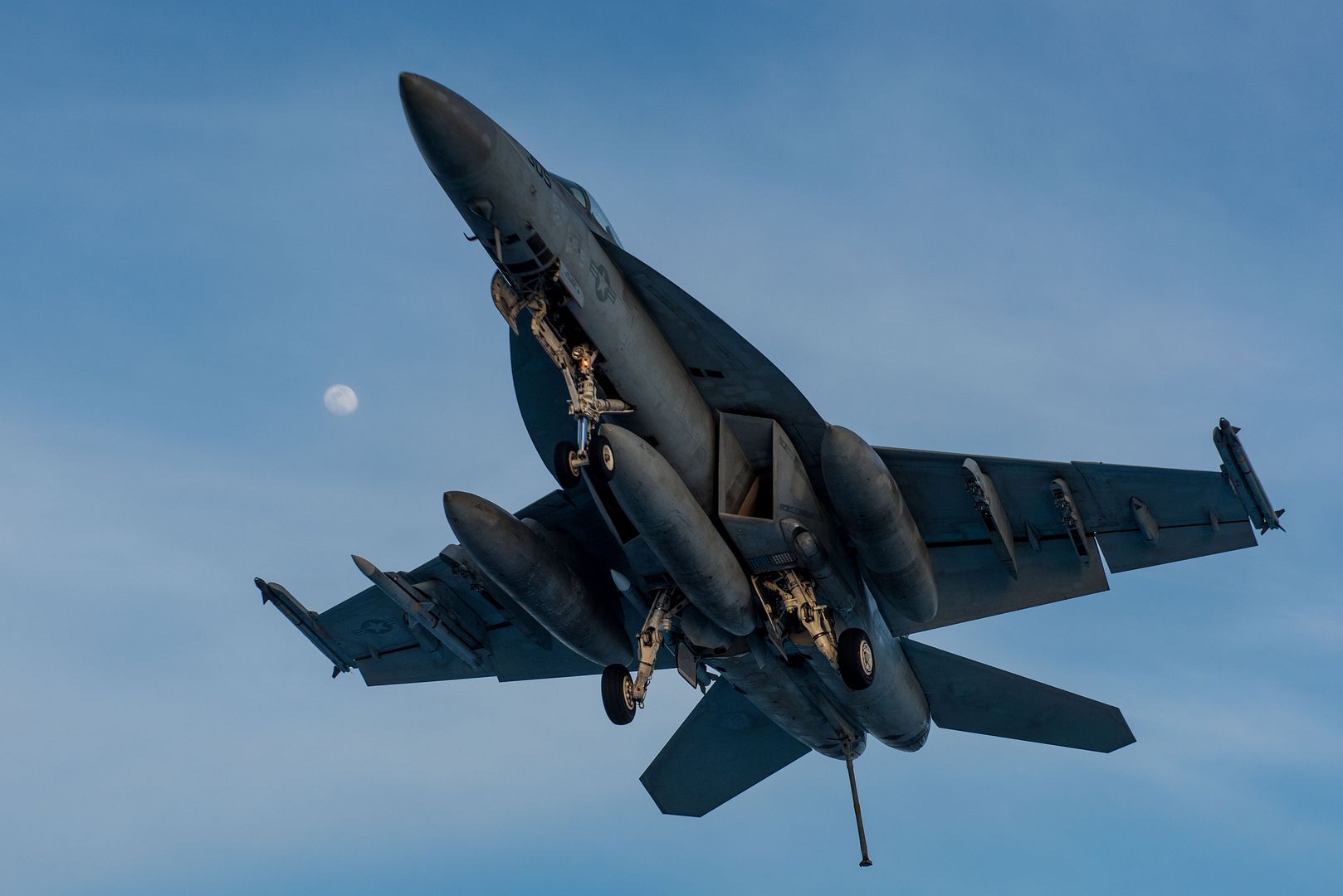
PHILADELPHIA, Pa., June 27, 2018 ? Boeing [NYSE: BA] and the U.S. Army celebrated a major CH-47F Block II program milestone with the loading of the first engineering and manufacturing development (EMD) helicopter into final assembly on June 27.
?The CH-47F Block II represents tomorrow?s heavy lift readiness for the United States Army and her allied partners,? said Col. Greg Fortier, U.S. Army project manager for Cargo Helicopters. ?Whether it is increasing total payload, improving the transmission, advancing the Chinook rotor blade, or setting the conditions for supervised autonomous flight, this aircraft provides ground tactical commanders immense capability to win in the multi-domain battle.?
The contract to develop the next-generation Chinook for the U.S. Army conventional and Special Operations Forces was awarded to Boeing in July 2017. The Block II program incorporates several upgrades to increase lift capability, including Advanced Chinook Rotor Blades, an upgraded fuselage, new fuel system, and new drivetrain. These updates greatly increase the commonality between U.S. Army and allied fleets, thus reducing maintenance costs.
?Our progress from contract award to final assembly in less than a year is a direct result of the efficiency and reliability of the program,? said Chuck Dabundo, vice president, Boeing Cargo Helicopters and H-47 program manager. ?Block II upgrades will help keep Chinooks in operation for the U.S. Army into the 2060s.?
The first Block II aircraft is expected to be completed in 2019, with flight testing scheduled shortly thereafter. First delivery is expected in 2023. Eventually, the Army will upgrade more than 500 Chinooks to the new configuration.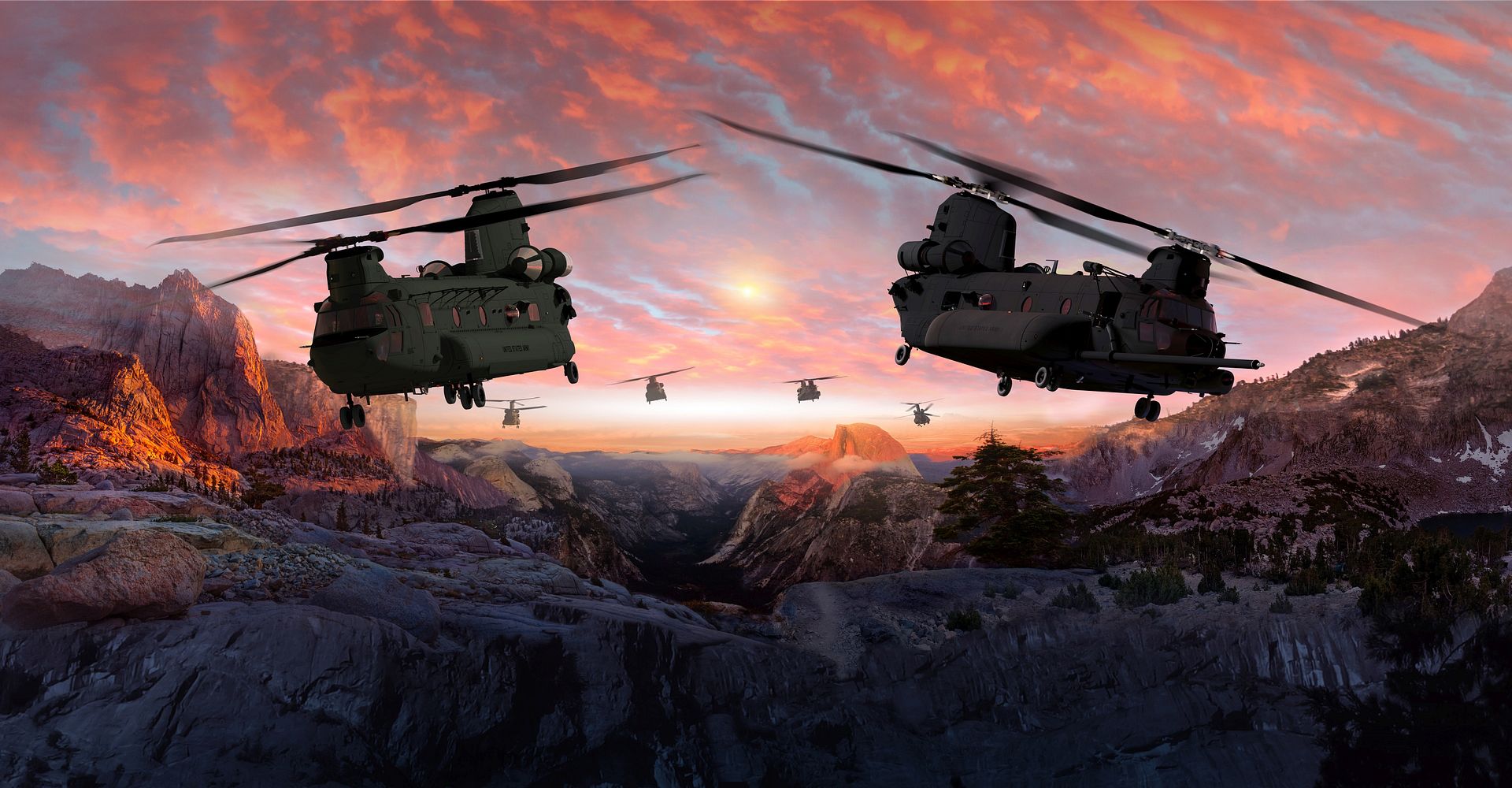
Boeing debuts first passenger-carrying hypersonic vehicle concept
June 26, 2018 in Technology
Building the future at Boeing requires looking decades ahead at what could be possible, and innovating now to make it happen. That?s the impetus behind Boeing?s first passenger-carrying hypersonic concept that was debuted at the American Institute of Aeronautics and Astronautics conference in Atlanta this week.
The passenger concept could have military or commercial applications; this is just one of several hypersonic vehicle concepts spanning a wide range of potential applications company engineers are studying. Engineers are working companywide to develop enabling technology will position the company for the time when customers and markets are ready to reap the benefits of hypersonic flight.
?We?re excited about the potential of hypersonic technology to connect the world faster than ever before,? said Kevin Bowcutt, senior technical fellow and chief scientist of hypersonics. ?Boeing is building upon a foundation of six decades of work designing, developing and flying experimental hypersonic vehicles, which makes us the right company to lead the effort in bringing this technology to market in the future.?
Although Bowcutt can?t speculate when hypersonic flight for global travel will be a reality, he says it?s possible a hypersonic passenger vehicle could be airborne in 20 to 30 years.
The concept, along with other visions of Boeing?s future, will be on display at Farnborough Air show in July.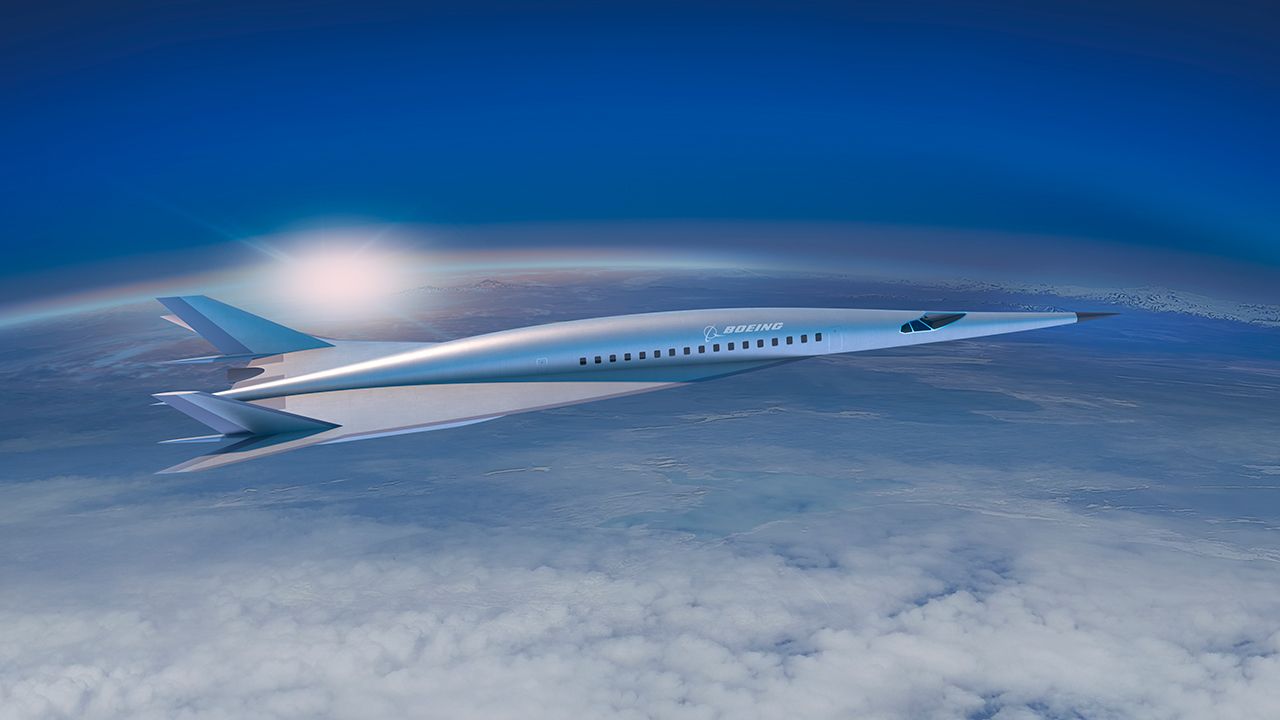
The first ACJ320neo has entered final assembly in Hamburg, Germany, marking the start of a new era in Airbus Corporate Jets.
Featuring the largest cabin in its class, the ACJ320neo is due to be delivered to Acropolis Aviation of the United Kingdom in the last quarter of 2018, together with a second aircraft, for Comlux of Switzerland.
More than 300 A320neo Family airliners are already flying with carriers around the world, but deliveries of corporate jet versions are only just beginning.
Like the airliner versions, the ACJ320neo Family features new-generation engines and Sharklets, which save around 15 percent in fuel and deliver a leap forward in range.
The resulting ACJ320neo can fly 25 passengers 6,000 nm/11,100 km or 13 hours ? enabling routes such as London to Beijing or Cape Town and Moscow to Los Angeles ? while the ACJ319neo can fly eight passengers 6,700 nm/12,500 km or 15 hours.
The hallmark of the ACJ320neo Family is a wider and taller cabin than that of traditional business jets, while having a similar ramp footprint and operating costs, and better residual value.
ACJ320neo Family differences from airliner variants include a cargo hold that is reinforced to carry additional centre tanks (ACTs) for intercontinental range, built-in airstairs for airport autonomy, and a lower cabin altitude for passenger comfort.
Orders for the ACJ320neo Family now total nine aircraft, comprising three ACJ319neo and six ACJ320neo aircraft.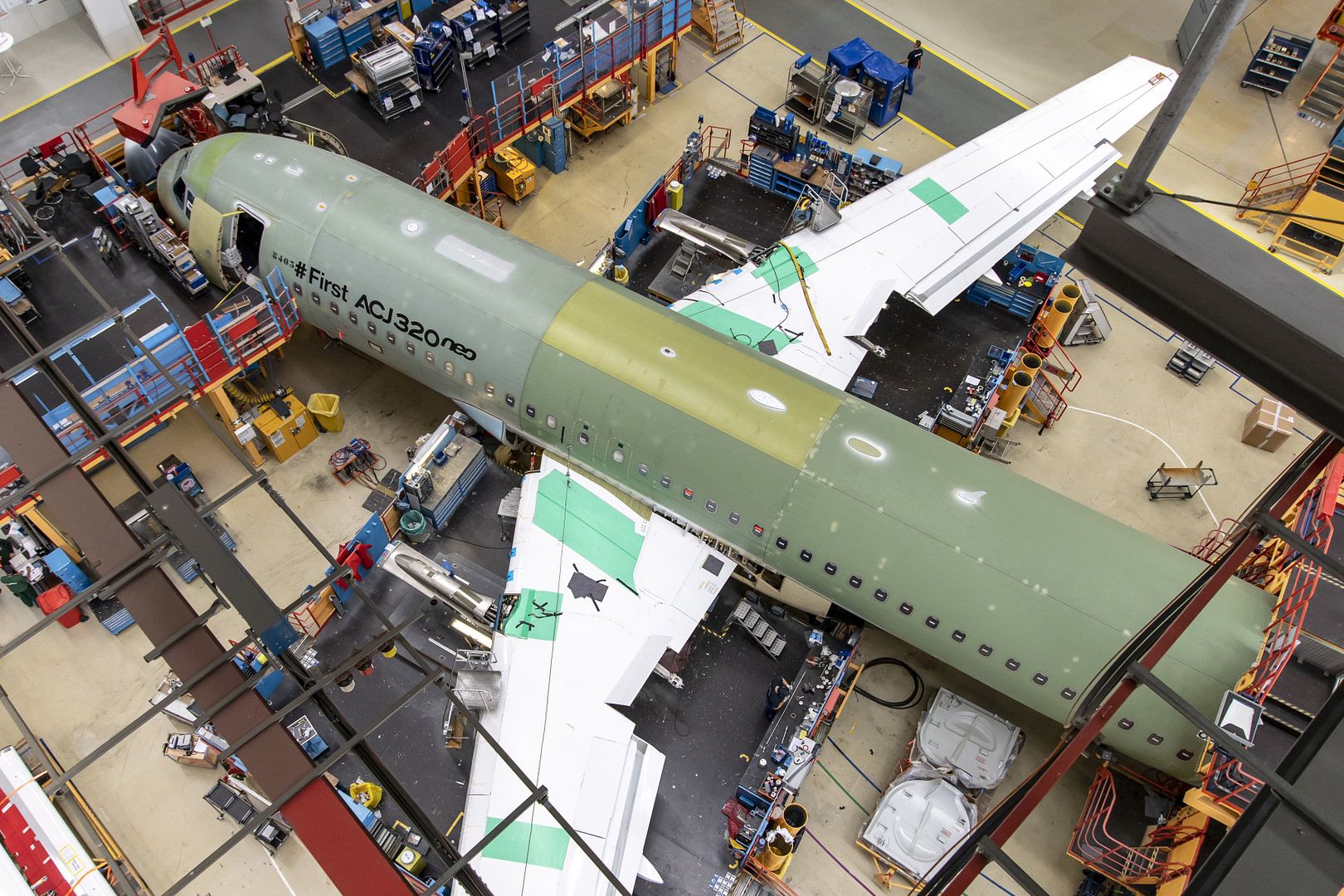
Post a reply
- Go to Next topic
- Go to Welcome
- Go to Introduce Yourself
- Go to General Discussion
- Go to Screenshots, Images and Videos
- Go to Off topic
- Go to Works in Progress
- Go to Skinning Tips / Tutorials
- Go to Skin Requests
- Go to IJAAF Library
- Go to Luftwaffe Library
- Go to RAF Library
- Go to USAAF / USN Library
- Go to Misc Library
- Go to The Ops Room
- Go to Made in Germany
- Go to Campaigns and Missions
- Go to Works in Progress
- Go to Juri's Air-Raid Shelter
- Go to Campaigns and Missions
- Go to Works in Progress
- Go to Skinpacks
- Go to External Projects Discussion
- Go to Books & Resources
